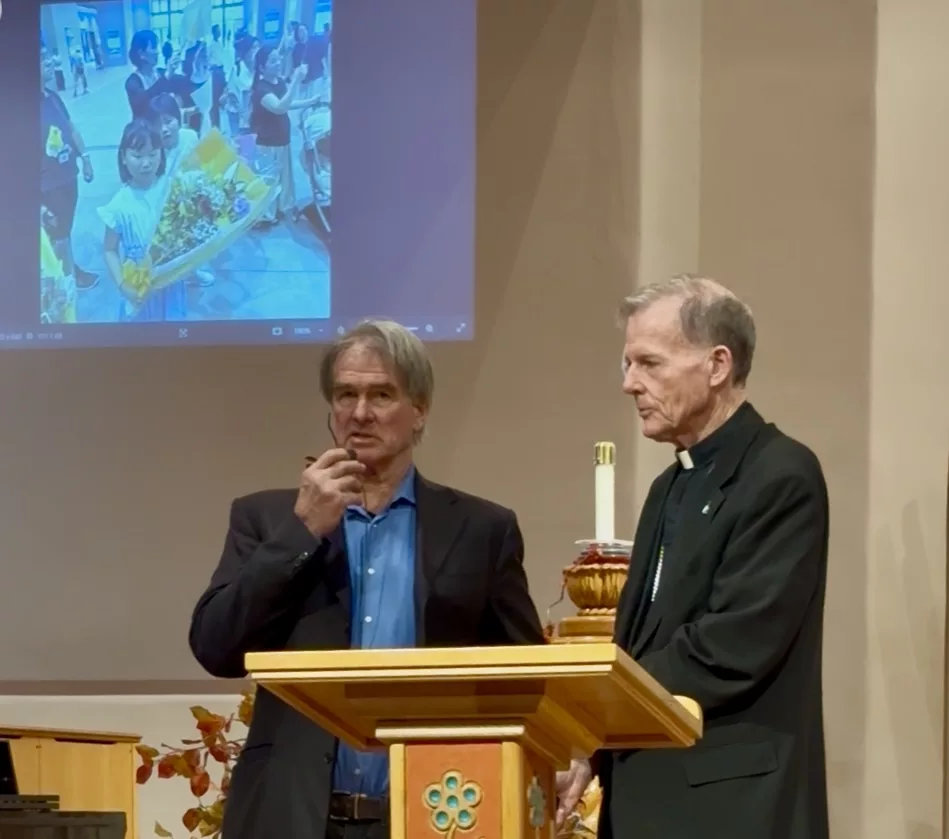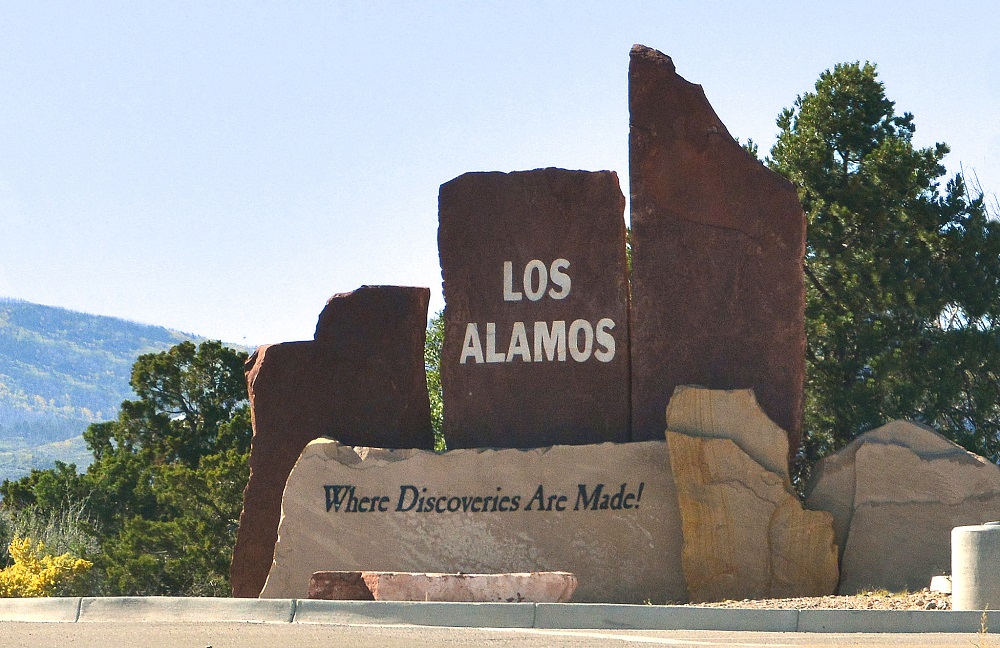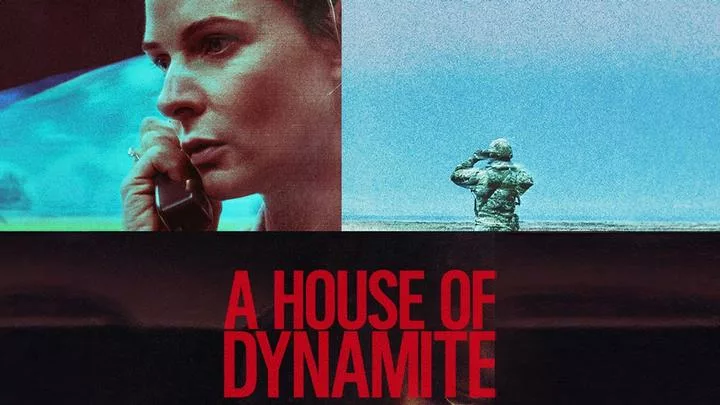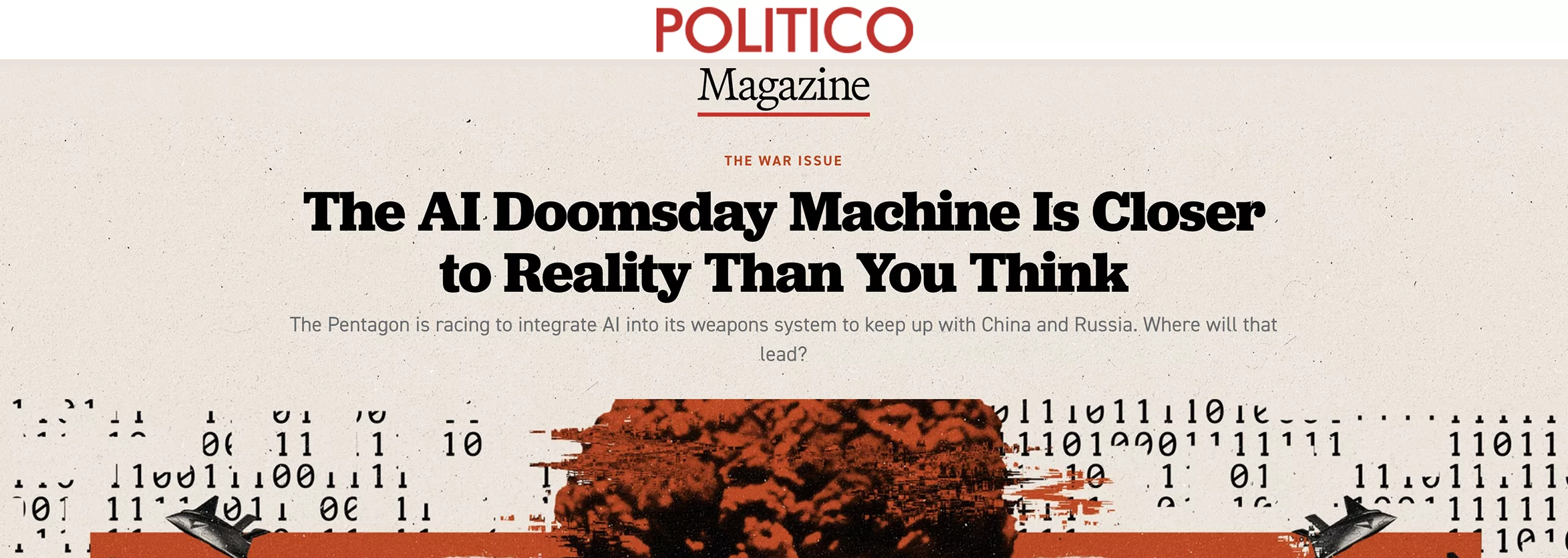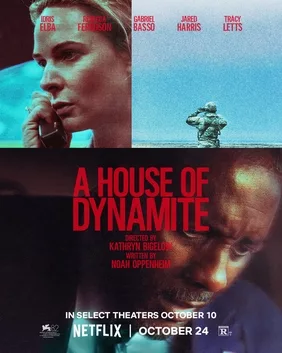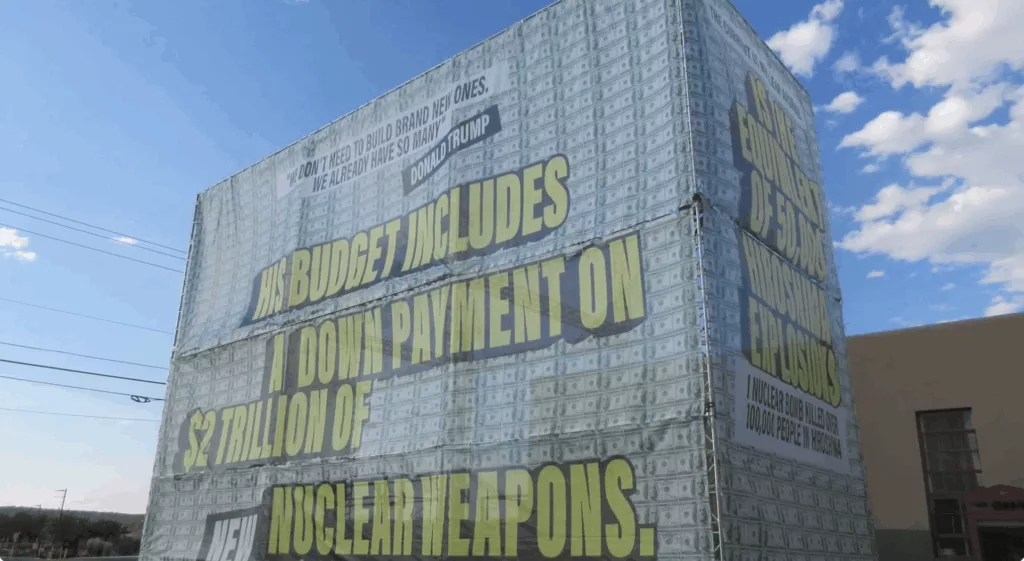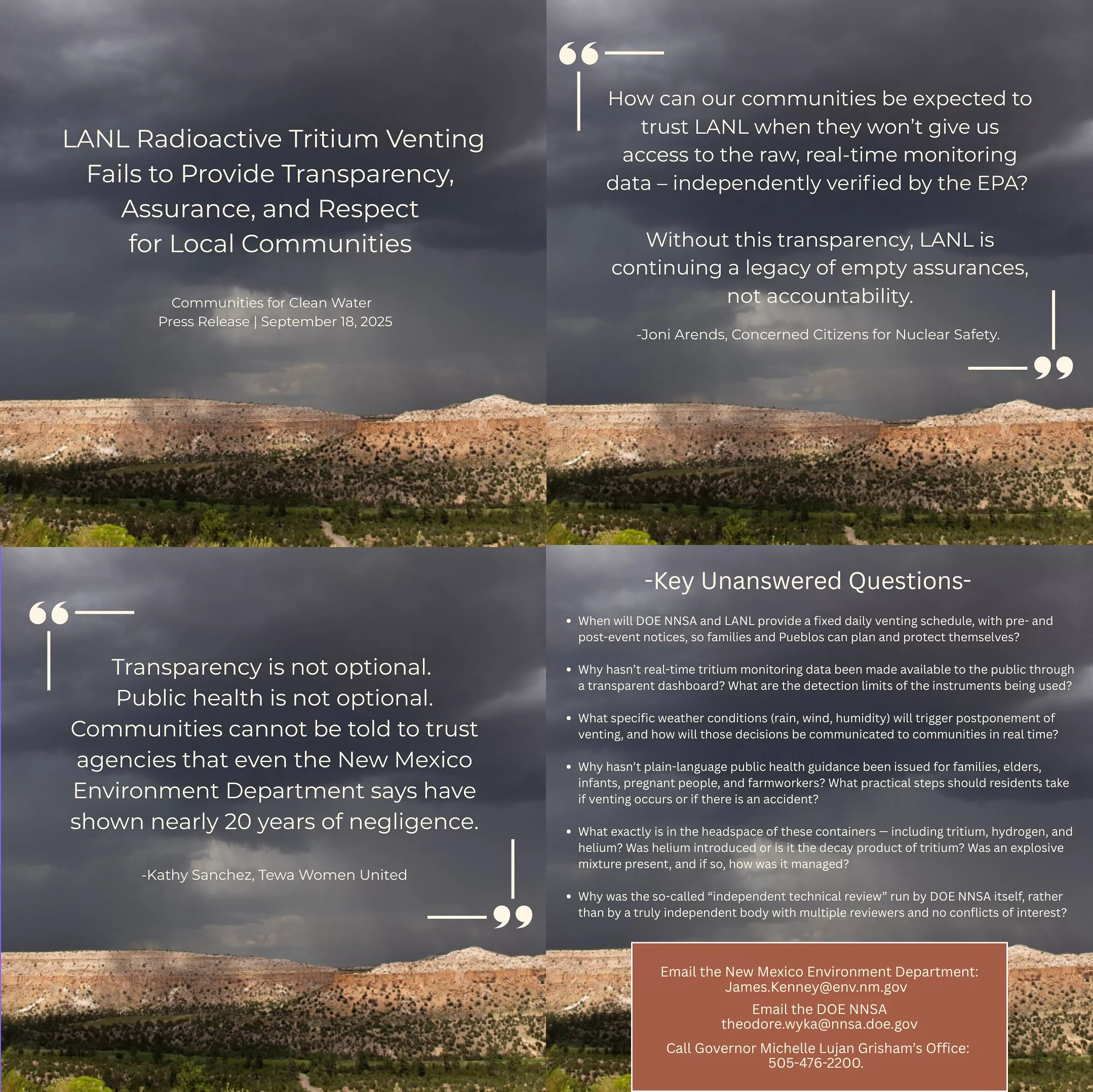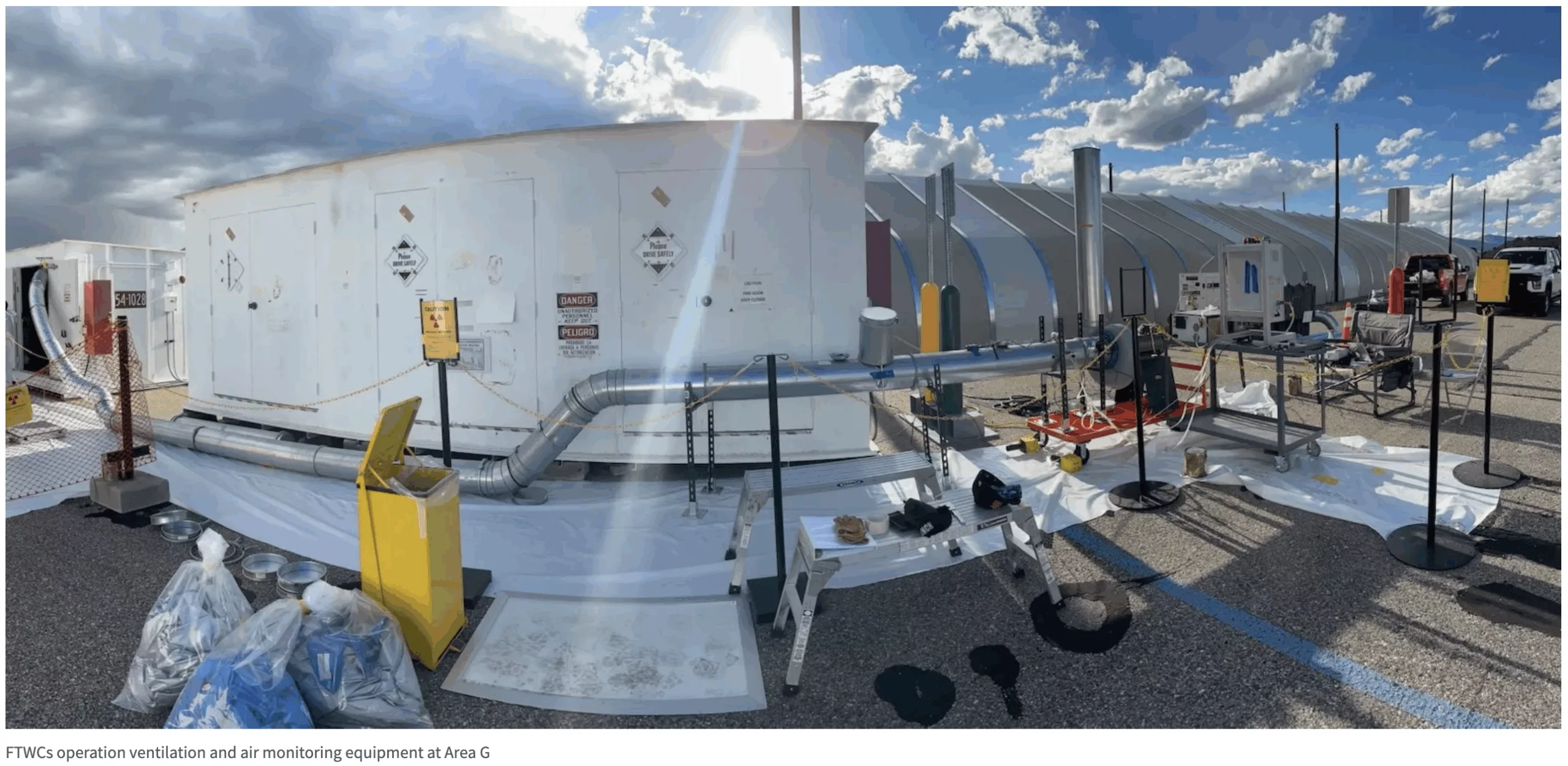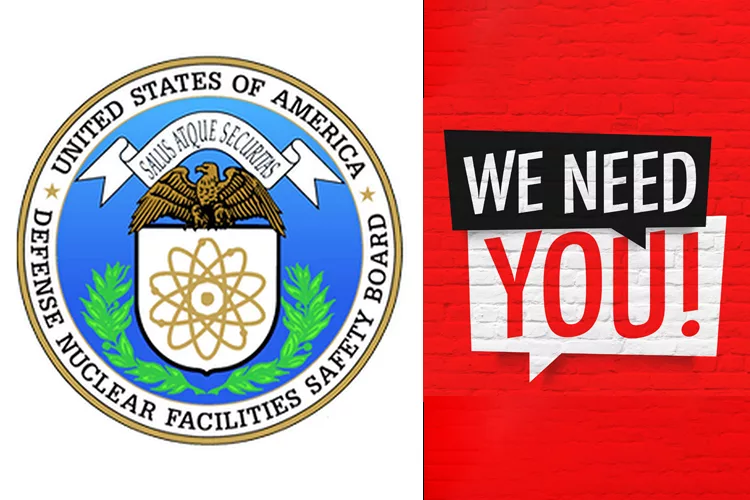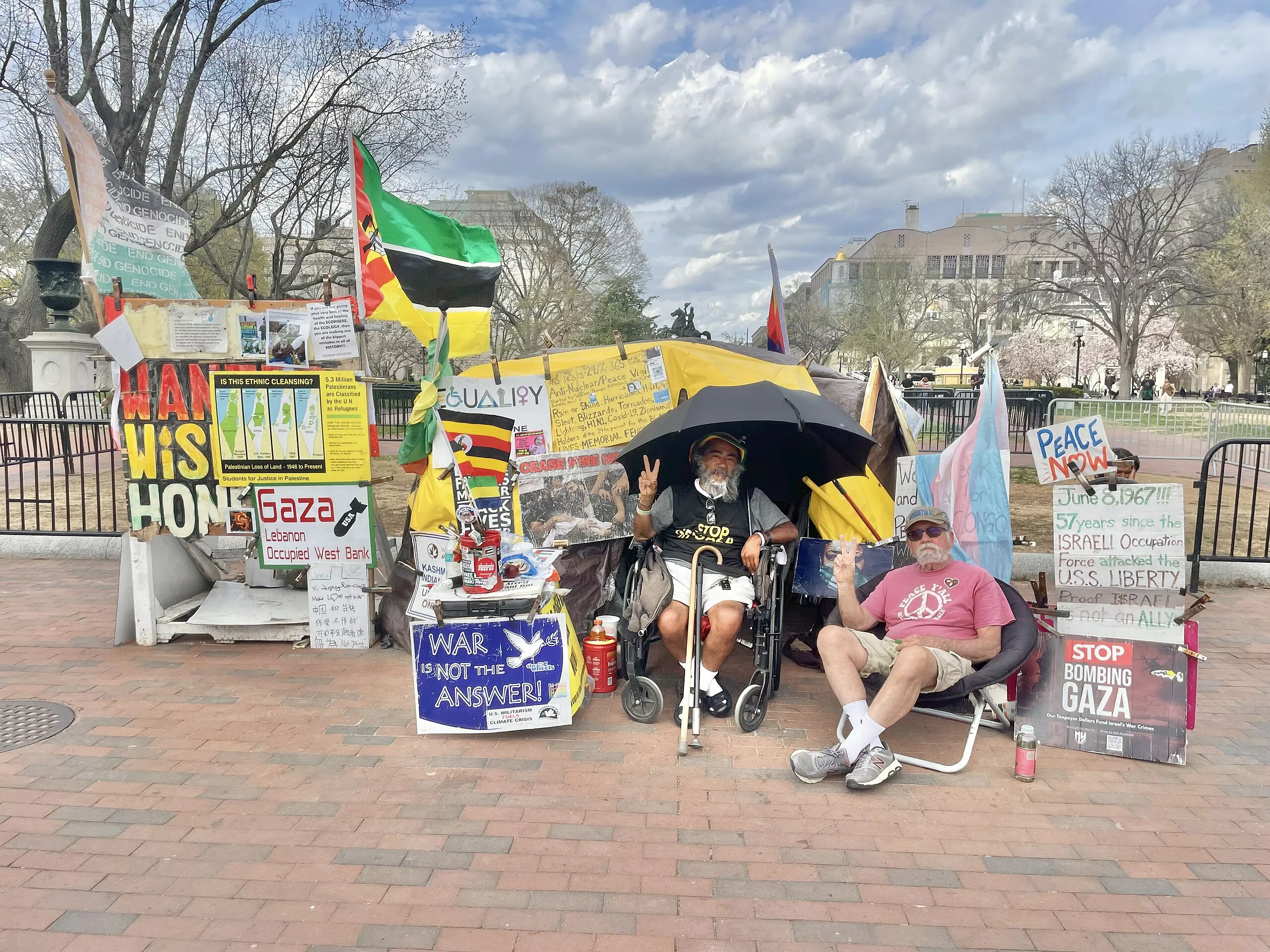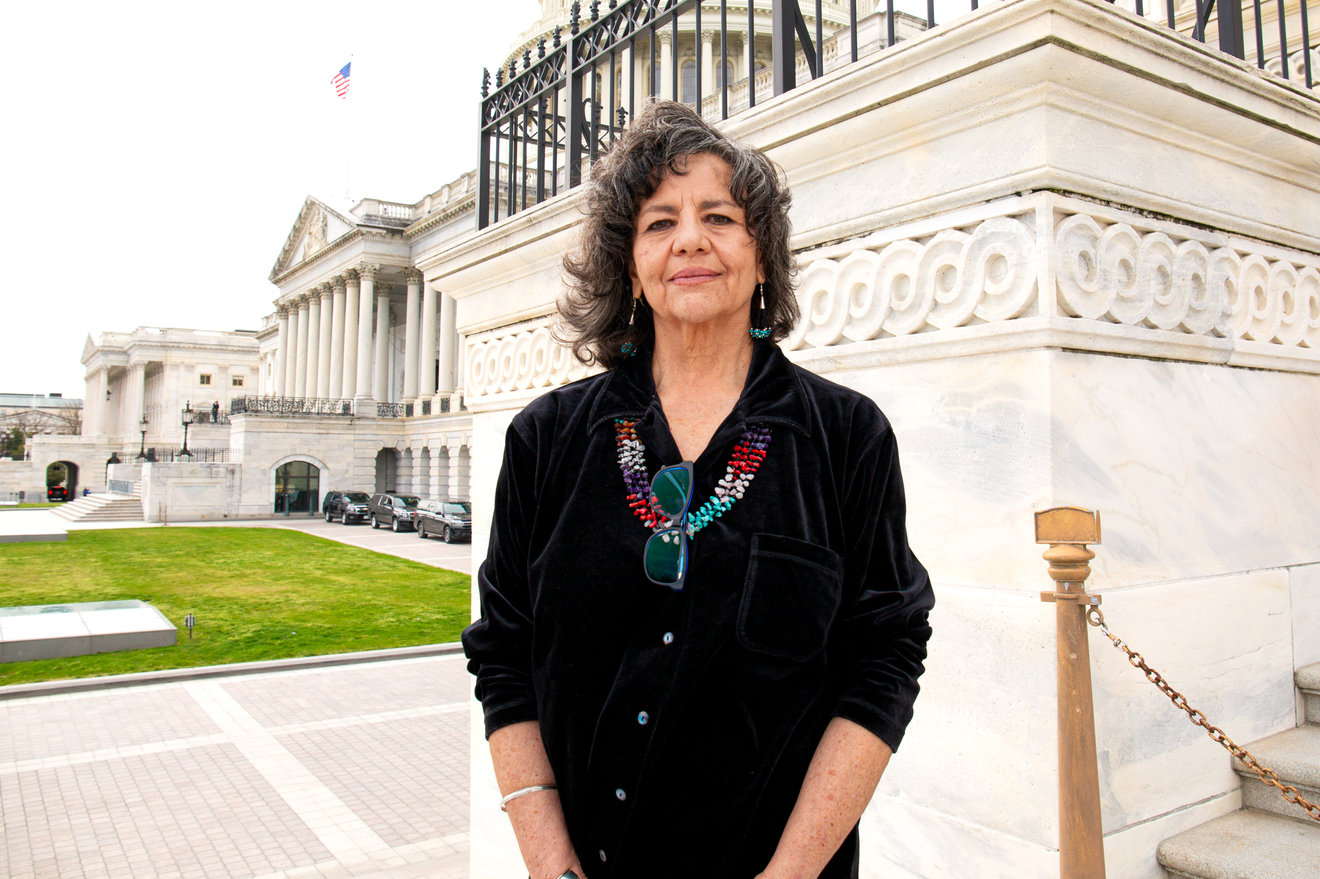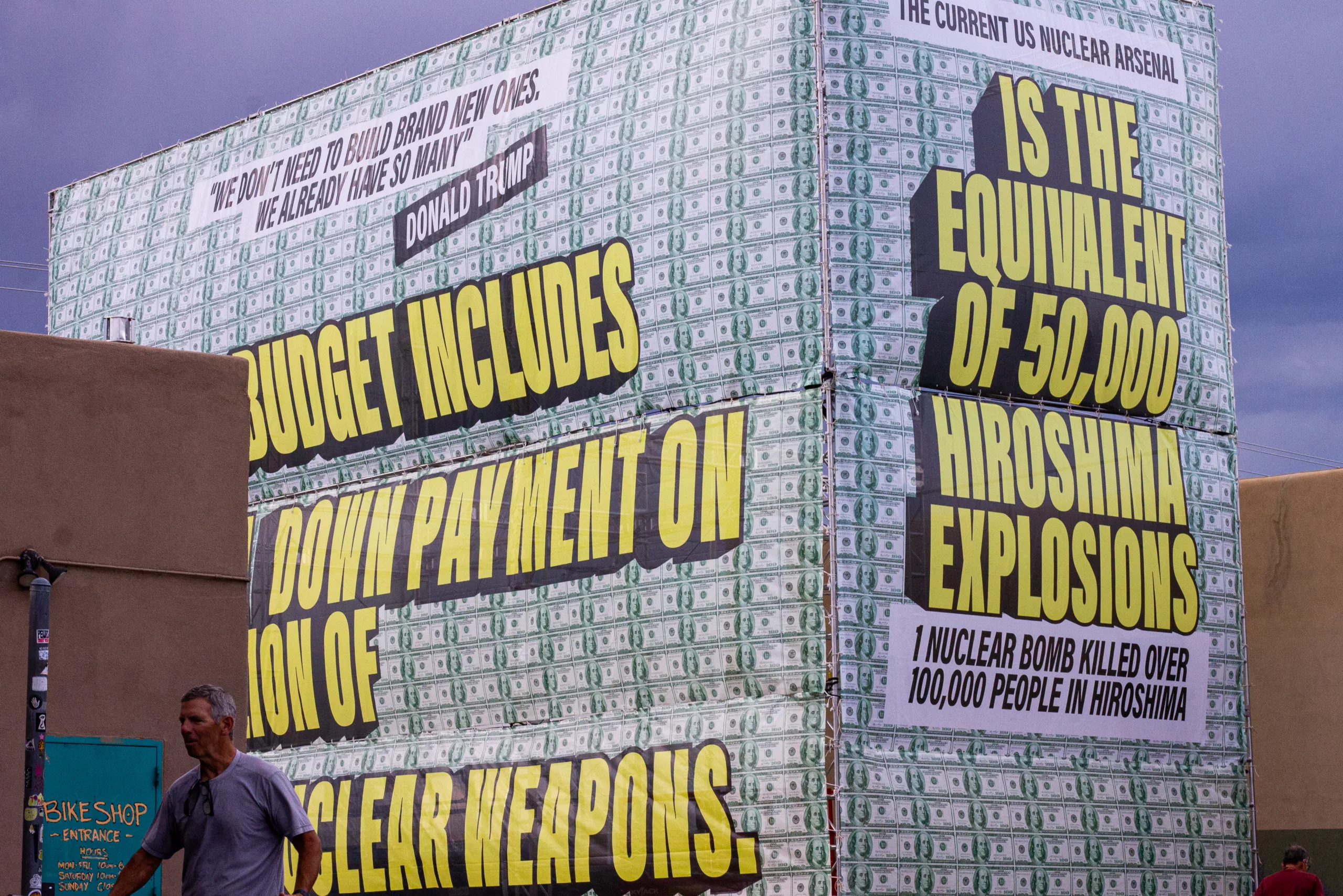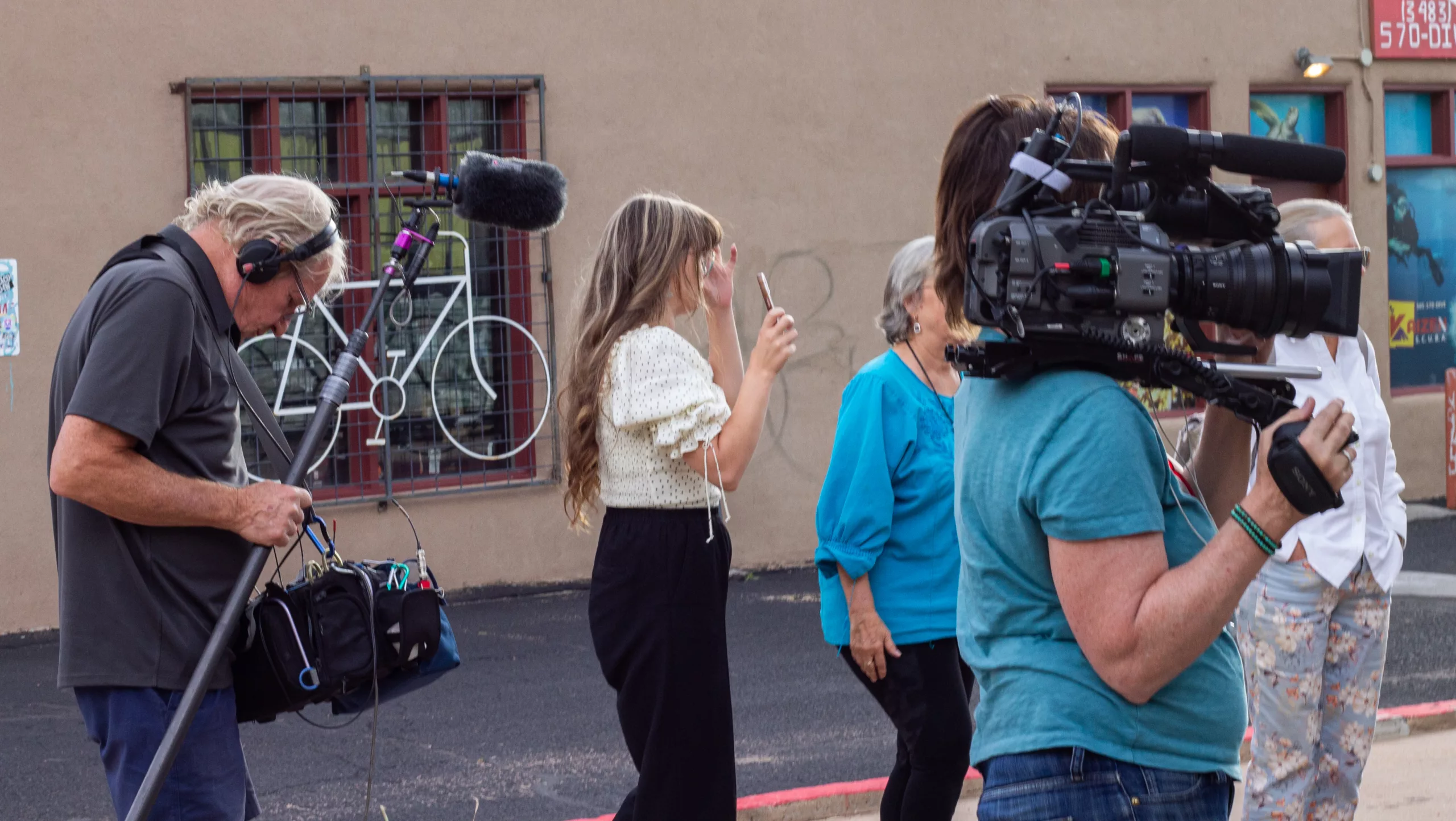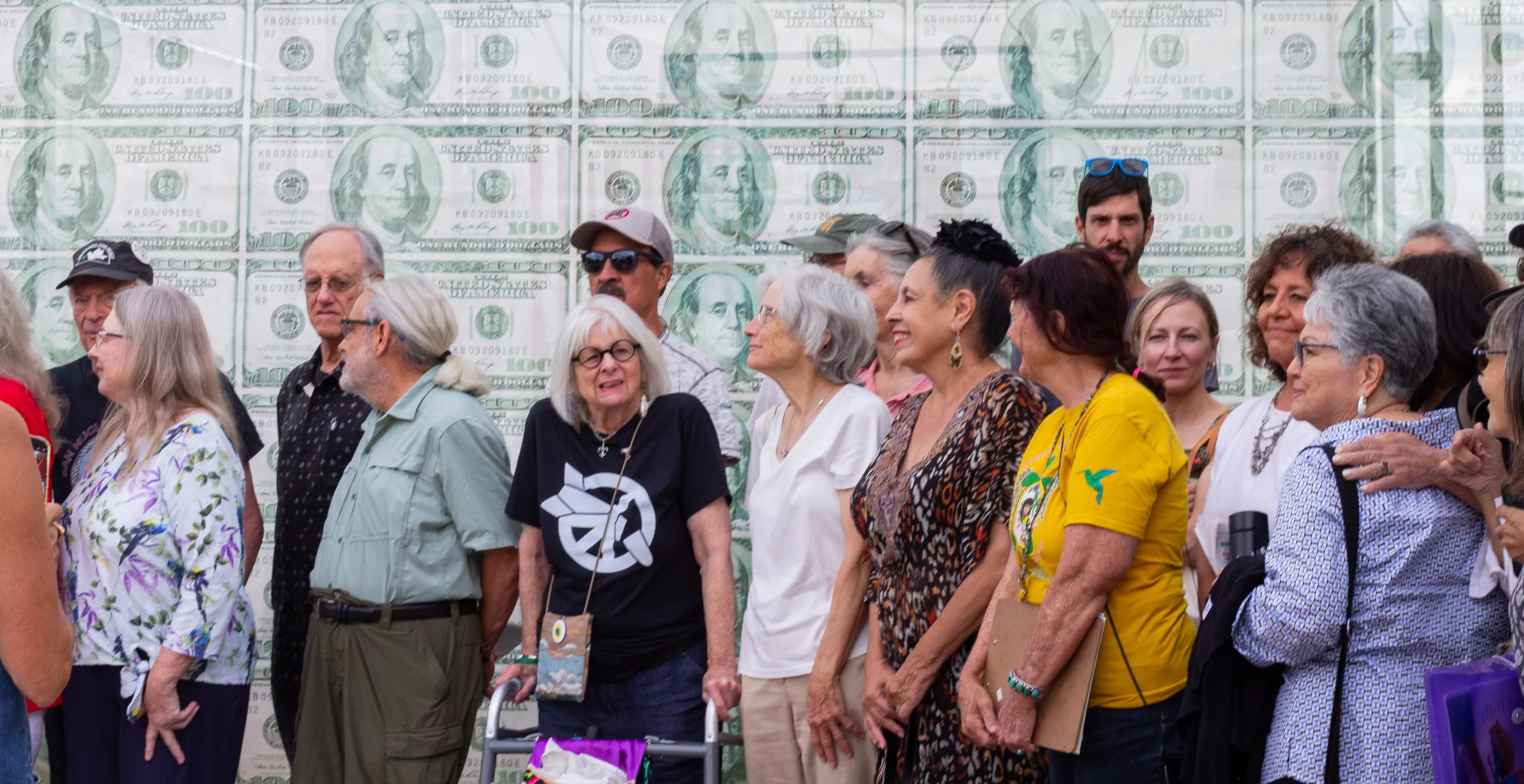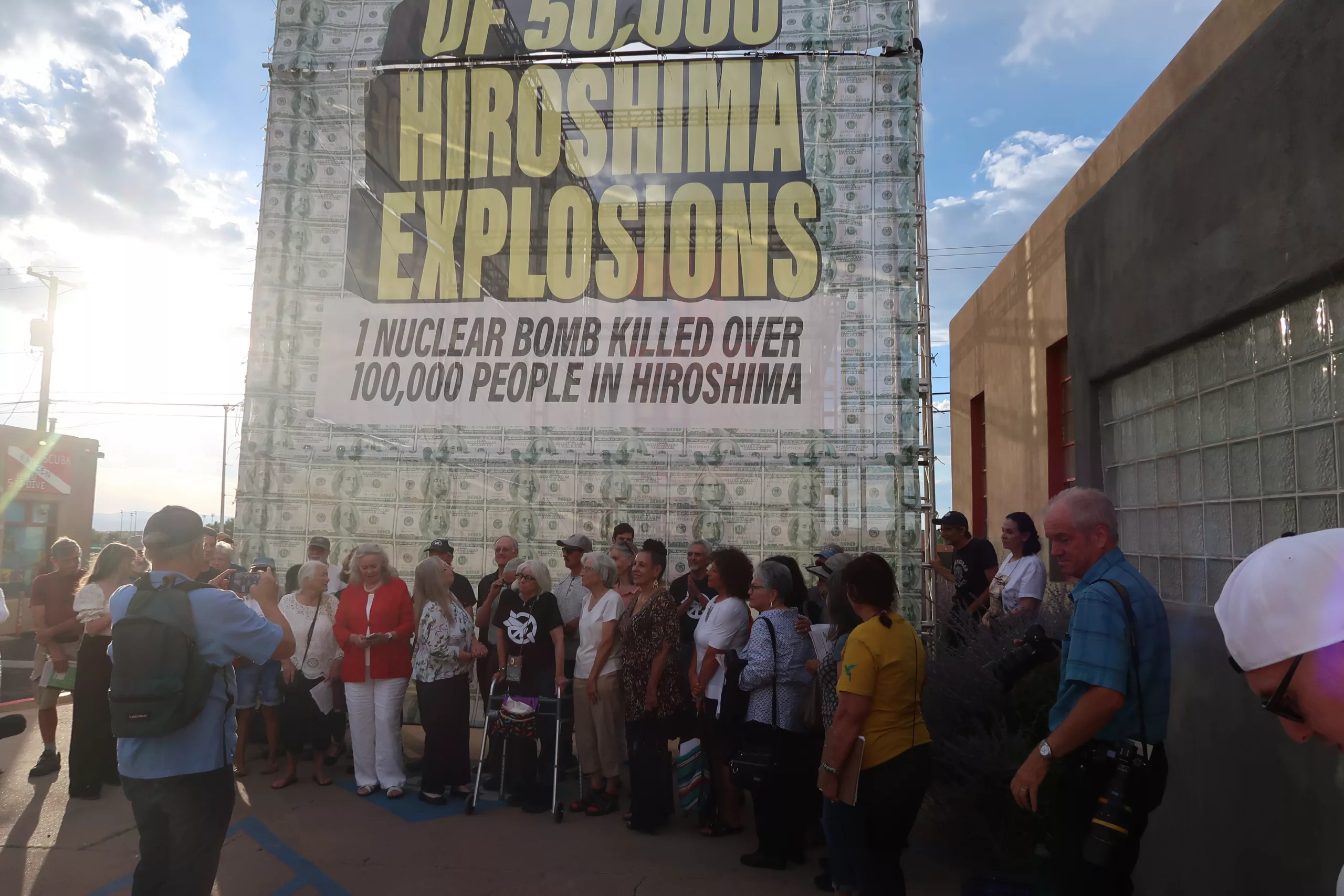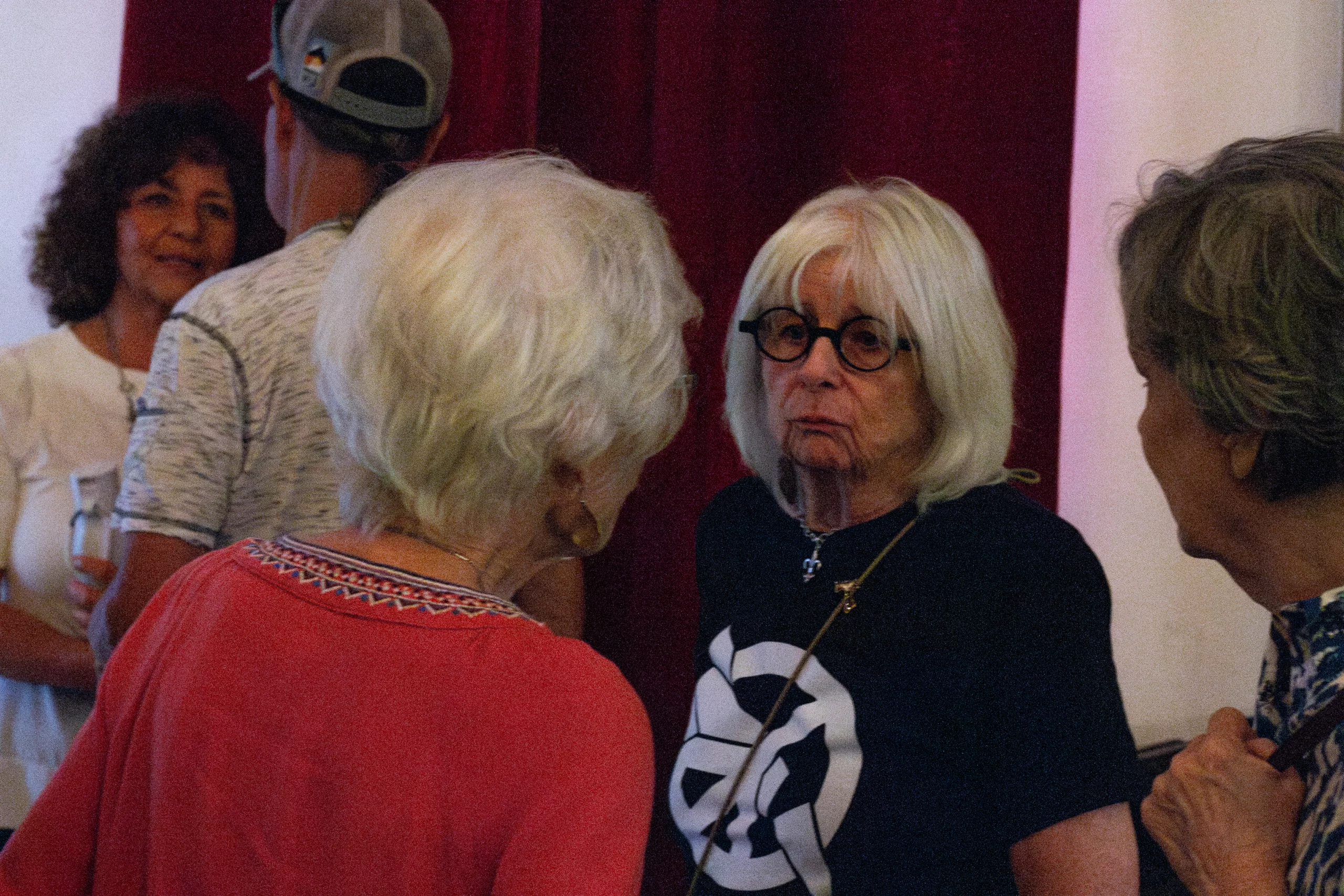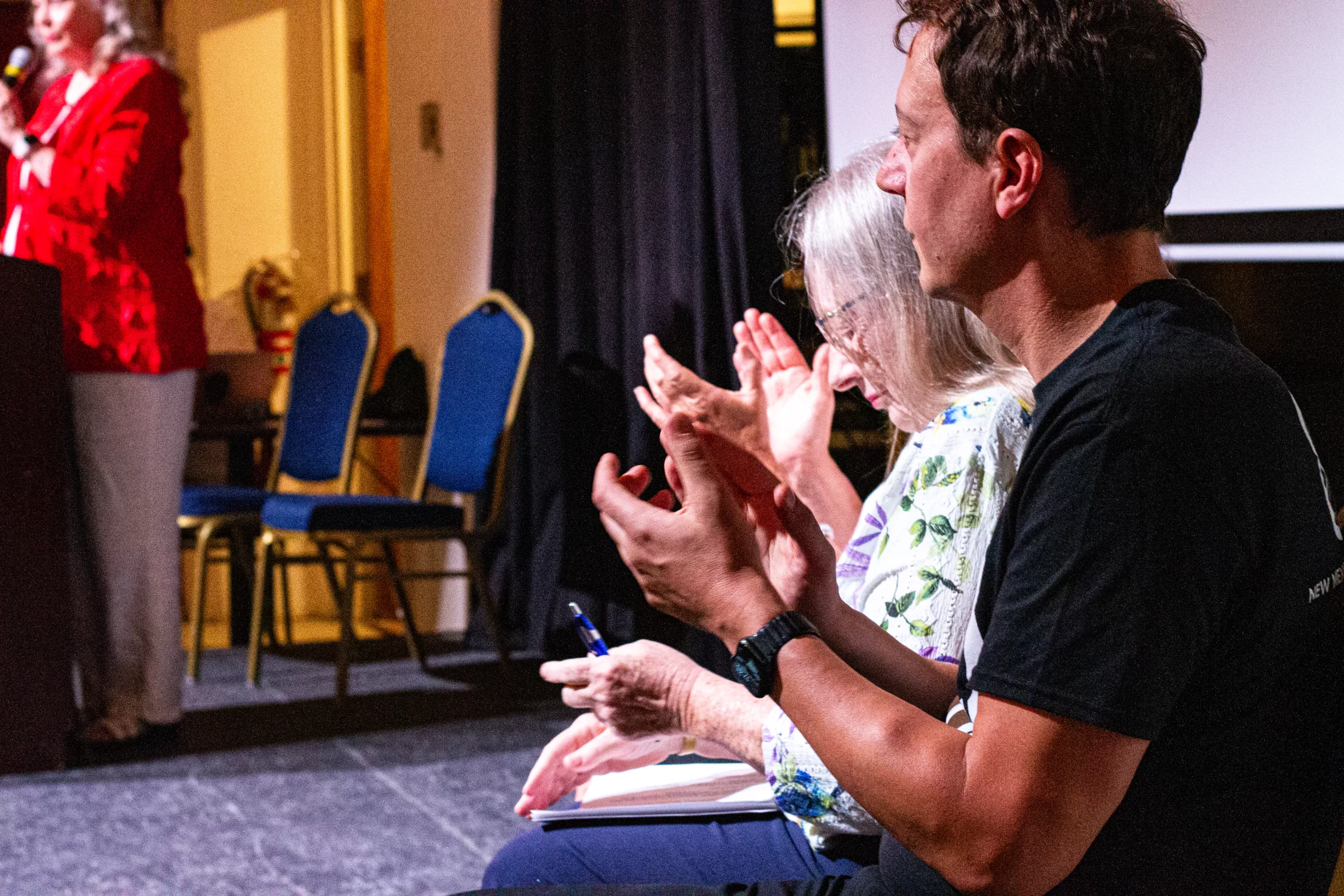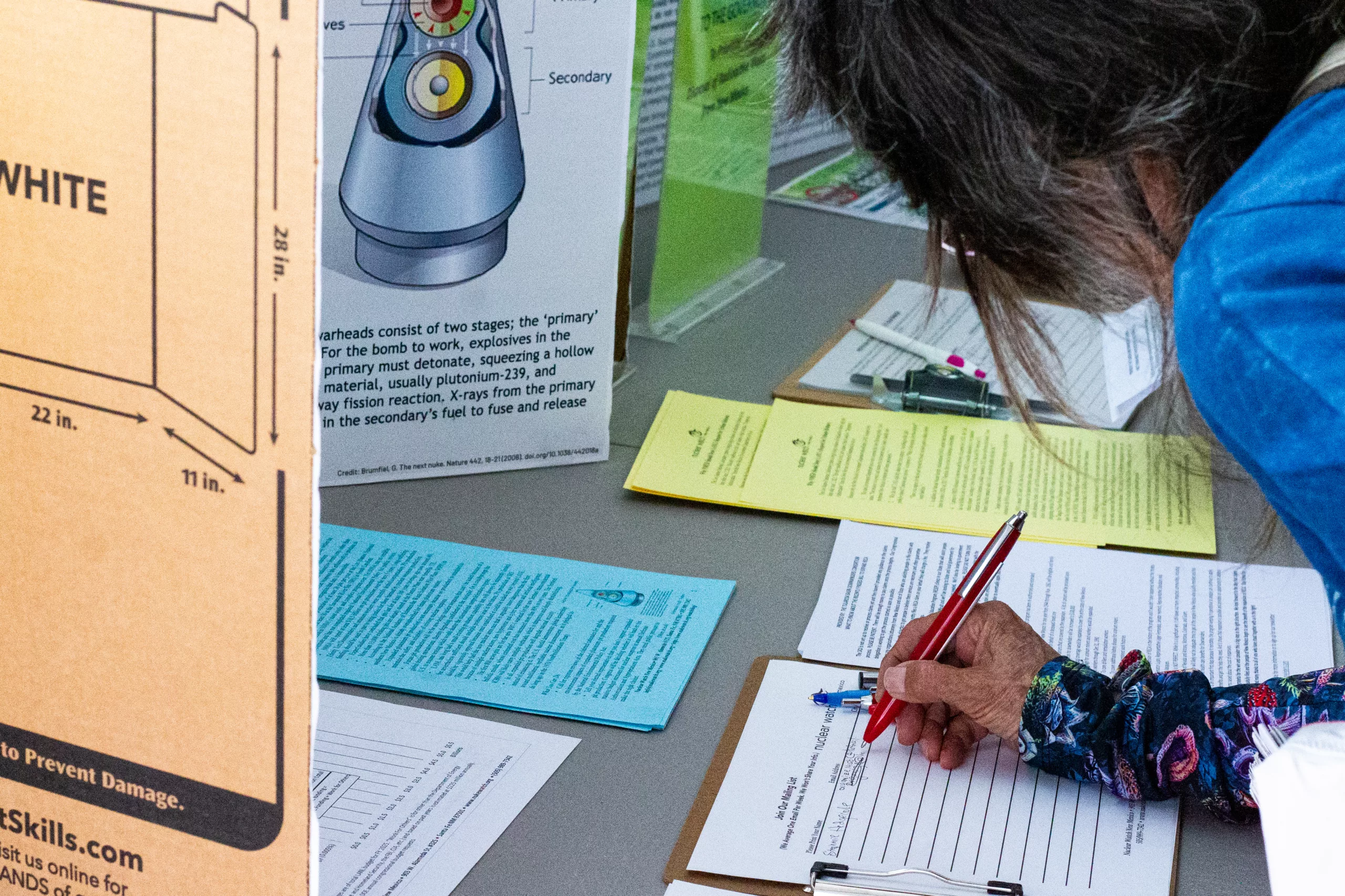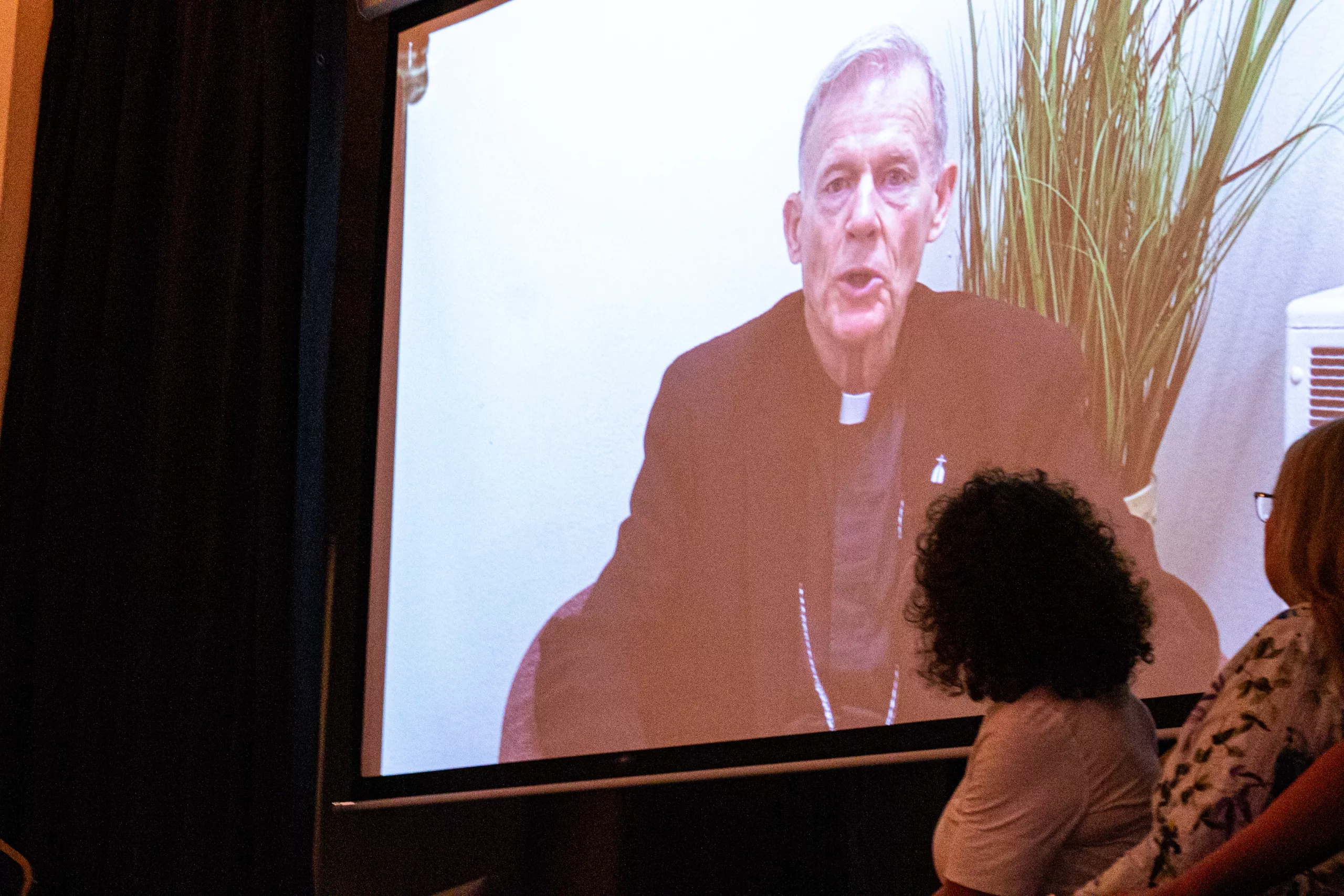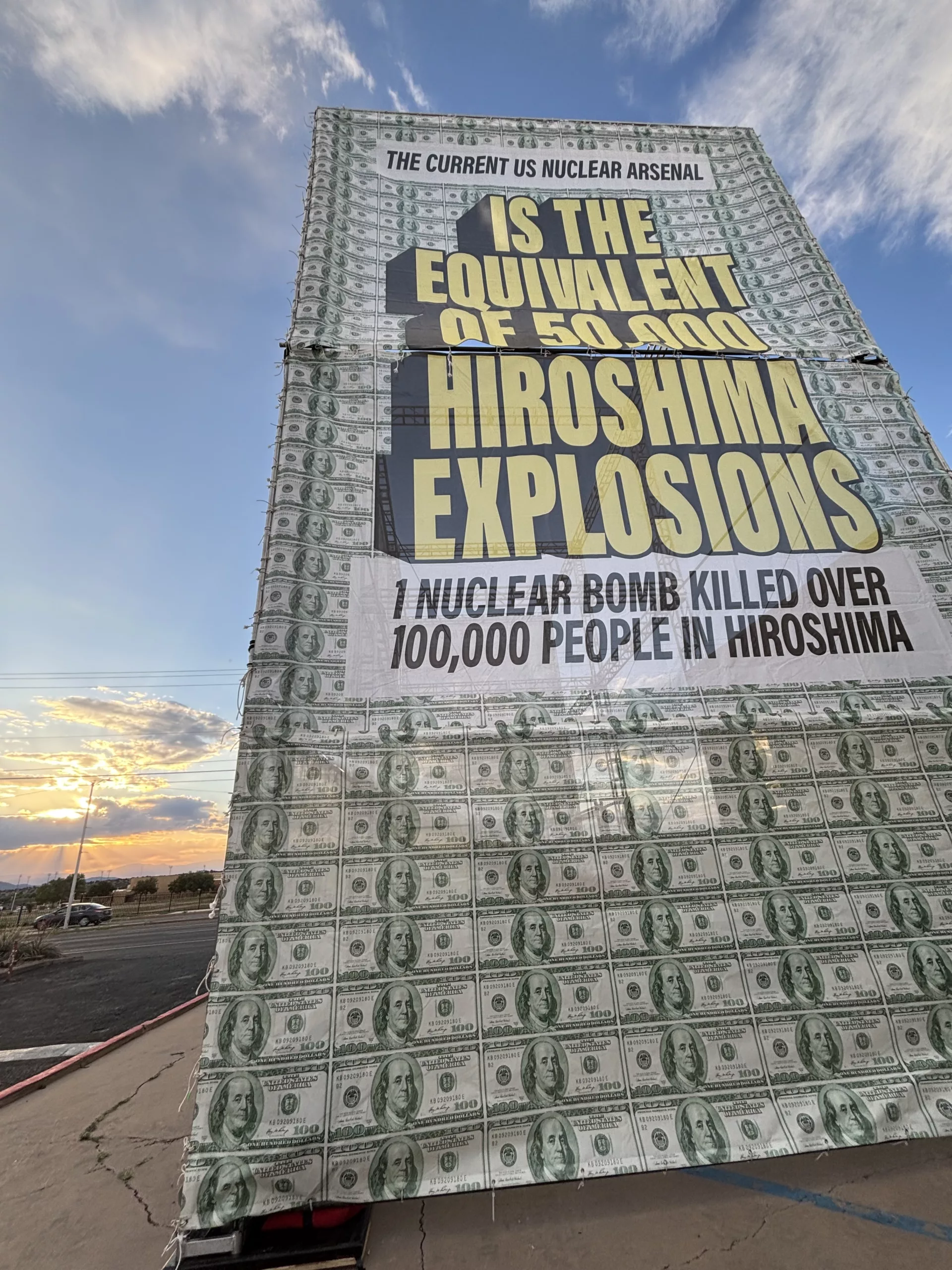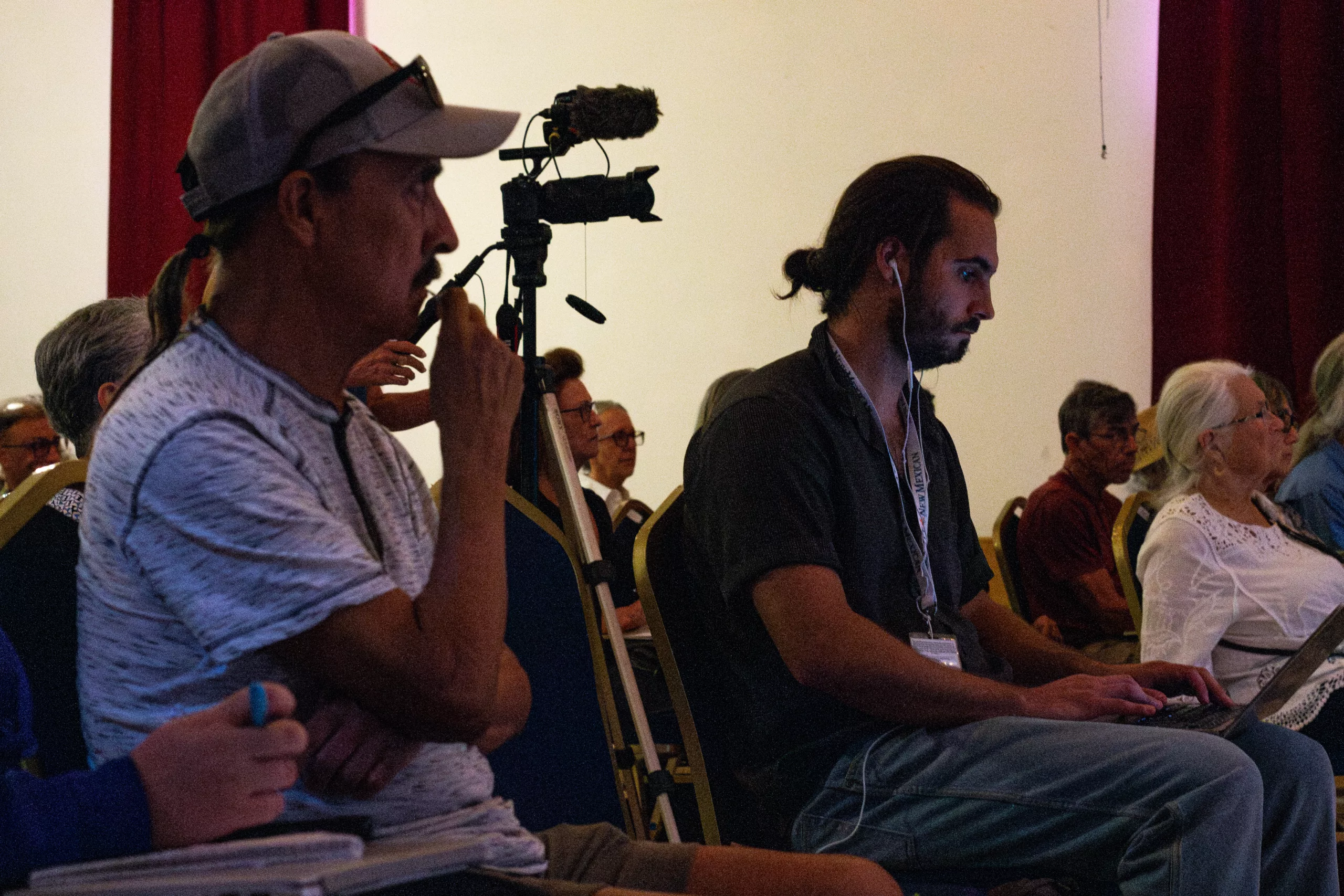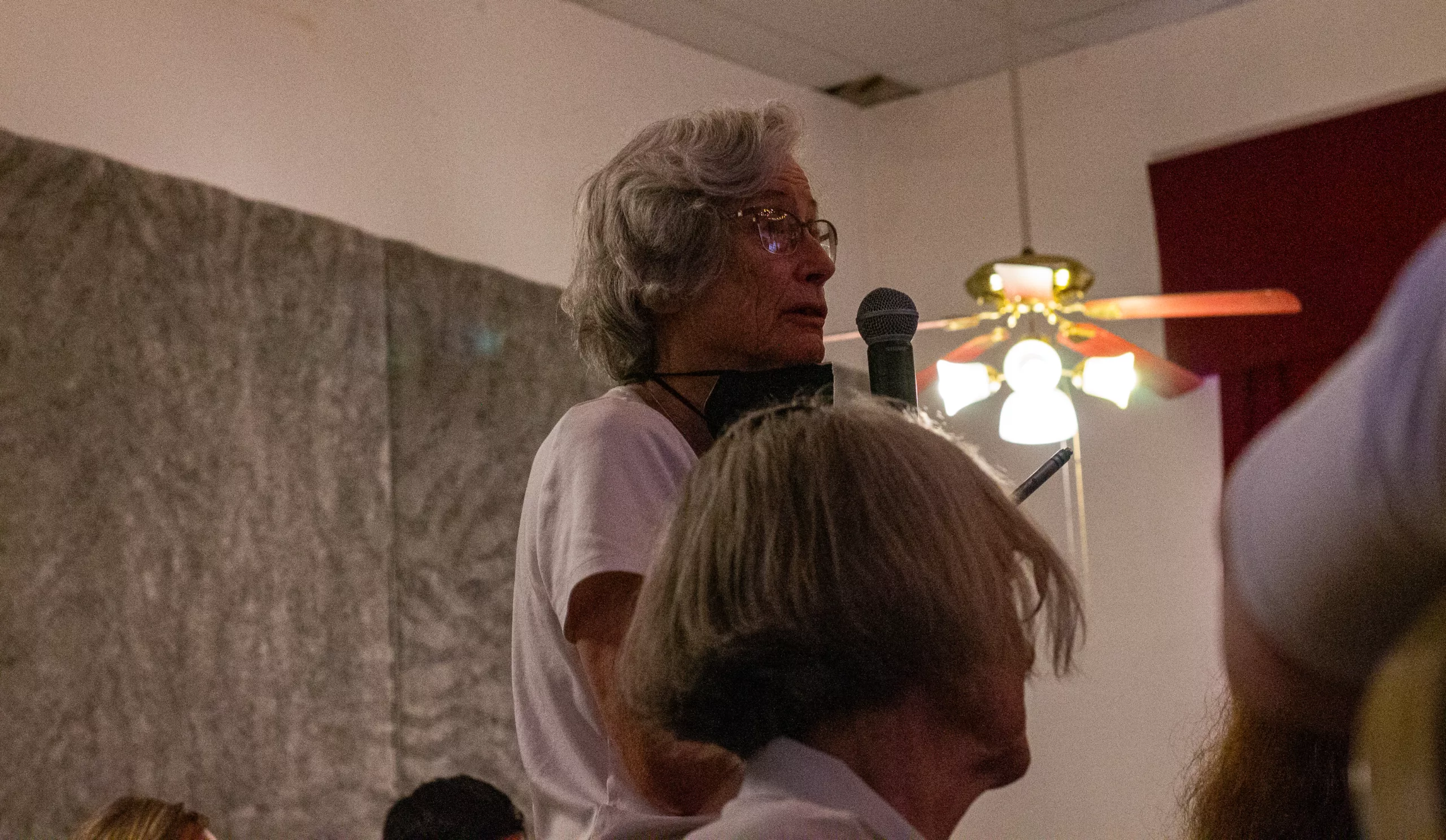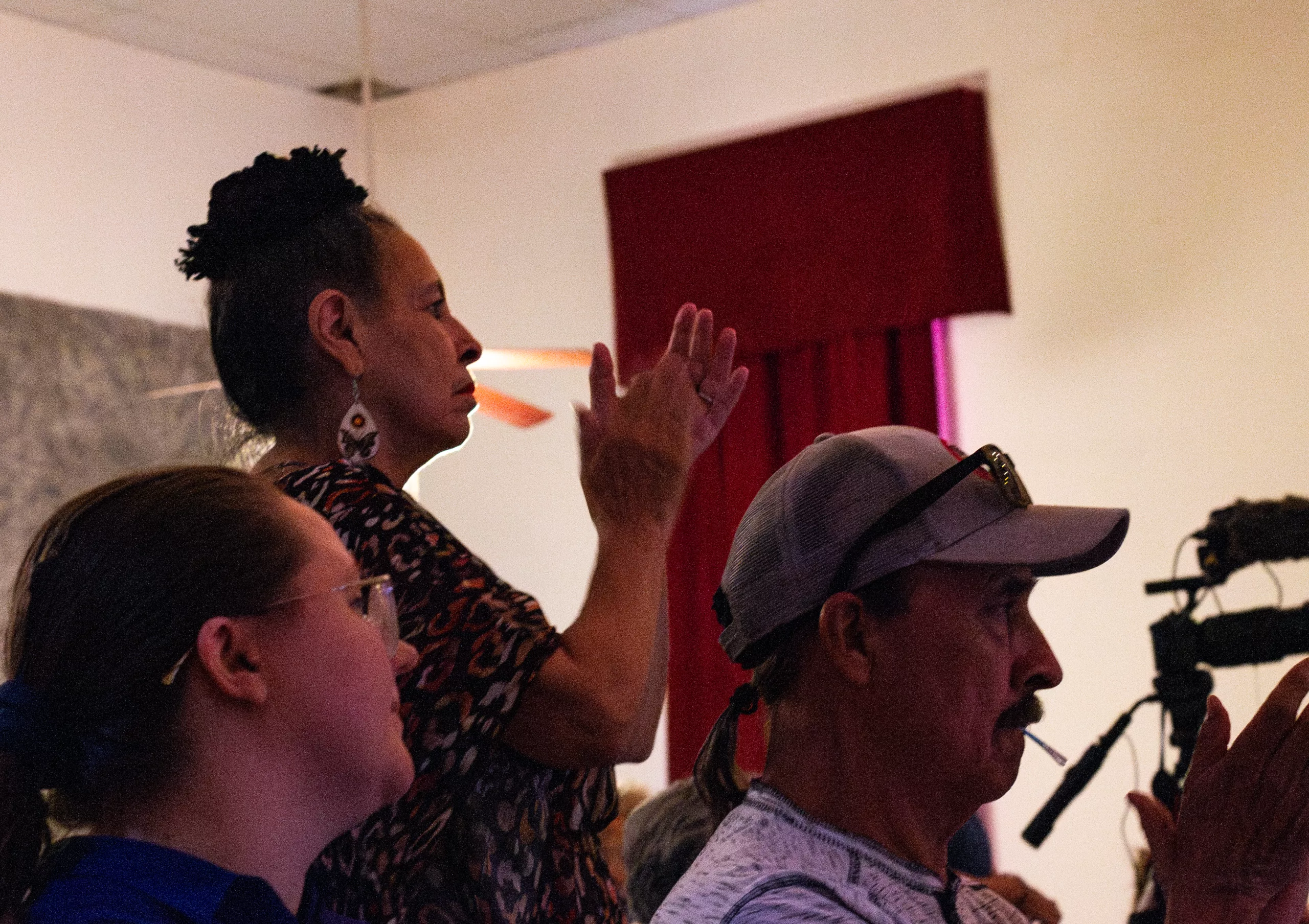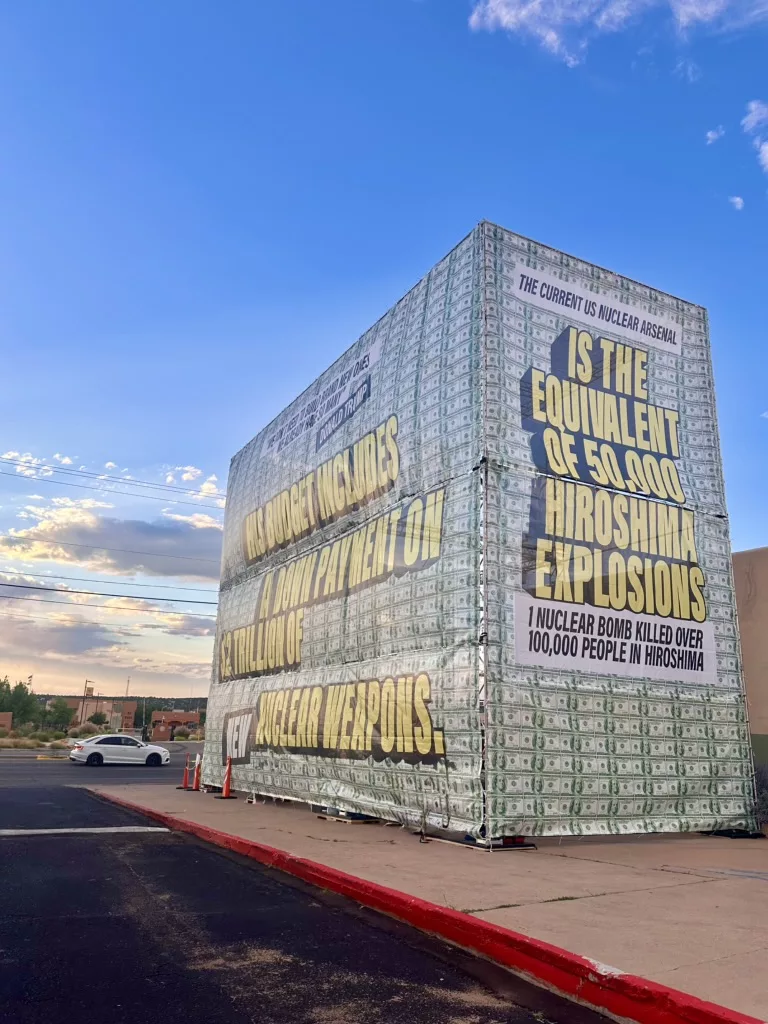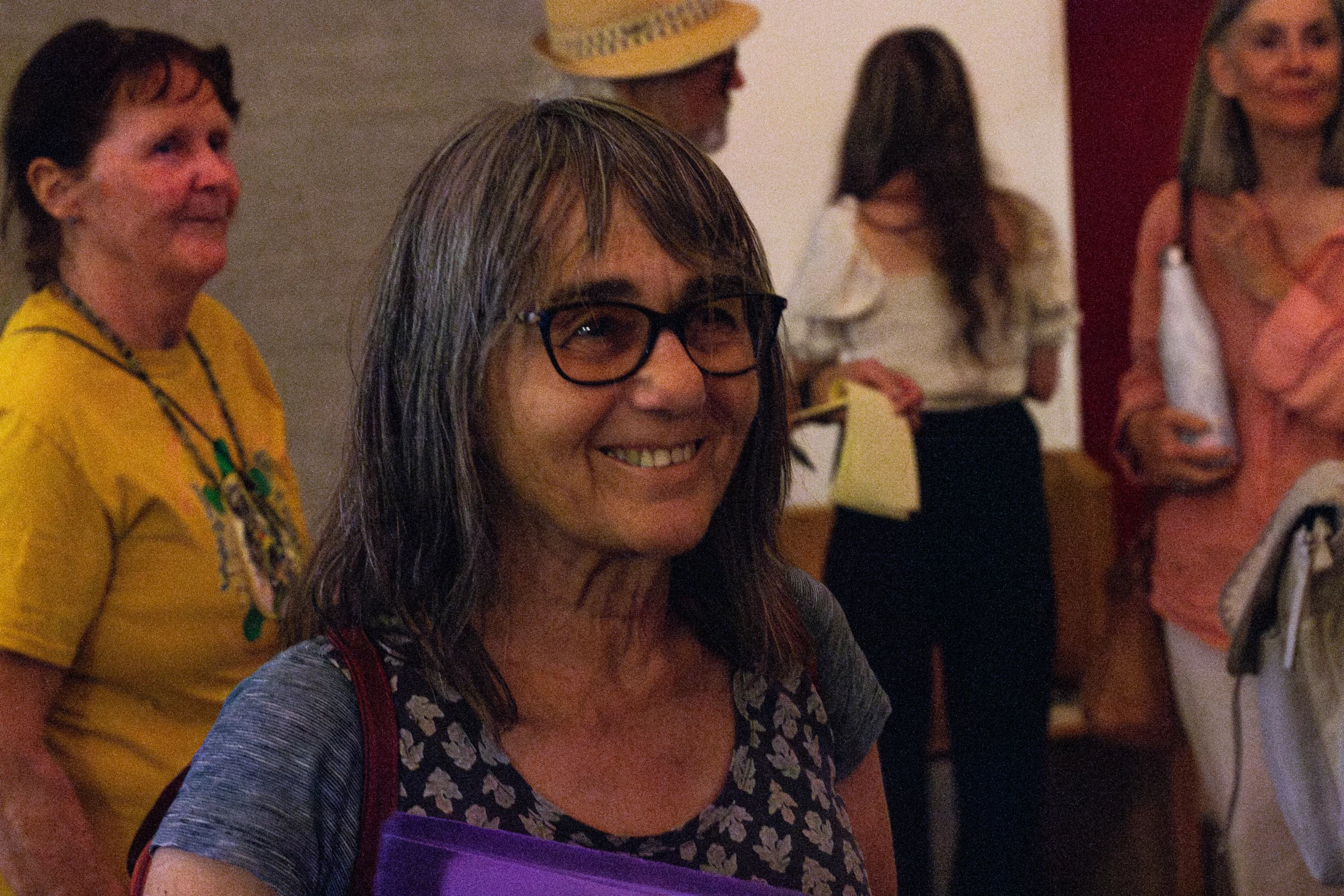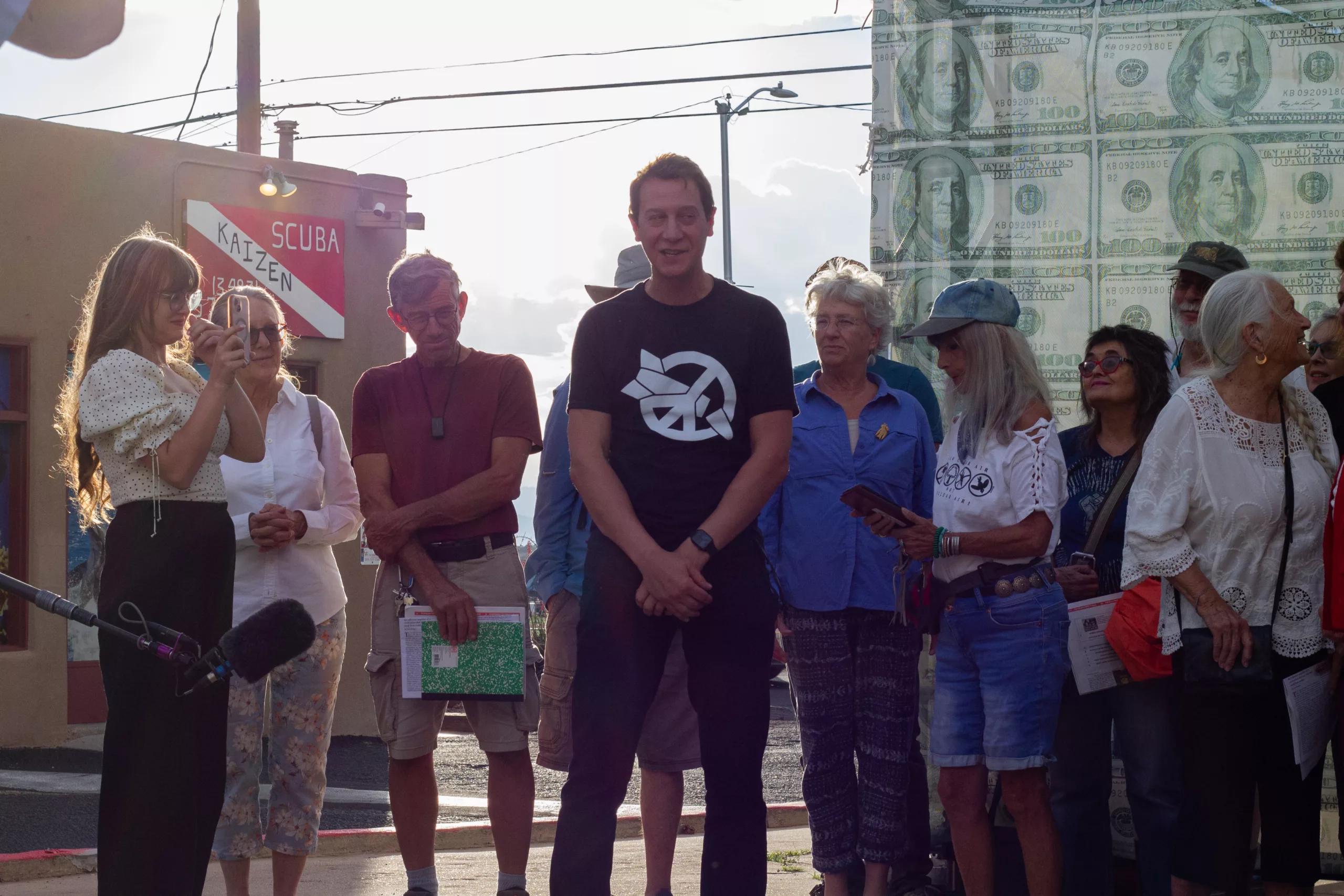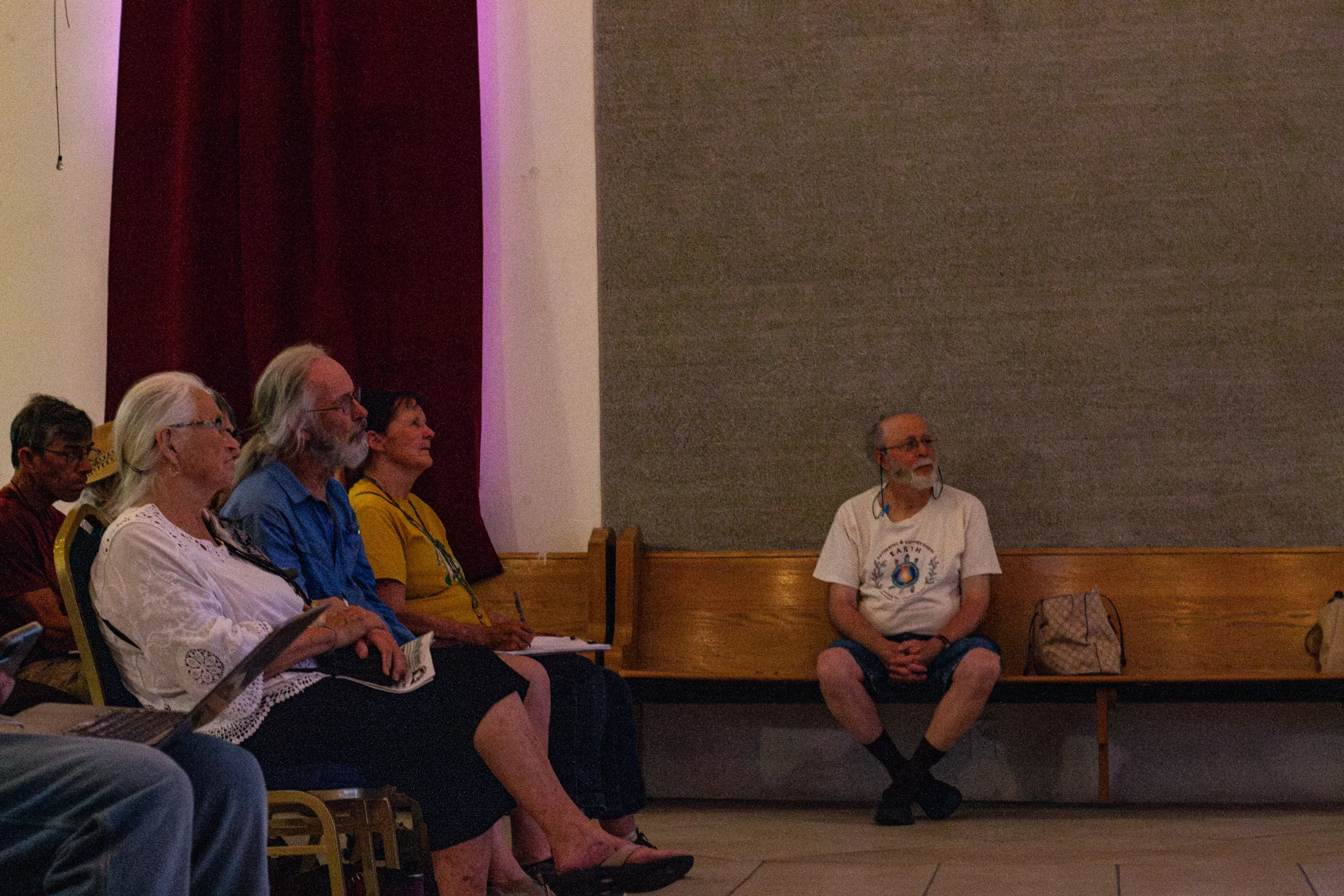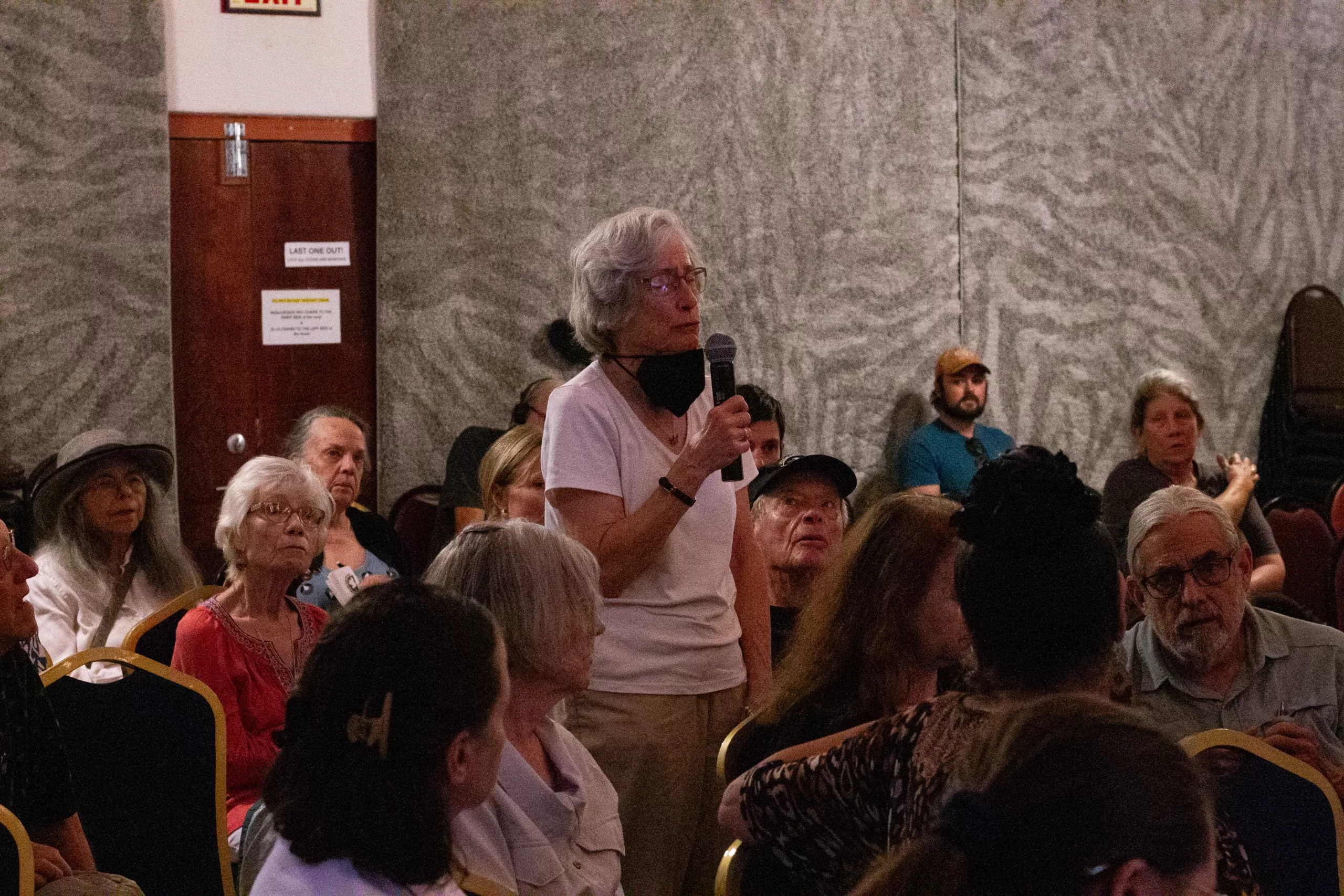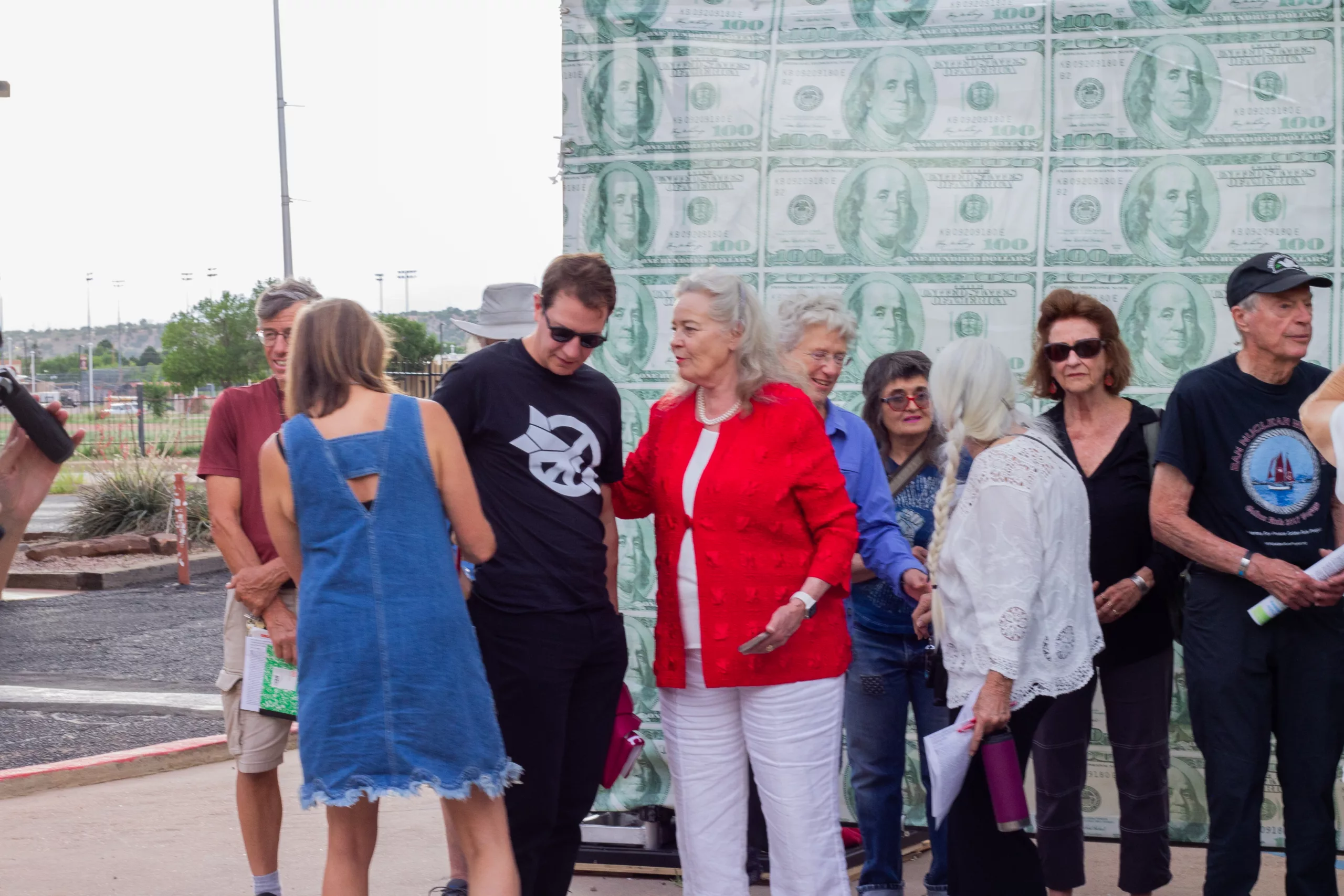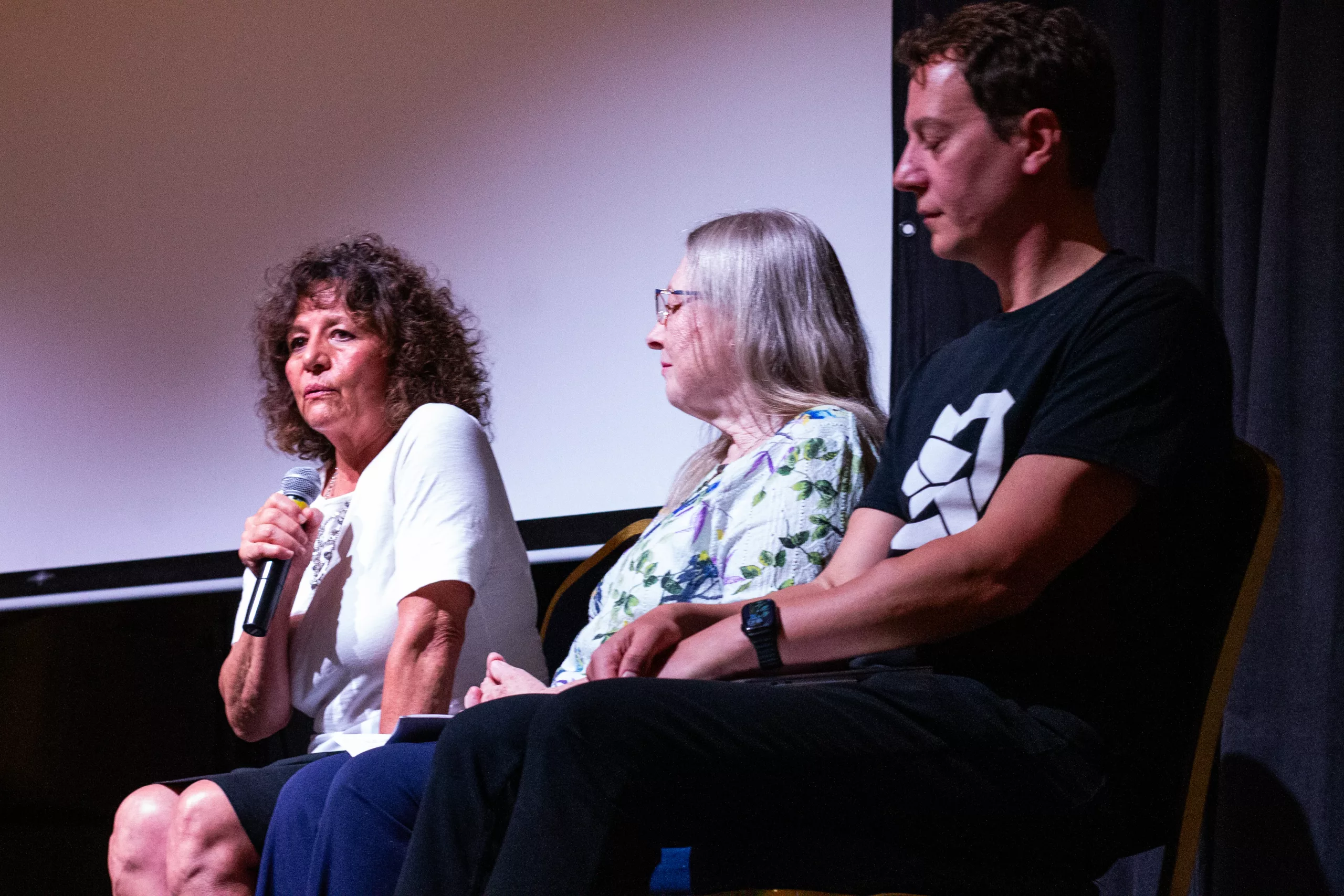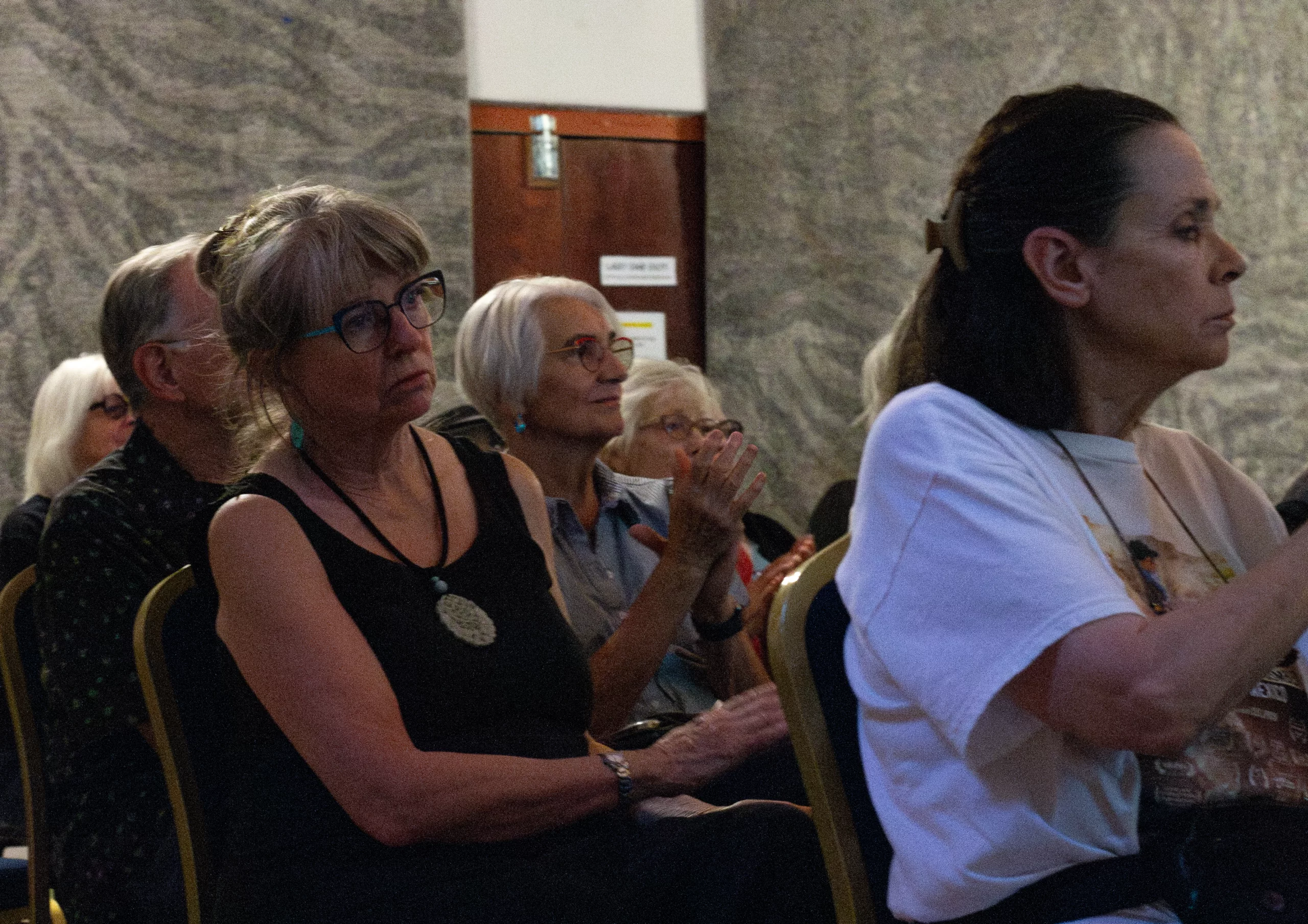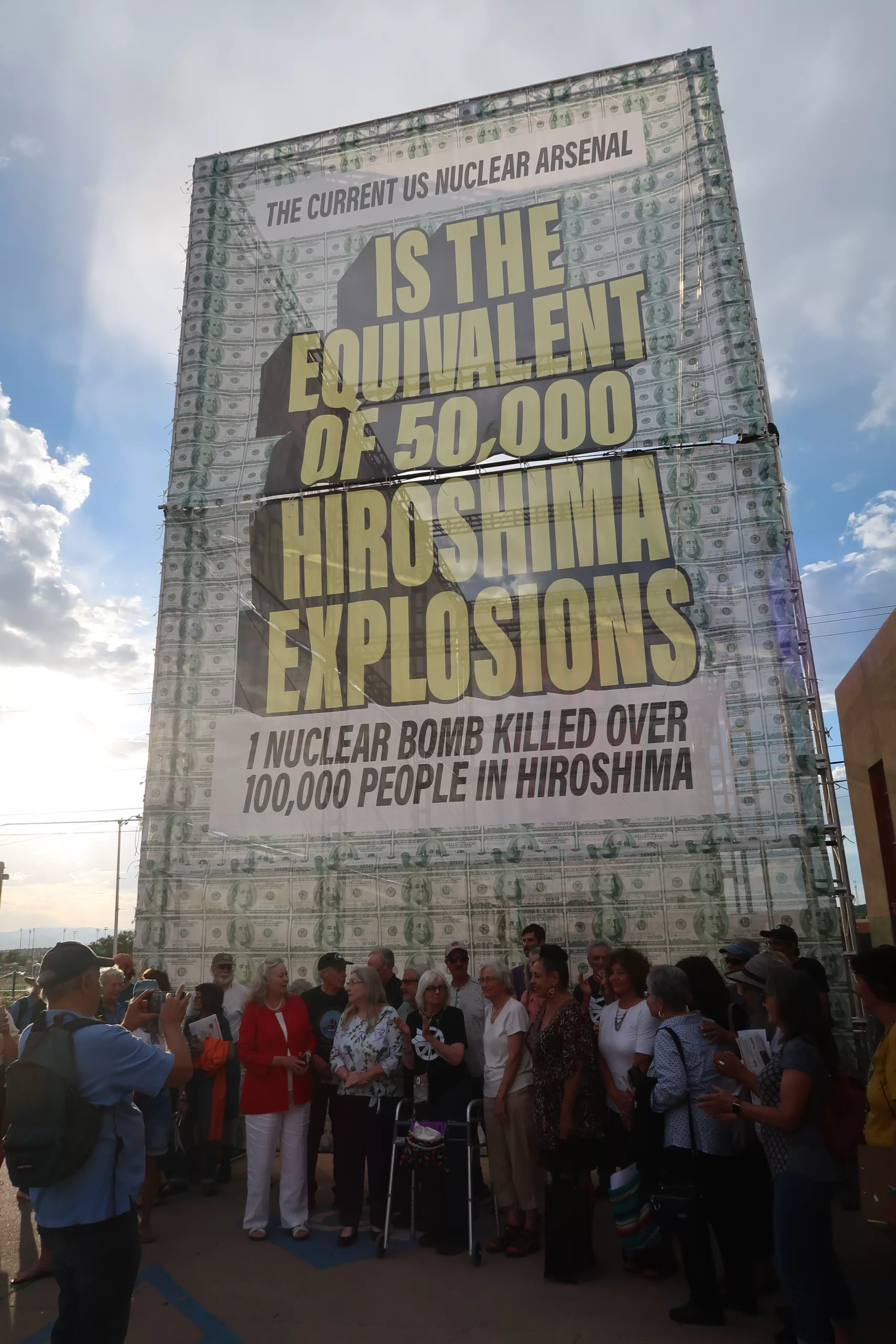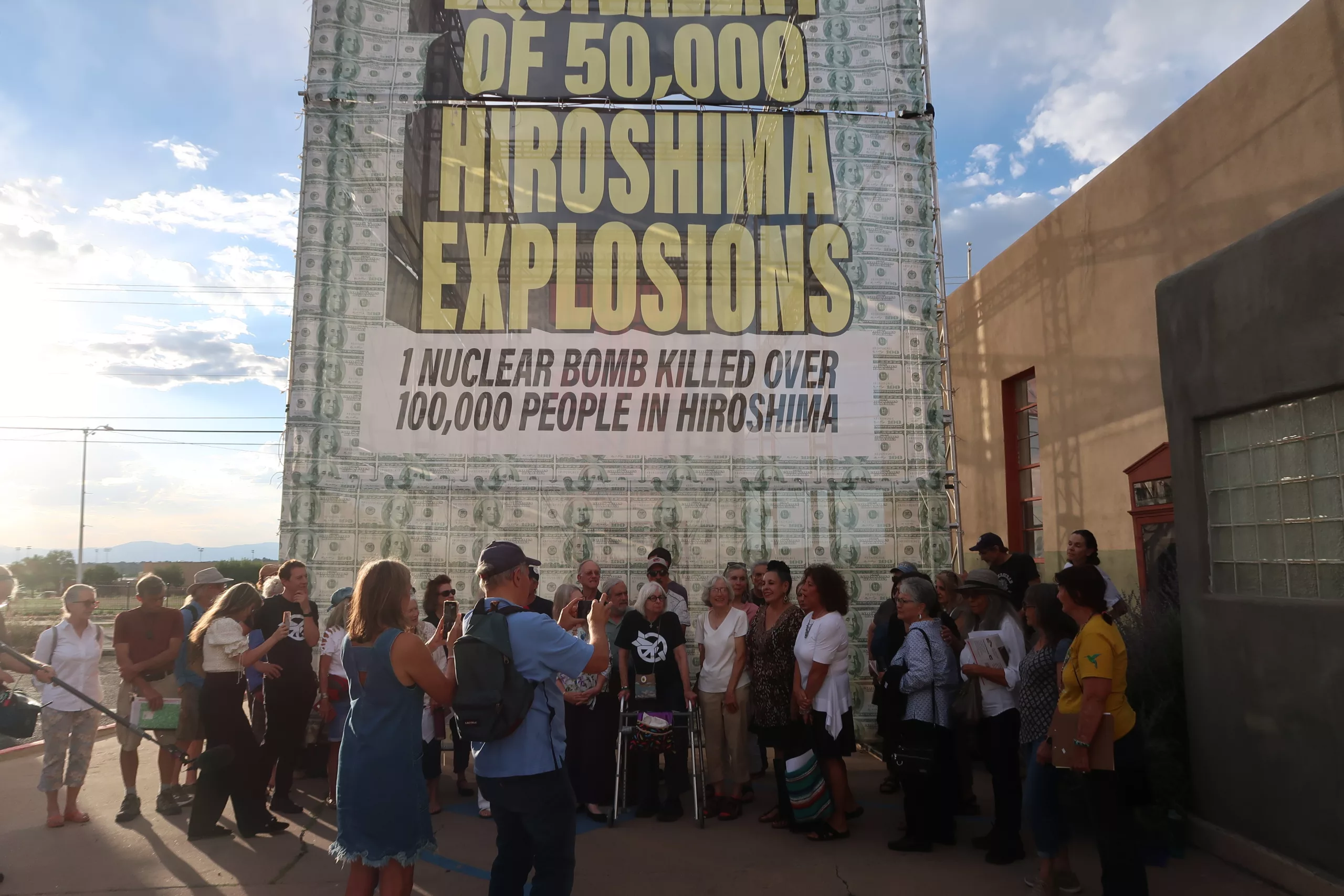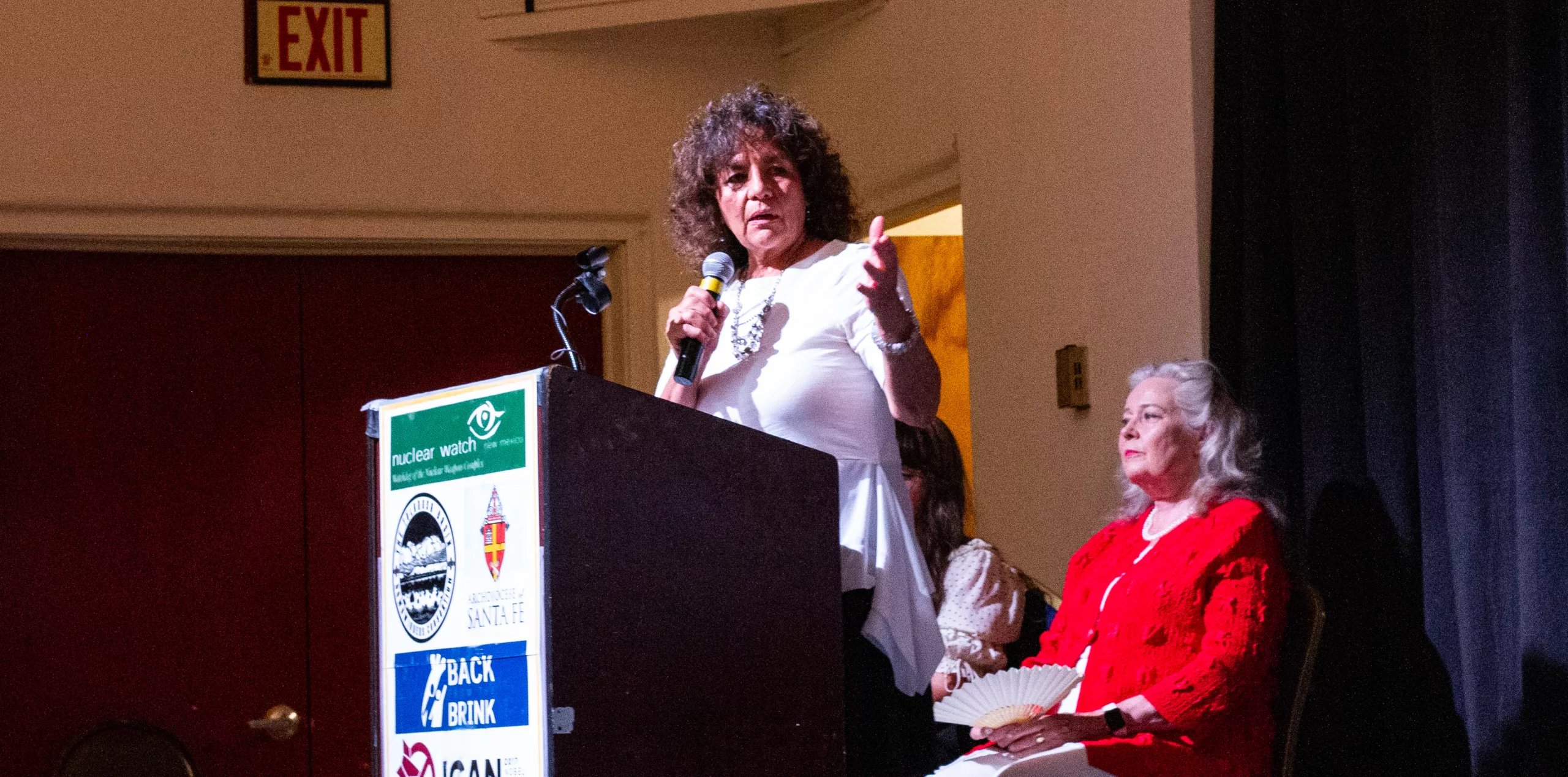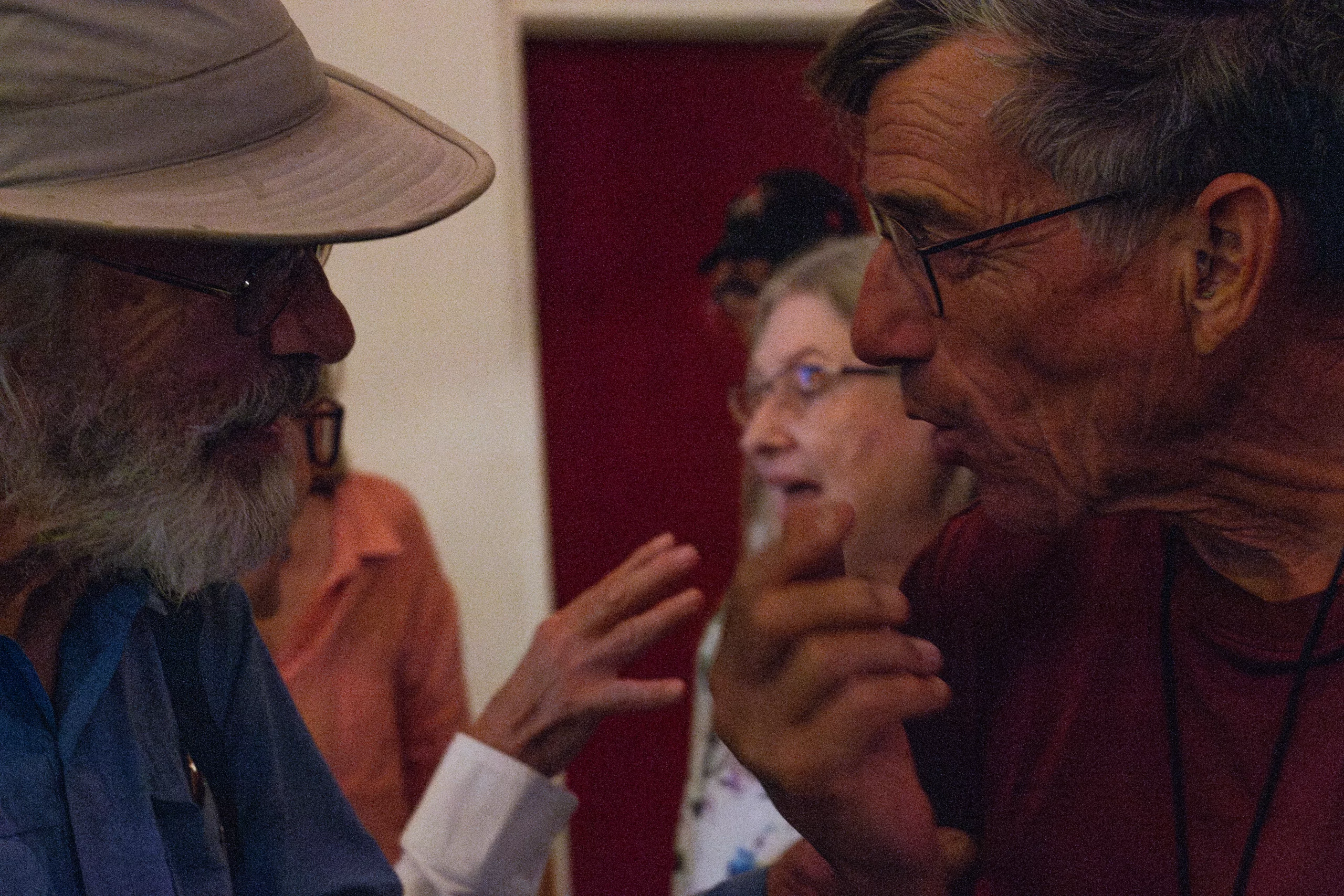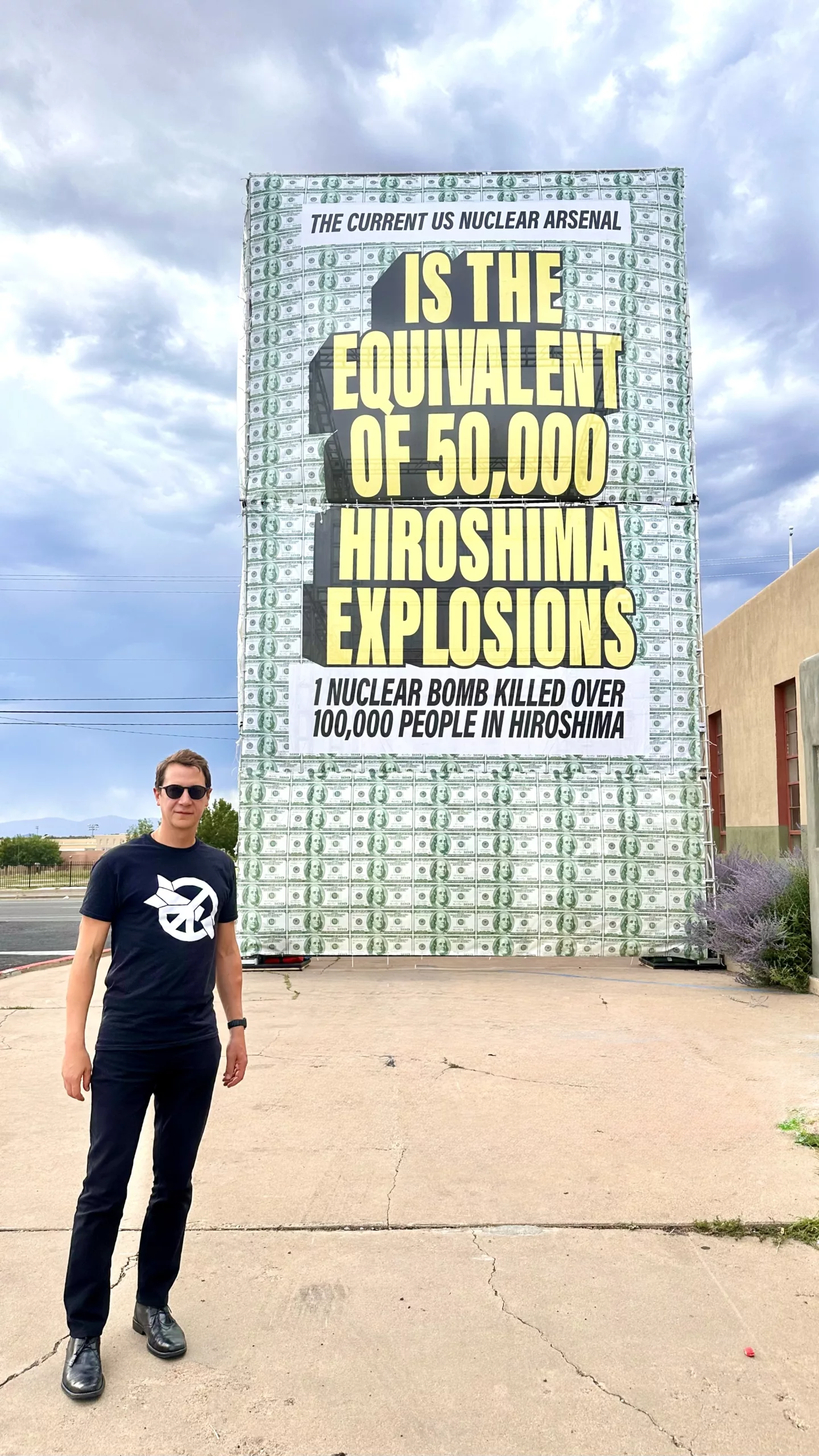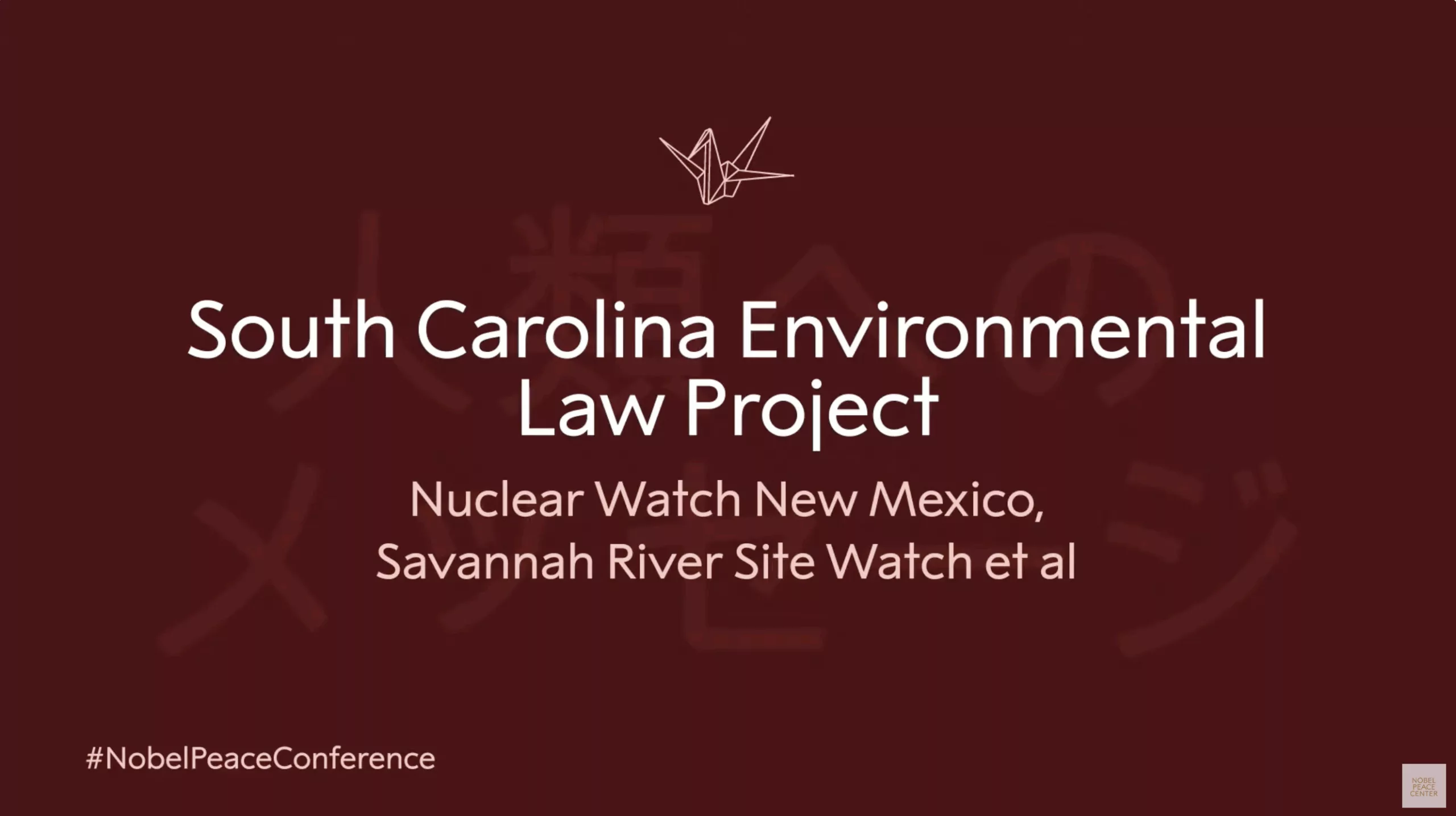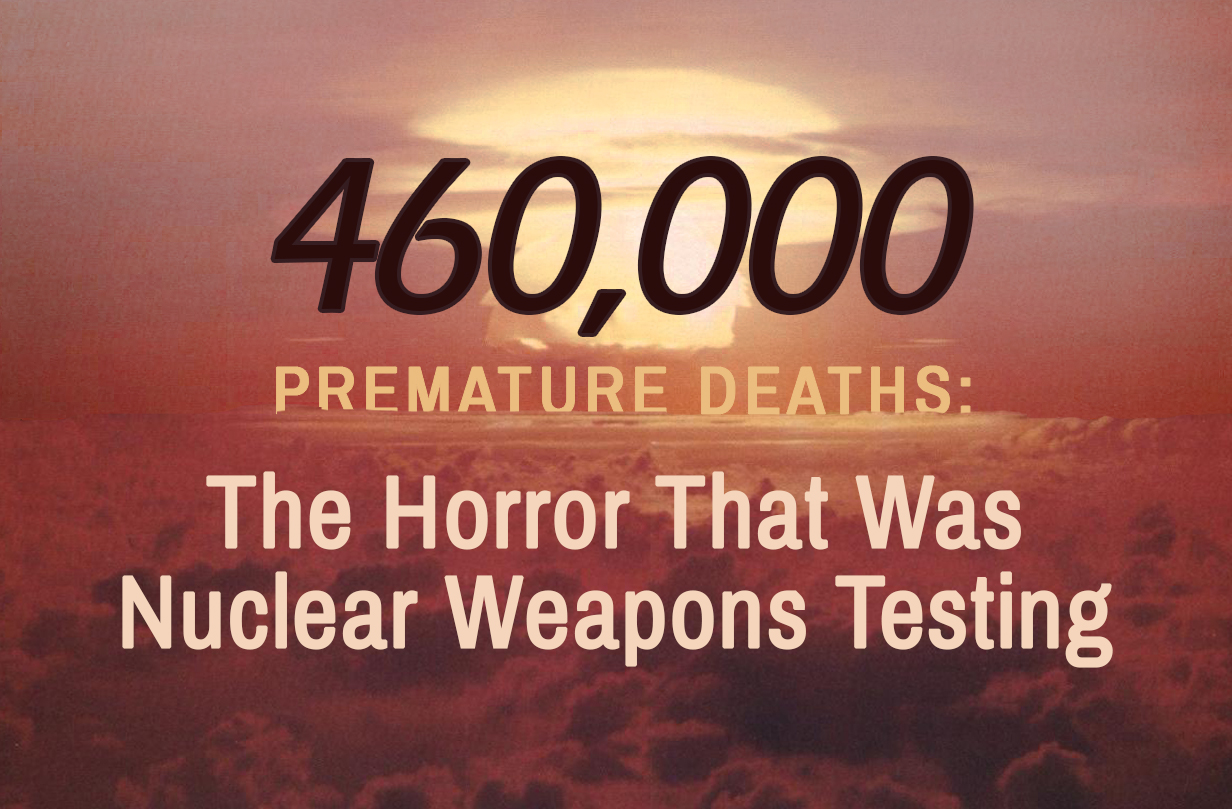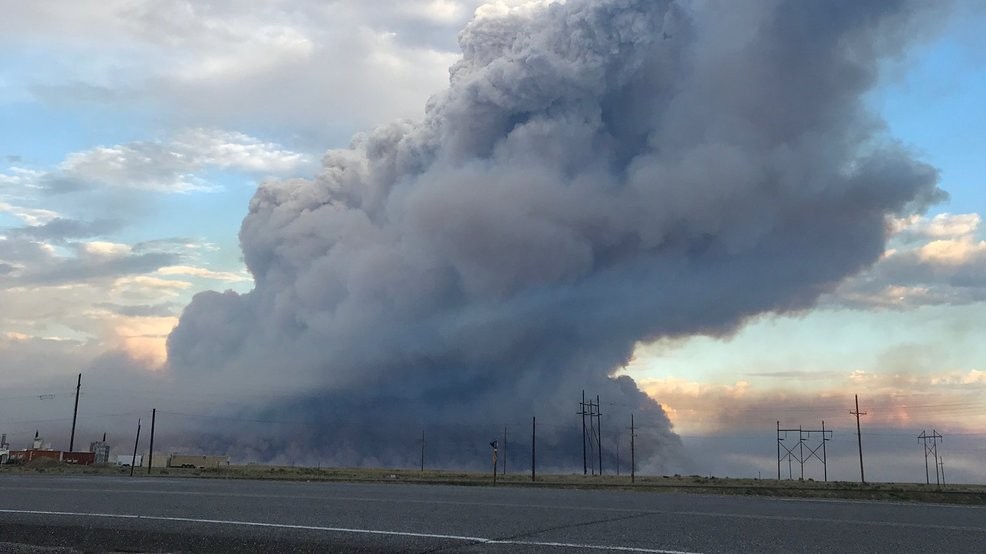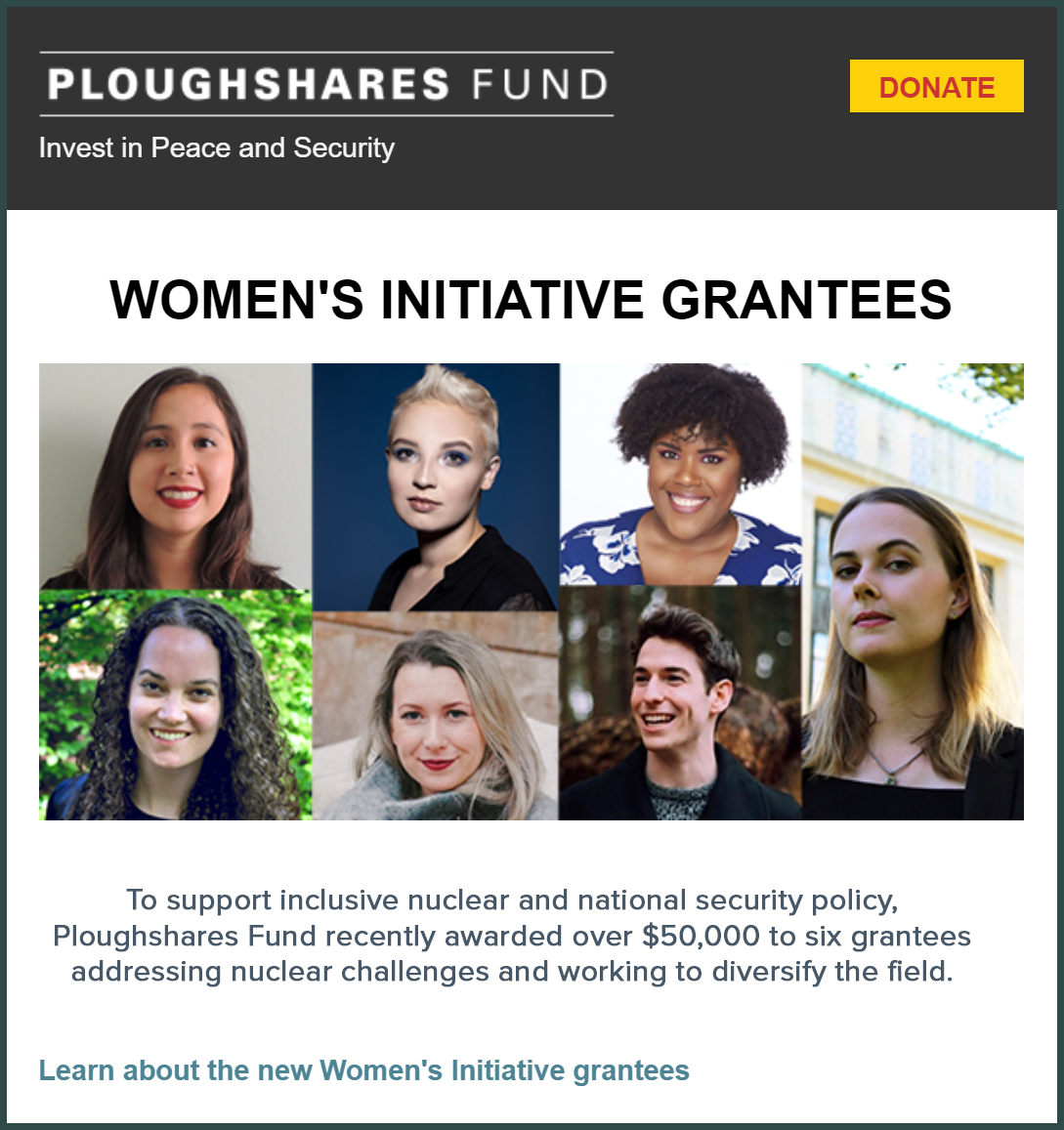VIEW THE RECORDING: Santa Fe Ecumenical Conversations Towards Nuclear Disarmament at Santa Maria de la Paz Catholic Community – Monday, October 27
Archbishop John C. Wester and NukeWatch New Mexico presented a special evening at Santa Maria de la Paz Catholic Community on Monday, October 27, from 6:00 to 8:00 p.m. MT. Following a presentation from NukeWatch executive director Jay Coghlan on U.S. nuclear weapons “modernization,” the Archbishop shared reflections from his pastoral letter, Living in the Light of Christ’s Peace, and speak about the importance of dialogue and hope in working toward nuclear disarmament.
View the recording at https://www.youtube.com/watch?v=9LFmQzMoJds&t=1s
Trump Orders Nuclear Weapons Testing for New Nuclear Arms Race
New Plutonium “Pit” Bomb Cores at Los Alamos Lab Could Make It Real
Just minutes before meeting with Chinese President Xi Jinping, Trump posted on his Truth Social media platform that “Because of other countries testing programs, I have instructed the Department of War to start testing our Nuclear Weapons on an equal basis. That process will begin immediately.” House Speaker Mike Johnson soon followed on CNN saying, “I think it is an obvious and logical thing to ensure that our weapons systems work.”
No other countries are currently testing nuclear weapons (the last was by North Korea in 2017). Further, any nuclear weapons tests by the U.S. would be performed by the Department of Energy (whose last test was in 1992), not the Department of War (until recently the Department of Defense). Trump was likely referring to Vladimir Putin’s recent claims of a new nuclear powered cruise missile and a tsunami-causing nuclear-armed torpedo that could threaten America’s coastal cities. In addition, China is dramatically expanding its own fleet of intercontinental ballistic missiles.
But central to all this is the U.S.’ own $2 trillion “modernization” program that will rebuild every nuclear warhead in the planned stockpile with new military capabilities and produce new-design nuclear weapons as well. This so-called modernization program will also build new nuclear weapons production facilities expected to be operational until ~2080, and buy new missiles, subs, and bombers from the usual rich defense contractors, all to keep nuclear weapons forever.
‘Nuclear weapons are blasphemous’: Archbishop Wester continues disarmament push with talk
This event was organized by the “Santa Fe Ecumenical Conversations Towards Nuclear Disarmament” group at the Santa Maria de la Paz parish near the Santa Fe Community College. They kindly invited NukeWatch to speak before Archbishop Wester for what turned out to be a wonderful event. The full recording can be viewed at https://www.youtube.com/@SMDLP/streams
By Cormac Dodd cdodd@sfnewmexican.com | October 28, 2025 santafenewmexican.com
Despite saying he has received a somewhat muted response from the local faithful, Santa Fe’s Catholic archbishop is still pushing nuclear disarmament as vital to humanity’s spiritual well-being and continued existence.
“I think nuclear weapons are blasphemous, because I think nuclear weapons are humanity’s attempt to build a Tower of Babel, an attempt to eat from the apple of the tree of the Garden of Eden, to become like God, to become gods,” Archbishop John C. Wester said in a roughly 30-minute address at Santa Maria de la Paz Catholic Church south of Santa Fe.
“In humility, we must avoid inventing anything that, in a matter of hours, can destroy what God has created,” the leader of the Archdiocese of Santa Fe continued. “The story of Adam and Eve is archetypal, I think: When human beings try to become as God, they lose the Garden of Eden and they must endure the cruel reality of paradise lost.”
The archbishop’s comments followed a journey he undertook to Japan on the 80th anniversary of the U.S. military’s decision to drop atomic bombs on Hiroshima and Nagasaki toward the end of World War II. He spoke in front of an audience of about 50 people — who gave Wester a standing ovation — at Monday’s event
In a Looming Nuclear Arms Race, Aging Los Alamos Faces a Major Test
The lab where Oppenheimer developed the atomic bomb is the linchpin in the United States’ effort to modernize its nuclear weapons. Yet the site has contended with contamination incidents, work disruptions and old infrastructure.
By Alicia Inez Guzmán | October 28, 2025 The New York Times nytimes.com
In a sprawling building atop a mesa in New Mexico, workers labor around the clock to fulfill a vital mission: producing America’s nuclear bomb cores.
The effort is uniquely challenging. Technicians at Los Alamos National Laboratory must handle hazardous plutonium to create the grapefruit-size cores, known as pits. They do so in a nearly 50-year-old building under renovation to address aging infrastructure and equipment breakdowns that have at times disrupted operations or spread radioactive contamination, The New York Times found.
Now, the laboratory is under increasing pressure to meet the federal government’s ambitions to upgrade the nation’s nuclear arsenal. The $1.7 trillion project includes everything from revitalizing missile silos burrowed deep in five states, to producing new warheads that contain the pits, to arming new land-based missiles, bomber jets and submarines.
But the overall modernization effort is years behind schedule, with costs ballooning by the billions, according to the Congressional Budget Office. In 2018, Congress charged Los Alamos with making an annual quota of 30 pits by 2026, but by last year it had produced just one approved for the nuclear stockpile. (Officials have not disclosed whether more have been made since then.)
*The featured image differs from the article photo due to usage rights.
Why Putin’s ‘invincible’ nuclear-powered missile is more likely to become a disastrous ‘flying Chernobyl’ for Russia
The US abandoned efforts to build nuclear-powered missile weapons during the 1950s arms race with the Soviet Union as a nuclear-powered missile would effectively be a huge radiation risk.
Jeffrey Lewis, a nuclear nonproliferation expert at Middlebury College, described it as a “tiny flying Chernobyl,” referencing the Soviet power plant that melted down and covered a 1,600-mile area with toxic radiation…While Lewis believes the Burevestnik is only capable of subsonic speed and easy to intercept, he warned that Russia’s ambition poses a return to the Cold War era.
“NATO aircraft could intercept it. The problem is that Burevestnik is yet another step in an arms race that offers no victory for either side,” he wrote on X.
By Ronny Reyes | October 28, 2025 nypost.com
Russian strongman Vladimir Putin’s latest threats that Moscow is preparing to deploy its new “invincible” nuclear-powered cruise missile has drawn a rebuke from President Trump and a reminder of America’s own nuclear might.
But experts say the Burevestnik missile could end up being more like a disastrous “flying Chernobyl” for Russia — and proves Putin is actually nervous about the possibility of the US giving Tomahawk cruise missiles to Ukraine.
George Barros, of the Washington-based Institute for the Study of War, described Putin’s ominous Sunday announcement as a form of fear mongering from a Kremlin afraid that the US could give Kyiv a much more conventional weapon — the tried and true Tomahawk.
Russia tested new nuclear-powered Burevestnik cruise missile
“For Trump, who has cast Russia as a “paper tiger” for failing to swiftly subdue Ukraine, the message is that Russia remains a global military competitor, especially on nuclear weapons, and that Moscow’s overtures on nuclear arms control should be acted on.”
By Guy Faulconbridge and Lidia Kelly Tim Balk | October 26, 2025 reuters.com
- Russia tests nuclear-capable Burevestnik missile
- Missile flew for 14,000 km, 15 hours
- Putin says it can pierce any missile defences
Trump Administration Providing Weapons Grade Plutonium to Sam Altman
“If there were adults in the room and I could trust the federal government to impose the right standards, it wouldn’t be such a great concern, but it just doesn’t seem feasible.”
By: Joe Wilkins | October 24, 2025 futurism.com
With the economy the way it is these days, it’s nice to have a little walking around money.
Donald Trump certainly thinks so. Since his return to the White House, the president has labeled 440 federal properties for possible sale, leased 13.1 million acres of public land for strip mining, and held a fire sale for satellites developed by NASA’s Jet Propulsion Lab.
In one of his wildest money moves to date, the Financial Times reports that Trump is now offering companies access to plutonium from America’s arsenal of cold war nuclear missiles.
On Tuesday, the US Department of Energy (DOE) launched an application for interested parties to apply for access to a maximum of 19 metric tonnes — a little under 42,000 pounds — of weapons-grade plutonium, which has long been a key resource undergirding the US nuclear arsenal.
One of the companies anticipated to receive shipments of the fissile isotope from the DOE is Oklo, a “nuclear startup” backed — and formerly chaired — by OpenAI CEO Sam Altman. Earlier in October, Oklo was one of four US companies chosen by the DOE to join a new pilot program meant to rush the testing and approval of experimental reactor designs.
As the FT reports, we won’t know for certain until December 31, when the DOE announces the companies selected to purchase the plutonium, but it’s likely Oklo will be among them. That’s stirring up plenty of anxiety throughout the scientific community, who say the relaxed approach to nuclear development is a major cause for alarm.
“If there were adults in the room and I could trust the federal government to impose the right standards, it wouldn’t be such a great concern, but it just doesn’t seem feasible,” Edwin Lyman, a physicist with the Union of Concerned Scientists told the FT.
U.S. Agency That Protects Nuclear Arsenal to Furlough Workers
Jay Coghlan, the executive director of Nuclear Watch New Mexico, a private group that monitors the agency, said it was unclear if the furloughs would have any immediate effect on nuclear safety. “As a baseline, the nuclear safety officers have always been understaffed. There is simply not enough federal oversight as is. And then you’re talking about furloughing more,” he added.
By Tim Balk | October 17, 2025 nytimes.com
![]() The National Nuclear Security Administration said 1,400 workers would be affected by Monday.
The National Nuclear Security Administration said 1,400 workers would be affected by Monday.
Nuclear weapons safety oversight in decline with Trump, Biden inaction
The lone independent federal agency responsible for ensuring safety at U.S. nuclear weapons sites — including Hanford in Washington state — will lose its ability to issue recommendations for safer work by January if the Trump administration doesn’t replenish its board, which this month dwindles to one member.
By Patrick Malone | October 15, 2025 seattletimes.com
The Defense Nuclear Facilities Safety Board ensures adequate public health and worker safety by scrutinizing hazardous work conducted by the U.S. Department of Energy and its contractors that produce and maintain the nuclear arsenal. If the Trump administration and Congress don’t move quickly to populate the board, it will be incapable of issuing formal safety recommendations to the Energy Department, according to a report last month from the Government Accountability Office, Congress’ investigative arm.
If the board is without a quorum of at least three members for a year, “the agency would essentially be able to offer only nonbinding advice to DOE,” according to the report.
“The whole idea of having the board in place is to provide the optics in addition to the substance,” Nathan Anderson, a Washington state-based director in the GAO’s natural resources division, told The Seattle Times.
The board does not have regulatory or enforcement authorities, but its advice carries significant weight and cannot be easily dismissed or disregarded, the GAO report states. The board’s recommendations to the U.S. secretary of energy are published for public comment, and the secretary must respond in writing. The board also reports each year to selected congressional committees on its recommendations to the Energy Department and any outstanding safety problems.
FULL ORIGINAL ARTICLE (SEATTLE TIMES)
YOU CAN HELP SAVE THE DNFSB TODAY:
Continue reading
New Article about “Participatory Democracy in Action” Describes WIPP Permit Negotiations
Thanks to our friends at Concerned Citizens for Nuclear Safety for this article:
In an essay for NYU’s Democracy Project, David F. Levi, a former federal judge and director emeritus of the Bolch Judicial Institute at Duke Law, reflected on the negotiations he facilitated in New Mexico about the renewal of the hazardous waste permit for the Waste Isolation Pilot Plant (WIPP), a deep geologic repository for plutonium-contaminated waste generated in the fabrication of nuclear weapons. Judge Levi’s essay is entitled “Participatory Democracy in Action.” He wrote:
 “A couple of years ago, I was asked to mediate a dispute between the U.S. Department of Energy (DOE) and the New Mexico Environment Department (NMED) concerning the renewal of a required state permit for DOE’s Waste Isolation Pilot Plant (WIPP), the nation’s only deep underground nuclear waste storage facility, located outside of Carlsbad, New Mexico. I thought I could help the two government entities but quickly came to realize that under the mediation procedures followed by New Mexico, the mediation would also involve citizen groups whose ultimate concurrence was essential to any complete resolution. This was entirely new to me.
“A couple of years ago, I was asked to mediate a dispute between the U.S. Department of Energy (DOE) and the New Mexico Environment Department (NMED) concerning the renewal of a required state permit for DOE’s Waste Isolation Pilot Plant (WIPP), the nation’s only deep underground nuclear waste storage facility, located outside of Carlsbad, New Mexico. I thought I could help the two government entities but quickly came to realize that under the mediation procedures followed by New Mexico, the mediation would also involve citizen groups whose ultimate concurrence was essential to any complete resolution. This was entirely new to me.
“In this case, there were seven such citizen groups entitled to participate and representing a variety of points of view. There was one group representing some of the government and business leaders of the town of Carlsbad who favored permit renewal on terms ensuring the continued long-term operation of WIPP. There were six groups expressing a variety of concerns about nuclear waste coming to New Mexico. They sought a more restrictive permit.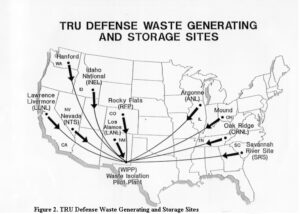
“To my astonishment, over the course of four full days, we worked through the multitude of issues and came to complete agreement. Something magical had happened. Thanks to the goodwill of the DOE and its contractor, the remarkable daily attendance and attentiveness of the NMED Secretary and the measured and well-informed way in which the various citizen groups made their points, we were able to find consensus and craft permit language that was acceptable to everyone.
“For me, as a former judge and mediator, the experience was thrilling. It was an experience of participatory democracy in action that made me proud of our fellow citizens and our government. Three aspects of the experience stand out. First, everyone in the room had taken responsibility for the way in which our nation’s only deep underground nuclear storage facility would be operated for the next 10 years. The citizen participants were not just making suggestions; they were assuming many of the attributes of decision makers. Second, all participants were advocating, compromising, and collaborating on behalf of what they saw as the public interest. These are the essential skills of democracy—the civic virtues so central to the Founders’ vision of what would make democracy work in America—and they require practice. Finally, over four days around a table, the citizens were able to take the measure of the DOE and NMED representatives. They came to realize, as I did, that these public servants, as well as the DOE contractor, were very well-informed, experienced, and intentioned. The government representatives had a similar experience of coming to appreciate the citizen questions and points of view. A government that relies on trust needs this kind of interaction to maintain that trust.
“It seems our democracy would be strengthened if we could extend the benefits of this kind of participatory structure to other areas of our legal and regulatory systems.”
“In Democracy in America, Alexis de Tocqueville made some of these points in reference to the jury trial in civil cases. He emphasized the importance of the civil jury trial as a free “public school” [https://contextus.org/Tocqueville,_Democracy_in_America_(1835),_Book_I,_Chapter_XVI_Causes_Mitigating_Tyranny_In_The_United_States_(Part_II).13?ven=Gutenberg&lang=en]  educating jurors in the democratic virtues and skills and teaching them to assume responsibility. In the same vein, every trial judge I know would attest to the importance of the jury experience for building confidence in the courts. After a trial, judges often hear words of gratitude from jurors who are deeply impressed by the legal process and are honored to have participated despite their initial dismay at being called to jury service. Sadly, the number of jury trials has diminished, particularly in federal court. Reversing that trend is a worthy goal, particularly for a branch of government that depends so heavily on public confidence.
educating jurors in the democratic virtues and skills and teaching them to assume responsibility. In the same vein, every trial judge I know would attest to the importance of the jury experience for building confidence in the courts. After a trial, judges often hear words of gratitude from jurors who are deeply impressed by the legal process and are honored to have participated despite their initial dismay at being called to jury service. Sadly, the number of jury trials has diminished, particularly in federal court. Reversing that trend is a worthy goal, particularly for a branch of government that depends so heavily on public confidence.
“As a final reflection: any persons involved as litigants will have an experience of the legal system. The experience can advance their sense of agency and participation, their ability to disagree civilly, and their trust in the courts. But how can these objectives be obtained when so many Americans cannot afford a lawyer? We can do so much better to provide understanding of and access to our justice system.”
The six New Mexico based non-governmental organizations were Citizens for Alternatives to Radioactive Dumping (CARD), Concerned Citizens for Nuclear Safety (CCNS), Conservation Voters New Mexico (CVNM), Nuclear Watch New Mexico, Southwest Alliance for a Safe Future (SAFE), and Southwest Research and Information Center (SRIC). The individual was Steve Zappe, a grandfather and former NMED WIPP Program Manager.
“A House of Dynamite” New Netflix Nuclear Catastrophe Film: Fiction, for Now
The reviews are rolling in for “A House of Dynamite,” which premiered in Europe earlier this month before coming to the U.S. on October 10th, with a full Netflix release scheduled for the 24th. Here’s the trailer, and see the schedule for Santa Fe theater showings here:
This Week! Santa Fe Theater Screenings for the Film “A House of Dynamite”
I attended one of these screenings last night, and I’ll let the professional critic reviews give the gist:
The Kathryn Bigelow thriller looks at what might happen if a ballistic missile were headed to the U.S. The director hopes the movie will start a conversation. New York Times: At Venice, ‘A House of Dynamite’ Is Scarier Than Most Horror Films
“The Netflix thriller captures from multiple perspectives the White House response to an unattributed missile launch headed for a major U.S. city in the harrowing 20 minutes until projected impact…”An unrelenting chokehold thriller so controlled, kinetic and unsettlingly immersive that you stagger out at the end of it wondering if the world will still be intact.” ‘A House of Dynamite’ Review: Idris Elba and Rebecca Ferguson in Kathryn Bigelow’s Precision-Tooled, Viscerally Unsettling Nail-Biter
“Told from the perspective of soldiers at a remote Alaskan missile base, staffers in the White House situation room, military officials at US Central Command (CENTCOM), and the president of the United States, the film weaves an overlapping timeline to show how the United States would respond to a missile attack…The film doesn’t want viewers to ask themselves how to thwart a nuclear attack on the United States. Rather, it wants the viewer to question the value of having nuclear weapons at all. ‘None of this makes sense,’ the President (Idris Elba) bemoans, ‘Making all these bombs and all these plans.'”
“A House of Dynamite is a terrifying examination of how terribly wrong things can go even with highly competent people in charge…But that’s also not necessarily the world we’re living in…The film shows why the worst can happen, even when competent, well-meaning people are trying to do the right thing.
But what if competence and decency are in short supply?” A House of Dynamite: Bigelow’s latest thriller shows why nuclear bombs are only part of the danger
This film left me reeling with tension and anxiety and exactly as the Times article titles it, is scarier than most horror films. Unlike ‘Oppenheimer,’ which largely glorified the invention of the atomic weapon, ‘A House of Dynamite’ makes it impossible to ignore the threat that nuclear weapons pose to our world. Working backwards from perspectives, and focused on how we can actually improve our odds of keeping this story a fictional one, here is what struck me most about this film:
-
-
Only one person decides what happens. But the real threat isn’t one reckless leader — it’s a reckless system. The final segment of the film features the “nuclear football” heavily, a briefcase containing launch procedures and options. In the United States, the president holds the sole and absolute authority to order the use of nuclear weapons. In the film, there are many voices in the President’s ear, but two primary perspectives quickly emerge after the defense fails and the ICBM remains inbound to its U.S. target: “One side advocates a retaliatory strike; the other, nothing. ‘It’s surrender or suicide,’ one adviser tells the President,” – thebulletin.org. The military aide carrying the nuclear football is tasked with providing the President the list of options if retaliation is chosen. An absolute must-read, Daniel Ellsberg’s book “The Doomsday Machine” breaks down many of the themes in the film with pure and terrifyingly honest account of Cold War-era nuclear strategy. In terms of launch authority, he describes how the inherent instability of the delegated command structure of the nuclear apparatus makes accidental or unwanted war an ever-present danger.
-
LANL tritium containers to head to Texas after last treatment
Four flanged tritium waste containers have been depressurized and transported to Los Alamos National Laboratory’s Weapons Engineering Tritium Facility, where they will be treated further before heading out-of-state for disposal.
By Alaina Mencinger amencinger@sfnewmexican.com | October 15, 2025 santafenewmexican.com
The containers’ final destination is Waste Control Specialists, a West Texas facility that handles the storage and disposal of radioactive waste.
The more than 1,300-acre facility in Andrews County is located on an approximately 14,000 acre property, which is sited on a thick clay formation which the company describes as “nearly impermeable.”
New documents have been added to the Los Alamos Legacy Cleanup Contract Electronic Public Reading Room.
All legacy cleanup documents required to be posted after April 30, 2018, are available on the site linked above.
For legacy cleanup documents that were posted prior to April 30, 2018, please visit the LANL electronic public reading room.
- Review, Notice of Completion of Off-Site Waste Shipments for Final Disposal, Activities 3.1.5, 3.1.8, and 3.3.4, Compliance Plan, Site Treatment Plan, Federal Facility Compliance Order Los Alamos National Laboratory [July 31, Aug. 21, 2025]
https://ext.em-la.doe.gov/GovFTPFiles/api/GetFiles/GetFile?fileName=EMID-703933_NMED_Review_STP_Shpmt_Jul_31_Aug_21_101525.pdf
Strong Political and Public Opposition Means Consolidated Interim Storage Facility (CISF) in NM “Impossible in the Near Future”
NEW UPDATE OCTOBER 10, 2025:
Holtec abandons plan to build New Mexico storage facility for spent nuclear fuel
This is excellent news. The Governor and state legislature (specifically Senator Jeff Steinborn and Representative McQueen) are to be commended for not allowing New Mexico to become the nation’s dumping ground for highly radioactive commercial spent fuel rods, especially when the Land of Enchantment has never had its own nuclear energy plant. Hard work from many New Mexicans made this happen.
So-called “interim” storage would never be interim when the federal government has failed for more than four decades to find a permanent repository for these lethal wastes. This also shows how hollow all the hype is about the claimed renaissance of nuclear power, when on the front end the industry can’t survive without taxpayer handouts, and on the back end can’t solve its radioactive waste problem.
Holtec’s quote that “New Mexico’s acquiescence is necessary” for interim storage to go forward is interesting, implying that we have to surrender as the nuclear colony that we are. Well, guess what, we didn’t surrender, and I predict you’ll see more of this. Moreover, whether you’re pro-nuclear or anti-nuclear, Holtec is an ethically questionable company, which is why the attorneys general of New Jersey and Massachusetts have sued it.
Adiós and good riddance, Holtec!
New York Times: Tax Break Scandal Leads to $5 Million Fine for N.J. Energy Company
SEE MORE:
Nuclear Weapons Issues & The Accelerating Arms Race: September 2025
Nuclear Weapons Update:
Putin has offered Trump a one-year extension of the numerical cap on strategic nuclear weapons in the new Strategic Arms Reduction Treaty which is 1,550 warheads (however, B52s are counted as one warhead while they can carry a dozen). New START expires in February 2026, which will be the first time the world will be without any nuclear arms control treaties since the mid-1970s. Trump has said it sounded like a good idea.
Note: New START ratification in 2010 provided the opportunity for Republicans in the Senate to attach the condition of $88 billion for nuclear weapons “modernization” that has since metastasized to ~$2 trillion. Nuclear disarmament must be prioritized as the ultimate goal over simply continued arms control.
A mere extension of the numerical cap would not involve Congressional ratification. The extension of New START’s numerical cap is in part to allow for a year in which to begin negotiations for a treaty replacement.
Plutonium Pit Production:
A draft plutonium pit production programmatic environmental impact statement is expected to be released next year in early 2026.
Accelerating Arms Race:
Is North Korea set to become world’s ‘fourth ICBM power’ after missile breakthrough? | Park Chan-kyong | South China Morning Post | September 11, 2025
A new era in North Korea’s missile programme may be dawning, as analysts warn of an imminent test launch of an intercontinental ballistic missile capable of carrying multiple warheads to the US mainland. Fresh from his appearance at China’s Victory Day parade in Beijing last week, North Korean leader Kim Jong-un personally oversaw the trial of a lighter, more robust solid-fuel ICBM engine, state media reported on Tuesday, touting the achievement as a “strategic” breakthrough.
Saudi Arabia signs a mutual defense pact with nuclear-armed Pakistan after Israel’s attack on Qatar | MUNIR AHMED & JON GAMBRELL | AP NEWS | September 18, 2025
DUBAI, United Arab Emirates (AP) — Pakistan’s defense minister says his nation’s nuclear program “will be made available” to Saudi Arabia if needed under the countries’ new defense pact, marking the first specific acknowledgment that Islamabad had put the kingdom under its nuclear umbrella.
Defense Minister Khawaja Mohammad Asif’s comments underline the importance of the pact struck this week between Pakistan and Saudi Arabia, which have had military ties for decades.
The move is seen by analysts as a signal to Israel, long believed to be the Middle East’s only nuclear-armed nation. It comes after Israel’s attack targeting Hamas leaders in Qatar last week killed six people and sparked new concerns among Gulf Arab nations about their safety as the Israel-Hamas war devastated the Gaza Strip and set the region on edge.
Russia suspected of helping North Korea build nuclear submarines, Seoul investigating | Park Chan-kyong | South China Morning Post | September 18, 2025
South Korea is investigating reports that Russia has supplied North Korea with nuclear submarine reactor modules, a move analysts see as highly plausible and one that could mark a breakthrough in Pyongyang’s decades-long push for a nuclear-powered navy… At the 8th Party Congress in January 2021, North Korea declared five core defence goals, including the development of nuclear-powered submarines and submarine-launched strategic nuclear weapons.
China Hardens Military Stance Against U.S. With Nuclear Weapons and Tough Talk | Brian Spegele | The Wall Street Journal| September 18, 2025
China played down its rapidly rising military might for years. In the past few weeks, Beijing has broadcast a steady drumbeat of firepower displays and muscular rhetoric, carrying an unmistakable warning for the U.S… Part of China’s confidence stems from the rapid growth of its firepower. The Pentagon estimates that China’s stockpile of nuclear warheads has more than doubled since 2020, alongside a growing array of options to launch those weapons, from mobile ground-launch systems to increasingly stealthy submarines.
Holtec Pulls Out of New Mexico Spent Nuclear Fuel Interim Storage Project
Holtec International has confirmed it is canceling plans to build a consolidated interim storage facility for spent nuclear fuel in southeastern New Mexico.
By Radwaste Solutions | October 9, 2025 ans.org
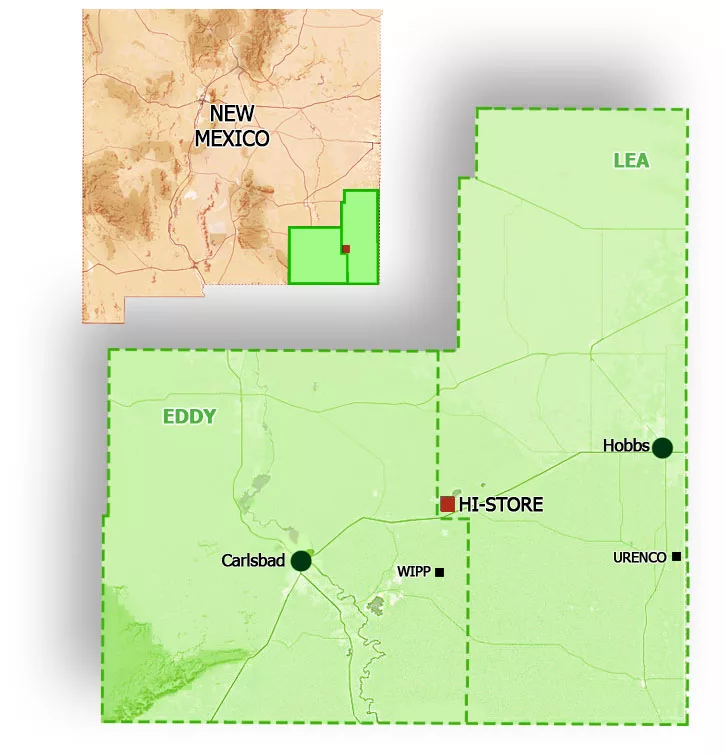
Named the HI-STORE CISF, the facility would have stored up to 10,000 canisters of commercial SNF on land owned by the Eddy-Lea Energy Alliance (ELEA) near the towns of Carlsbad and Hobbs.
“After discussions with our longtime partner in the HI-STORE project, the Eddy-Lea Energy Alliance, and due to the untenable path forward for used fuel storage in New Mexico, we mutually agreed upon canceling the agreement. This allows for ELEA to work to redevelop the property in a manner that fits their needs and allows Holtec to work with other states who are amenable to used fuel storage based on the recent DOE work on public education and outreach,” Holtec said in a statement (emphasis added).
Following the U.S. Supreme Court’s June ruling in NRC v. Texas, which found that petitioners did not have standing to challenge the Nuclear Regulatory Commission’s licensing of Interim Storage Partners’ CISF in Texas, Holtec said it expected to have its HI-STORE CISF license reinstated, allowing the company to move forward with the project. Holtec and ISP’s NRC licenses were vacated by the 5th Circuit Court of Appeals in a 2023 ruling.
Despite the court’s decision, New Mexico Gov. Michelle Lujan Grisham said she remained committed to preventing the HI-STORE CISF from being built. In 2023, New Mexico passed a bill barring the storage and disposal of high-level radioactive waste in New Mexico without the state’s explicit consent.
The AI Doomsday Machine Is Closer to Reality Than You Think
“Most troubling to experts on AI and nuclear weapons is that it’s getting harder and harder to keep decisions about targeting and escalation for nuclear weapons separate from decisions about conventional weapons.”
“There is no standing guidance, as far as we can tell, inside the Pentagon on whether and how AI should or should not be integrated into nuclear command and control and communications,” says Jon Wolfsthal, director of global risk at the Federation of American Scientists.
By Michael Hirsh | September 2, 2025 politico.com
Jacquelyn Schneider saw a disturbing pattern, and she didn’t know what to make of it.
Last year Schneider, director of the Hoover Wargaming and Crisis Simulation Initiative at Stanford University, began experimenting with war games that gave the latest generation of artificial intelligence the role of strategic decision-makers. In the games, five off-the-shelf large language models or LLMs — OpenAI’s GPT-3.5, GPT-4, and GPT-4-Base; Anthropic’s Claude 2; and Meta’s Llama-2 Chat — were confronted with fictional crisis situations that resembled Russia’s invasion of Ukraine or China’s threat to Taiwan.
Director Kathryn Bigelow is Sounding the Nuclear Alarm – Washington Post New Review
“A House of Dynamite” asks: How would the White House respond in the face of a nuclear attack?
By Max Boot | October 2, 2025 washingtonpost.com
VIEW MORE: “A House Of Dynamite” Q&A w/ Director Kathryn Bigelow, Tracy Letts, Jared Harris, And More At New York Film Fest —
80th Commemorations of Ban the Bomb – Trinity, Hiroshima & Nagasaki Remembrances in New Mexico
Exchange Monitor: DNFSB makes agency fixes, but needs members, GAO finds
The Defense Nuclear Facilities Safety Board (DNFSB) has tackled all but a few third-party recommendations to improve its culture over the past decade but suffers from a depleted board, according to a new report.
By ExchangeMonitor | September 5, 2025 santafenewmexican.com
Progress is tough with the five-person board probably…
China Hardens Military Stance Against U.S. With Nuclear Weapons and Tough Talk
Xi positions Beijing as powerful center of new global order as security forum convenes in capital
By Brian Spegele | September 18, 2025 wsj.com
BEIJING—China played down its rapidly rising military might for years. In the past few weeks, Beijing has broadcast a steady drumbeat of firepower displays and muscular rhetoric, carrying an unmistakable warning for the U.S….
Saudi Arabia signs a mutual defense pact with nuclear-armed Pakistan after Israel’s attack on Qatar
While not specifically discussing the bomb, the agreement states “any aggression against either country shall be considered an aggression against both,” according to statements issued by both Pakistan’s Foreign Affairs Ministry and the state-run Saudi Press Agency.
By MUNIR AHMED and JON GAMBRELL | September 18, 2025 apnews.com
ISLAMABAD (AP) — Saudi Arabia and nuclear-armed Pakistan have signed a mutual defense pact that defines any attack on either nation as an attack on both — a key accord in the wake of Israel’s strike on Qatar last week.
The kingdom has long had close economic, religious and security ties to Pakistan, including reportedly providing funding for Islamabad’s nuclear weapons program as it developed. Analysts — and Pakistani diplomats in at least one case — have suggested over the years that Saudi Arabia could be included under Islamabad’s nuclear umbrella, particularly as tensions have risen over Iran’s atomic program.
COMMUNITIES FOR CLEAN WATER: LANL Radioactive Tritium Venting Fails to Provide Transparency, Assurance, and Respect for Local Communities
FOR IMMEDIATE RELEASE: September 18, 2025
Santa Fe, NM — As NNSA and LANL continue operations to depressurize Flanged Tritium Waste Containers, Communities for Clean Water (CCW) calls out federal agencies for issuing vague assurances instead of transparent, verifiable data — and for dismissing community concerns with contradictory and incomplete statements that disregard what independent experts have found, the Department of Energy’s (DOE) own legal obligations, and the New Mexico Environment Department’s (NMED) acknowledgment that LANL has a long record of compliance failures.
“How can our communities be expected to trust LANL when they won’t give us access to the raw, real-time monitoring data – independently verified by the EPA,” asks Joni Arends with Concerned Citizens for Nuclear Safety. “Without this transparency, LANL is continuing a legacy of empty assurances, not accountability.”
Key Concerns:
-
Lack of real-time transparency – Since Friday (Sept. 12), the public has been forced to rely on NMED’s Facebook page for piecemeal updates. While LANL’s website provides very brief daily summaries, no near-real-time monitoring dashboard from DOE, NNSA, or LANL has been made available.
-
Vague assurances, not real information – NNSA’s updates claim “no tritium was released” while simultaneously telling the public to expect “very low levels of tritium” for subsequent venting. Without numbers, monitoring data, or detection thresholds, these phrases do not provide reassurance.
-
Weather risks – LANL has not disclosed thresholds for wind, rain, or humidity that would postpone venting. Communities watch weather shifts in real time but are left in the dark about how safety decisions are being made.
-
Dismissal of public health concerns – When asked for plain-language guidance that NMED stated LANL would provide, LANL responded only with “no offsite impact anticipated.” This is not meaningful and reassuring guidance, it’s a blanket dismissal that disregards independent expert findings and fails to meet DOE’s obligations to protect vulnerable populations.
-
Ignoring daily lifeways – Avoiding Pueblo Feast Days is not enough. This is harvest season, when outdoor cultural events, youth programs, and farming are in full swing. LANL’s scheduling continues to disregard these realities.
Unanswered Questions
Independent experts and community advocates have raised critical unanswered questions:
-
Unclear “depressurization” – LANL said “no internal pressure was found” in a container, but also claimed it was “depressurized.” If no pressure existed, what was released?
-
Unanswered helium questions – NMED stated helium was released, but LANL has not explained its origin. Was it introduced at sealing of the outer container, or a decay product of tritium?
-
Monitoring limits undisclosed – LANL has not disclosed the detection limits of its monitoring equipment. Readings “indistinguishable from zero” could still mask releases.
DOE NNSA Gives Misleading Statements on Native America Calling
On a recent Native America Calling program, DOE NNSA’s Los Alamos Field Office Deputy Director Pat Moss compared LANL venting to global natural tritium stocks. Independent expert Dr. Arjun Makhijani pointed out this comparison as misleading: “The problem is not global background, but local contamination. If venting occurs in rain and calm winds, local rainfall could exceed U.S. drinking water standards by hundreds to thousands of times.”
In their most recent public meeting, LANL admitted that infants could receive three times the radiation dose as adults. During the interview, Dr. Makhijani pressed this point – if adults are modeled at 6 mrem, that means infants could be at 18 mrem, nearly double the EPA’s 10 mrem compliance limit. Instead of addressing this directly, Mr. Moss provided a stock line, “We will be compliant with the regulatorily imposed release threshold and will be doing the calculations per the regulation.”
That is exactly the problem – hiding behind regulatory caps while ignoring clear evidence that infants, our most vulnerable, face exposures above legal limits.
DOE NNSA also pointed to the Defense Nuclear Facilities Safety Board (DNFSB) – an independent federal oversight body created by Congress – as if it had declared the tritium venting operation as “fully protective of the public”. That is misleading. First, the DNFSB has been operating without a quorum for months, limiting its ability to issue independent recommendations. Second, what the Board staff said in its July 2025 presentation was that the overall nuclear safety risk to the public is low if DOE’s proposed controls are followed. The DNFSB has also flagged ongoing safety concerns at LANL including deficiencies in Area G’s safety analysis and risk to workers.
First of four containers of tritium waste at LANL has been vented
The first of four flanged tritium waste containers awaiting removal from Los Alamos National Laboratory has been vented, the New Mexico Environment Department announced Tuesday afternoon.
By Alaina Mencinger amencinger@sfnewmexican.com | September 16, 2025 santafenewmexican.com
The container can now be moved for treatment at LANL and then, eventually, to an off-site disposal area.
No internal pressure was found in the first container, according to the National Nuclear Security Administration, suggesting the inner containers in the flanged tritium waste container hadn’t leaked. Air monitoring did not show an increase of tritium beyond background levels, the federal agency wrote.
No tritium emissions were released, the Environment Department wrote in its Tuesday post on X, formerly Twitter. Both the state agency and the U.S. Environmental Protection Agency are monitoring the process.
The depressurization of the containers is set to continue at 7 a.m. Wednesday, although the NNSA noted the schedule is subject to change due to weather. The four containers will be vented one at a time over an estimated two-week period.
*The featured image differs from the article photo due to usage rights.
New Mexicans Can Save the DNFSB; Contact Our Senators Today
From our friends at Concerned Citizens for Nuclear Safety:
The independent Defense Nuclear Facilities Safety Board has been dwindling from a five-member board to one member and may disappear if we, the People, do not raise our voices to support its essential nuclear safety work. The Safety Board needs at least two new members. And that needs to get done by Saturday, October 18th. https://www.dnfsb.gov/about
New Mexico U.S. Senators Heinrich and Lujan have key roles to play to ensure the Safety Board’s work continues unimpeded. https://www.heinrich.senate.gov/ and https://www.lujan.senate.gov/ Our voices of support are essential to ensure communities continue to receive the essential services of the Safety Board and its staff.
Right now members of the Safety Board’s staff are monitoring the venting of radioactive tritium from Area G at Los Alamos National Laboratory (LANL). Their expertise in the field of nuclear safety and their demonstrated competence and knowledge relevant to their independent investigative and oversight functions are an essential part of the process. They will be part of the follow-up once the venting of the four flanged tritium waste containers is completed. https://tewawomenunited.org/?s=tritium, https://www.ccwnewmexico.org/tritium, https://nuclearactive.org/
Not only does the Safety Board have staff at LANL, but also at Sandia National Laboratories in Albuquerque and at the Waste Isolation Pilot Plant, the burial site for plutonium contaminated nuclear weapons waste, near Carlsbad. https://ananuclear.org/facilities/
Russia suspected of helping North Korea build nuclear submarines, Seoul investigating
Analysts said such a technology transfer was plausible given Pyongyang’s support for Russia’s ongoing war in Ukraine
By Park Chan-kyong | September 18, 2025 scmp.com
South Korea is investigating reports that Russia has supplied North Korea with nuclear submarine reactor modules, a move analysts see as highly plausible and one that could mark a breakthrough in Pyongyang’s decades-long push for a nuclear powered navy…
Holy See tells nations at UN to end threat of nuclear weapons, even as deterrence
Amid a global arms race, ending the threat of nuclear war — and even the testing of nuclear weapons — is imperative, said the Holy See’s diplomat to the United Nations.
By Gina Christian, OSV News | September 8, 2025 catholicreview.org
Archbishop Gabriele G. Caccia, the Holy See’s U.N. permanent observer, shared his thoughts in a statement he delivered Sept. 4 at U.N. headquarters in New York, during the General Assembly High-level Plenary Meeting to Commemorate and Promote the International Day Against Nuclear Tests, observed that same day.
“The pursuit of a world free of nuclear weapons is not only a matter of strategic and vital necessity, but also a profound moral responsibility,” Archbishop Caccia in his remarks.
He pointed to the introduction of nuclear weapons — first detonated by the U.S. in 1945 over the Japanese cities of Hiroshima and Nagasaki, killing an estimated 110,000 to 210,000 people, during World War II — as unveiling to the world “an unprecedented destructive force.”
Historic peace vigil partially dismantled after Trump orders: ‘Take it down’
Law enforcement officials on Sunday removed parts of the White House Peace Vigil, which has sat just outside the White House for decades.
By Marissa J. Lang, The Washington Post | September 8, 2025 washingtonpost.com
But over the past week, it faced a new threat as Trump turned his attention to the vigil and federal officers picked apart the structure that shields protesters and their signs from the elements. The vigil is maintained by a rotating cast of volunteers who keep the protest going 24 hours a day, seven days a week.
On Friday, Brian Glenn, a correspondent for the conservative network Real America’s Voice, told the president during a gathering with reporters that there was “a blue tent” in front of the White House that was “an eyesore.” Trump initially said he was unaware of it, but he then quickly ordered its removal.
Photo by Sig. Chiocciola, Creative Commons: The White House Peace Vigil on March 30, 2025 staffed by volunteers, Philipos Melaku-Bello (left) and Joe Brown (right).
For 80 years, nuclear weapons have been the unused threat
Amid a global arms race, ending the threat of nuclear war — and even the testing of nuclear weapons — is imperative, said the Holy See’s diplomat to the United Nations.
By Matt Kelly, mkelly@virginia.edu, September 3, 2025 news.virginia.edu
In the 80 years since World War II, which ended with the use of two atomic bombs, the world has maintained a tenuous relationship with nuclear weapons.
Philip Potter, professor of public policy at the University of Virginia’s Frank Batten School of Leadership and Public Policy and director of the National Security Data and Policy Institute, said he worries about the current delicate nuclear balance.
“Eighty years of non-use is the product of both good diplomacy and a recognition of the potential consequences,” Potter said. “The fearsome power of nuclear weapons causes countries pause before they use them, but a great deal of work has also gone into nonproliferation and the management of crises to keep them away from the nuclear brink. In some ways the dynamics of the Cold War made managing the potential for nuclear confrontation easier.”
It’s a very different strategic scenario now, where there are nine nuclear powers and less capacity to manage them.
A House of Dynamite review – Kathryn Bigelow’s nuclear endgame thriller is a terrifying, white-knuckle comeback
★★★★★: Amid a global arms race, ending the threat of nuclear war — and even the testing of nuclear weapons — is imperative, said the Holy See’s diplomat to the United Nations.
By Peter Bradshaw, The Guardian | September 2, 2025 theguardian.com
Kathryn Bigelow has reopened the subject that we all tacitly agree not to discuss or imagine, in the movies or anywhere else: the subject of an actual nuclear strike. It’s the subject which tests narrative forms and thinkability levels.
Maybe this is why we prefer to see it as something for absurdism and satire – a way of not staring into the sun – to remember Kubrick’s (brilliant) black comedy Dr Strangelove, with no fighting in the war room etc, rather than Lumet’s deadly serious Fail Safe.
NEW UPDATED INFORMATION: MUST READ!!! PROVIDED BY: THE TULAROSA BASIN DOWNWINDERS CONSORTIUM — WHAT TO KNOW ABOUT THE COMPENSATION AVAILABLE THROUGH THE RECA PROGRAM
 SEEKING JUSTICE FOR THE UNKNOWING, UNWILLING, AND UNCOMPENSATED INNOCENT VICTIMS OF THE JULY 16, 1945 TRINITY BOMB
SEEKING JUSTICE FOR THE UNKNOWING, UNWILLING, AND UNCOMPENSATED INNOCENT VICTIMS OF THE JULY 16, 1945 TRINITY BOMB
A Message From Tina
The DOJ is now accepting claims and has provided guidance on the claims process. They will only accept mail in claims at this time. They have indicated that an electronic process will be implemented by the end of the year. For more information you can go to the DOJ website at: https://www.justice.gov/civil/reca
Please be careful when supplying documentation via the regular mail. If you decide to file this way you may want to send the documents via certified mail. Once the electronic process begins it will be easier to assure that your documents are safe and being handled properly with little to no risk.
There are organizations/attorneys who are soliciting people to file claims with them. They use all sorts of tactics to get people to believe their services are necessary and often guarantee results. Please be aware that if an entity files a RECA claim on your behalf they will charge a fee. They receive the check, deduct their fee, and then pay you.
There will be Radiation Exposure Screening and Education Program (RESEP) clinics in our State that will assist people with claims. The claims process is not necessarily difficult and we’ll be training people to assist with the application process when needed. We’ll also be looking to government agencies to cooperate in locating necessary documentation for the application process. PLEASE DO NOT TURN OVER YOUR RECORDS TO ANYONE THAT YOU ARE NOT SURE ABOUT. You can remain updated about the application process, the training we’re going to organize or other questions you might have by going to our website at: www.trinitydownwinders.com
What does the expansion of RECA do?
The Radiation Exposure Compensation Act program has been re-authorized and extended through Dec 31, 2028 but the application deadline is Dec 31, 2027.
Downwinders who lived in New Mexico for one year from 1944 through Nov. 1962 will be eligible and family members can apply on behalf of a deceased loved one.
There are 19 cancers that are covered by the expansion.
The cancers covered are:
Leukemia (except chronic lymphocytic Leukemia); Lymphoma (other than Hodgkins); Primary cancers of the Thyroid, Breast, Esophagus, Stomach, Pharynx, Small Intestine, Pancreas, Bile Duct, Gall Bladder, Salivary Gland, Urinary, Bladder, Brain, Colon, Ovary, Liver (unless cirrhosis/Hepatitis B present), and Lung.
Compensation for downwinders will be increased to $100,000 and Downwind coverage is expanded to cover the entire state of New Mexico
Coverage for uranium miners and workers would be expanded:
To workers through Dec 31, 1990
To core drillers and remediation workers
To cover additional kidney disease for uranium miners
To allow for combined work histories
What does this mean?
This is the biggest expansion of RECA in the history of the program and it wouldn’t have happened without the tireless advocacy of Senator Lujan, Representative Leger Fernandez, Senator Heinrich, Representative Stansbury and Representative Vasquez.
While it is a significant win, it still leaves out many impacted communities, including the parts of Nevada and Arizona not previously covered, along with Montana, Colorado, and Guam.
The 2-year extension will likely not be adequate time to get all the people in New Mexico who qualify enrolled and this bill does not have health care benefits for Downwinders. We will continue to fight for a longer extension and the addition of healthcare benefits. This is an important first step because it reinstates the program keeping it operational so people can continue to apply for benefits and get the help they need, and it shows that expansion is possible and provides an opportunity to address concerns raised about the cost of expansion.
We are grateful for the win and consider this a big step in the right direction. We look forward to the day that claims are successfully filed and the people of New Mexico begin to see the benefit of the expansion of RECA. Stay tuned for updates and many thanks to all of you who have stood together with us in this fight!Continue reading
Threads cast and crew suffered ‘trauma’ after film
The creators of a documentary about the making of nuclear apocalypse film Threads say many of the cast and crew had “suffered with the trauma of being involved”.
By Chloe Aslett, BBC News | August 29, 2025 bbc.com
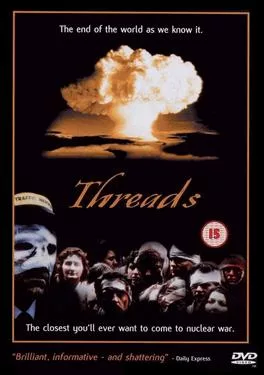
Threads, which tracks the aftermath of a nuclear attack on Sheffield, was first screened on the BBC on 23 September 1984 and fast became a cult classic.
Now filmmakers Craig Ian Mann and Rob Nevitt have spoken to more than 50 people involved in the making of the film for their documentary Survivors: The Spectre of Threads.
Mr Mann said: “[Threads] is a film that more than any I can think of everybody who worked on it it has impacted their lives in some way or another. Sometimes very positively and sometimes somewhat negatively.”
“There are people who have suffered the trauma of having been in and seen Threads,” he told BBC Radio Sheffield.
“There’s one participant in the documentary who has become a Doomsday prepper.
“He lives in America and has a bunker and canned food and weapons and he is prepared for the end of the world at any moment and that’s because he was in and saw Threads.”
Trump wants to stop nuclear proliferation. STRATCOM could play a major role.
Henry Sokolski, executive director of the Nonproliferation Policy Education Center, argues that the US needs to carry a new “big stick.”
By Henry Sokolski, Breaking Defense | August 29, 2025 breakingdefense.com

Last Monday, President Donald Trump pronounced, “We can’t let nuclear weapons proliferate.” Two days later, Secretary of State Rubio met with International Atomic Energy Agency (IAEA) Director General Rafael Mariano Grossi and recommitted the United States to preventing the proliferation of nuclear weapons.
After America’s bombing of Iran’s suspect nuclear sites, there’s cause to take these commitments seriously, but only if it’s more than a one off.
Emphasizing consistency is essential. Historically, America has backed nonproliferation in fits and starts. Under Presidents Gerald Ford and Jimmy Carter, the United States opposed the recycling of plutonium for commercial use because it was too close to bombmaking. It blocked reprocessing activities in South Korea, Taiwan, and Brazil.
Full Event Recording: Press Conference & Commemoration – Hiroshima Atomic Bombing 80th Anniversary Event (August 6, 2025)
DOE and LANL Silence Public and Tribal Community Member Voices While Pushing Radioactive Tritium Venting
For Immediate Release: August 22, 2025
Contact: Kalyn Mae Finnell, Coordinator, Communities for Clean Water
Los Alamos, NM — This week’s so-called “public meeting” regarding Los Alamos National Laboratory’s (LANL) proposal to vent radioactive tritium emphasized the persistence of the Department of Energy (DOE) National Nuclear Security Administration (NNSA) and LANL to disregard communities concerns while prioritizing nuclear weapons projects.
In-person attendees were allotted three minutes to make statements about their concerns. Over 100 online participants—including many Pueblo community members who could not attend the meeting in Los Alamos in-person due to health, distance, or work commitments—were surprised to find that they were not permitted to provide verbal comments and restricted to submitting only one emailed question. DOE/NNSA and LANL gave no prior notice of this change. “This is not meaningful participation. It is exclusion,” said Marissa Naranjo with Honor Our Pueblo Existence.
The stakes are at an all time high. Tritium — produced in the development of nuclear weapons as triated water — is a radioactive isotope of hydrogen that travels quickly through air, water, soil, and food. When exposed to the human body, it can cause cancer, genetic damage, cross the placental barrier, and cause health impacts across generations. DOE/NNSA insists venting is the sole safe option moving forward—however, their own “independent” technical review revealed significant issues with this assertion. The review acknowledged significant deficiencies: the absence of real-time monitoring, a lack of container-specific risk analysis, and insufficient examination of safer alternatives such as filtration or storage until decay occurs. Community members are also asking: How can a review be independent when DOE managed the process, designated the reviewer, and defined the scope? This does not represent independence—it signifies a conflict of interest.
“This is the same broken pattern we’ve seen for decades,” said Joni Arends with Concerned Citizens for Nuclear Safety. “LANL creates the danger, then tells us radioactive releases are our only option. They force the public and Pueblo communities into what NMED itself has called ‘untenable situations.'”
Local community leaders also noted that DOE has consistently overlooked reports by Tewa Women United, Communities for Clean Water, and scientific experts regarding the risks associated with tritium. These technical reports documented exposure pathways unique to Pueblo communities, including impacts on women, children, and traditional farming lifeways. By sidelining this research, DOE has once again dismissed Indigenous voices and lived experiences—further diminishing trust and perpetuating environmental racism.
“If our gathering here today is to mean anything, it must mean that in fidelity to all those whose lives were destroyed or savagely damaged on August 6, 80 years ago, we refuse to live in such a world of nuclear proliferation and risk-taking. We will resist, we will organize, we will pray, we will not cease, until the world’s nuclear arsenals have been destroyed.”
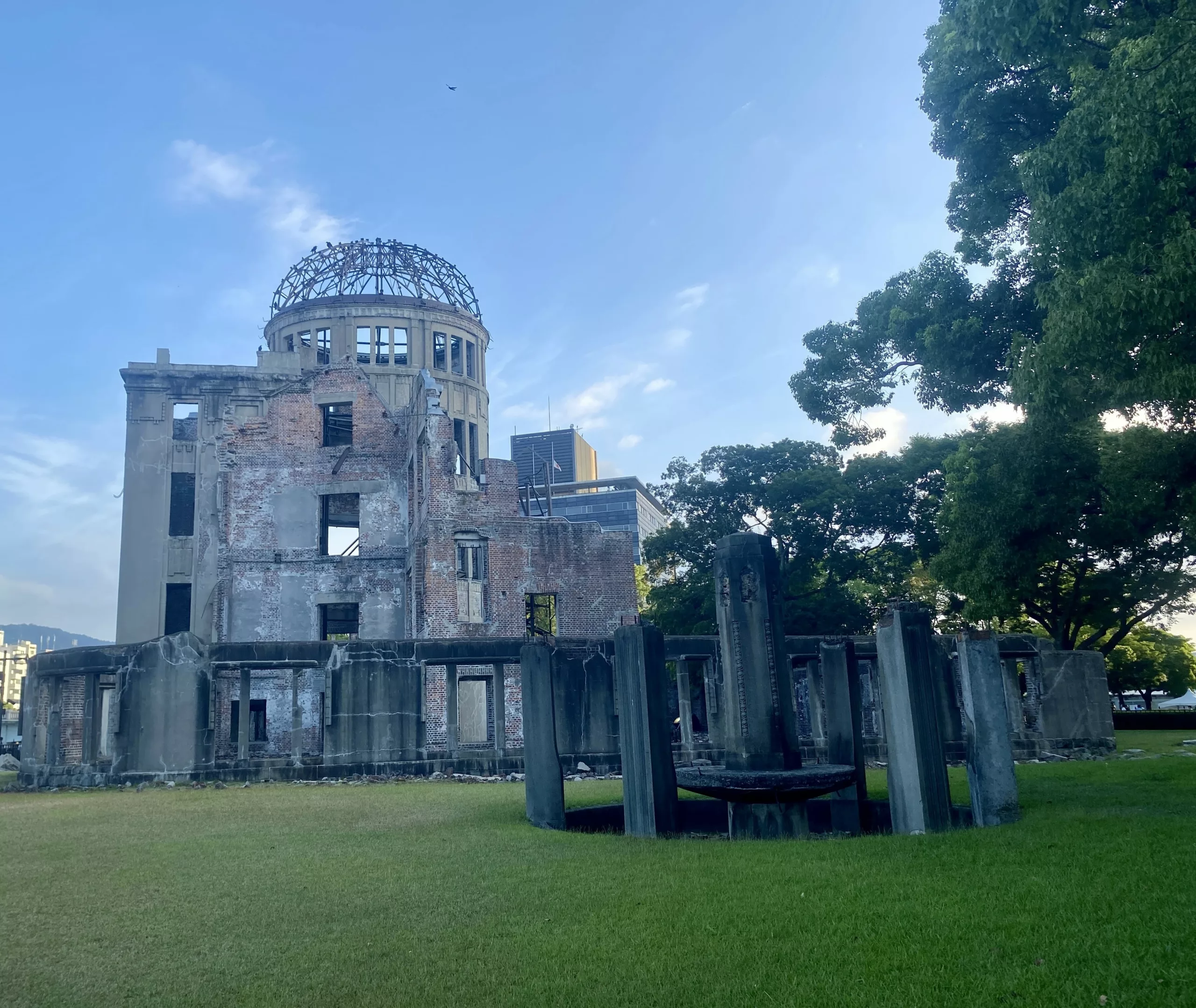 — Cardinal Bob McElroy of Washington, DC, August 5, 2025, at the World Peace Memorial Cathedral in Hiroshima, Japan.
— Cardinal Bob McElroy of Washington, DC, August 5, 2025, at the World Peace Memorial Cathedral in Hiroshima, Japan.
Nuclear Weapons Issues & The Accelerating Arms Race: August 2025
Nuclear Weapons Budget:
• NNSA’s detailed budget was finally released, the latest ever. $2.8 billion is for “plutonium modernization” (i.e., pit production) projects, of which $1.8 billion for LANL. The Lab’s nuclear weapons programs are having a full billion dollars added to them for FY 2026 (which begins this October 1) on top of the $4 billion they already have. The Lab’s $6 billion FY 2026 budget is now 84% nuclear weapons. Meanwhile cleanup and nonproliferation programs are being cut by 5% and renewable energy research completely eliminated.
• Over for the next four years the “reconciliation” bill adds another $750 million for plutonium modernization (mostly at SRS) and $1 billion “to accelerate the construction of National Nuclear Security Administration facilities.”Continue reading
August 6th U.S. Atomic Bombing of Hiroshima Commemoration in Santa Fe
Eighty Years Later, it is Beyond Time to Get Rid of Nuclear Weapons.
Last week on August 6, 2025, the 80th anniversary of the U.S. atomic bombing of Hiroshima, community members gathered at the Center for Progress and Justice on Cerrillos Road in Santa Fe to honor the solemn occasion and demand an end to the ongoing nuclear weapons harm and destruction that first began here in New Mexico.
The event was organized by Nuclear Watch New Mexico in collaboration with the Up in Arms campaign by Ben Cohen, co-founder of Ben & Jerry's, to reduce military and nuclear weapons spending, the International Campaign to Abolish Nuclear Weapons (winners of the 2017 Nobel Peace Prize), the Santa Fe Archdiocese, the Back from the Brink New Mexico Hub, and the Tularosa Basin Downwinders Consortium. It centered around a massive public art installation from Up in Arms of a towering cubic structure framed by messages on top of images of $100 bills. The structure is sized to literally hold $100 billion of those bills, respresenting what the U.S. spends every year on nuclear weapons (the total cost of nuclear weapons "modernization" is up to $2 trillion). Visible to thousands of drivers each day, the large installation pressures viewers to reckon with the scale of this cost and to imagine what else those resources could make possible. A prominent message on one of the four sides quotes the president in saying, "'We don't need to build brand new ones. We already have so many,' — Donald Trump" and below it, "His budget includes a down payment of $2 trillion of nuclear weapons." Another side reads, "The current U.S. nuclear arsenal is the equivalent of 50,00 Hiroshima explosions. One nuclear bomb killed over 100,000 people in Hiroshima."
The installation will remain on display for the foreseeable future, GO SEE IT NOW! 1420 Cerrillos Road, Santa Fe, NM 87505.
During the event, speakers Archbishop John C. Wester (by video from Japan), Tina Cordova of the Tularosa Basin Downwinders, Sophie Stroud from Nuclear Watch New Mexico, Anne Pierce-Jones from Back from the Brink, Ben Cohen representing Up in Arms, and Seth Shelden from ICAN all gave concrete steps and actions that concerned citizens can take to help promote a safer world. The speakers were presented by former Santa Fe County Commissioner Anna Hansen, who stated, “Disarmament is the only answer. I have spent my life working to end the nuclear cycle, as many have, and most of us in this room have never known a world without nuclear weapons.”
Speakers drew connections between the devastation in Hiroshima and the continued production of plutonium pits at LANL. At Los Alamos National Lab alone, five billion dollars will be poured into nuclear weapons programs in Fiscal Year 2026, starting this October. One billion dollars was added to last year’s budget, which includes a 42% increase for nuclear warheads. At the same time, nonproliferation programs are being cut, the science budget sliced in half, and funds for renewable energy zeroed out and gone completely. The push for "modernization" of the US’s nuclear arsenal is directly linked to plutonium pit production at Los Alamos, specifically expanding plutonium pit production. LANL will receive $1.7 billion in direct costs for pit production in 2026. Add in the indirect costs, and it’s roughly double that. All of this future pit production is exorbitantly expensive, yet the National Nuclear Security Administration still has no credible cost estimate for these plans.
WHAT YOU NEED TO KNOW: New plutonium pits are not needed to maintain the existing stockpile - it is all for future, new designs. And these new weapons cannot be tested because of the testing moratorium - or conversely could pressure the US to resume testing. In 2006, independent experts concluded that existing plutonium pits last at least a century. Their average age now is about 43 years. A new pit aging study is expected this year. Expansion plans should stop until then.
The U.S.’s $2 trillion “modernization” program is a plan to keep nuclear weapons forever. It is claimed to be essential for “deterrence.” But deterrence relies upon the flawed assumption that all actors will behave rationally, and that accidents or miscalculations will never occur. History says otherwise. Moreover, the U.S. and Russia have always rejected minimal deterrence in favor of nuclear warfighting capabilities that could end civilization overnight. That is why we have 1,000s of nuclear weapons and are funneling billions of dollars into mass death machines, even though everybody knows that a nuclear war must never be fought and can never be won.
See more on the myth of deterrance here:
Deterrence is the Threat: NukeWatch Presentation for Western New Mexico University – April 1, 2025
Media coverage of the event includes the Santa Fe New Mexican articles below:
New Mexico reckons with its role in Japan’s atomic devastation on 80th anniversary of Hiroshima
‘End the nuclear cycle’: Antinuclear New Mexicans speak out 80 years after Hiroshima bombing
View the full event recording - Click HERE or below:
Nobel Peace Conference: A Message to Humanity – Featuring a Video with Nuclear Watch New Mexico on Our Plutonium Pit Federal Lawsuit to Show What Citizen Action on the Legal Front Can Accomplish for Nuclear Disarmament
The video above shows the entire conference (but begins playing at our portion); to view our video alone on YouTube CLICK HERE or watch below!
Santa Fe New Mexican MY VIEW – 80 years on: The immorality of nuclear weapons
By John C. Wester, SANTA FE NEW MEXICAN | August 5, 2024 santafenewmexican.com
Greetings New Mexicans. The lord’s blessings upon you. I am writing to you from Hiroshima, Japan, on the 80th anniversary of its horrific atomic bombing. All wars are against Christ’s teachings. Two wrongs (including Japanese atrocities in World War II) never make a right.
I am here with Cardinal Blase Cupich of Chicago, Cardinal Robert McElroy of Washington, D.C., Archbishop Paul Etienne of Seattle and our brother Japanese bishops to commemorate the dead and to honor the living Hibakusha (the aging atomic survivors). We especially congratulate the Hibakusha organization, Nihon Hidankyo, for winning the 2024 Nobel Peace Prize.Continue reading
‘End the nuclear cycle’: Antinuclear New Mexicans speak out 80 years after Hiroshima bombing
Organized by Nuclear Watch New Mexico, the event featured speakers from the international campaign — which won the Nobel Peace Prize in 2017 — the Back from the Brink New Mexico Hub and the Tularosa Basin Downwinders Consortium, a group that advocates for “downwinders” in New Mexico who say they were sickened by fallout from the 1945 Trinity Test southeast of Socorro.
By Cormac Dodd cdodd@sfnewmexican.com, The Santa Fe New Mexican | August 6, 2025 santafenewmexican.com
The face of Archbishop John C. Wester played over the screen as the Catholic leader, on the same day surreal moments of horror unfolded during the bombing of Hiroshima 80 years ago, pleaded for nuclear disarmament.
“Do we pull back from the brink and choose life, or do we continue to play with fire, hoping our luck will hold out?” the leader of the Archdiocese of Santa Fe said in a video, recently recorded before he traveled to Japan with a delegation of U.S. bishops.
Wester has made antinuclear advocacy a central part of his tenure since he was appointed to the post in 2015. A group of about 50 people entered the Center for Progress and Justice on Cerrillos Road on Wednesday evening to commemorate the nuclear bombing of Hiroshima and Nagasaki toward the end of World War II.
Nuclear News Archive – 2022
RCLC Does Not Represent The Taos Constituency
La Jicarita
BY KAY MATTHEWS | losalamosreporter.com
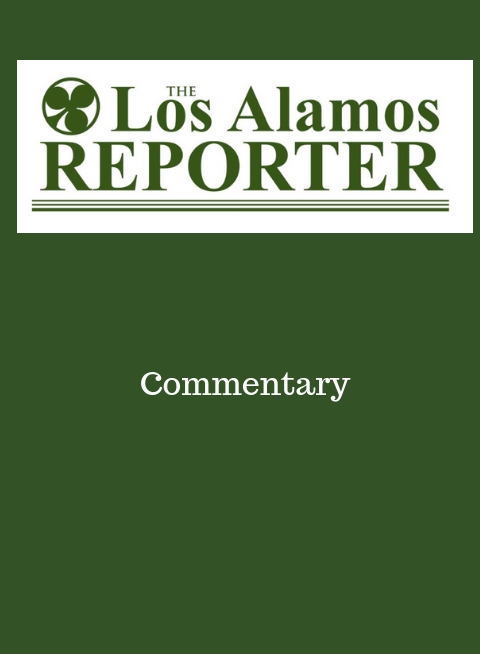
The Regional Coalition of LANL Communities has ties to some of the same people and businesses as that of the Rocky Flats Coalition, and this connection may well influence on-going cleanup at Los Alamos National Laboratory and the transfer of contaminated lands from Department of Energy responsibility, some of which has already occurred.
David Abelson of Crescent Strategies, brought in to facilitate the LANL Coalition back in 2011, was the executive director of the Rocky Flats Coalition of Local Governments, and several Washington-based D.C. businesses that advised the Rocky Flats Coalition are working with the LANL Coalition. They all assisted in the effort to convert Rocky Flats to a wildlife refuge, an outcome which required much lower standards for clean-up than, for example, human residency. This created a credibility gap that the mission of the RCLC is to lobby for cleanup of LANL.
Nuclear weapons are spreading. This plutonium scientist is trying to stop that
Siegfried Hecker serves as a scientific shuttle diplomat, building ties with rival nuclear researchers the world over.
BY STEPHEN SHANKLAND | cnet.com
CC: STEPHEN SHANKLAND/CNETWhen you think of efforts to pare down the world’s nuclear weapons stockpiles, maybe you imagine heads of state and uniformed generals sternly staring down their military rivals across a huge table.
Reality, though, looks very different.
Picture instead a white-haired, US weapons scientist sidestepping the summit meetings and heading directly to research labs in Russia, China, Pakistan and even North Korea to chat about physics and build the direct ties that may be more effective at establishing trust than edicts from the top brass.
Native American tribe claims nuclear waste can’t be stored on its land
To the Western Shoshone, most of Nevada isn’t Nevada. At least not in the current sense.
BY JOHN SADLER | lasvegassun.com
More than 150 years after the first treaty between the Western Shoshone and the federal government was signed, the two nations disagree on the outcome—the Shoshone say they never turned over their land.
The majority of the land in Nevada falls under the Shoshone’s historical claim. It includes the Nevada National Security Site (formerly Nevada Test Site), which has released hundreds of tons of fallout in its operational history. It also includes Yucca Mountain, which has been the center of a decades-long argument centered on the long-term storage of the nation’s nuclear waste.
The plan to turn the mountain into a nuclear waste facility drums up memories of past nuclear use of the land, and some members of the tribe are pushing back.
August 13 Robert Malley, President and CEO of the International Crisis Group, sits down with Joe Cirincione to discuss the current situation in Iran, which he sees as a 21st century ‘Guns of August.’
Robert served in the Obama administration as Special Assistant to the President, Senior Adviser to the President for the Counter-ISIL Campaign, and White House Coordinator for the Middle East, North Africa and the Gulf region. Michelle Dover hosts Early Warning with Ploughshares Fund Deputy Director of Policy Mary Kaszynski and Jessica Sleight, Program Director at Global Zero.
Listen, Subscribe and Share on iTunes · Spotify · SoundCloud · YouTube · Google Play · Sticher
Also available on ploughshares.org/pressthebutton
Church Rock, America’s Forgotten Nuclear Disaster, Is Still Poisoning Navajo Lands 40 Years Later
Residents say they’ve been ignored even as they struggle with contaminated water and worry about having children.
BY SAMUEL GILBERT & RAMSAY DE GIVE | cnn.com
A BARBED-WIRE FENCE IN CHURCH ROCK, NEW MEXICO.
Early in the summer of 1979, Larry King, an underground surveyor at the United Nuclear Corporation’s Church Rock Uranium mine in New Mexico, began noticing something unusual when looking at the south side of the tailings dam. That massive earthen wall was responsible for holding back thousands of tons of toxic water and waste produced by the mine and the nearby mill that extracted uranium from raw ore. And as King saw, there were “fist-sized cracks” developing in that wall. He measured them, reported them to his supervisors, and didn’t think anything more of it.
A few weeks later, at 5:30 a.m. on July 16, 1979, the dam failed, releasing 1,100 tons of uranium waste and 94 million gallons of radioactive water into the Rio Puerco and through Navajo lands, a toxic flood that had devastating consequences on the surrounding area.
“The water, filled with acids from the milling process, twisted a metal culvert in the Puerco,” according to Judy Pasternak’s book Yellow Dirt: A Poisoned Land and the Betrayal of the Navajos. “
Sheep keeled over and died, and crops curdled along the banks. The surge of radiation was detected as far away as Sanders, Arizona, fifty miles downstream.” According to a Nuclear Regulatory Commission report, radioactivity levels in the Puerco near the breached dam were 7,000 times that of what is allowed in drinking water.
See NukeWatch’s 22-page formal comments on expanded plutonium pit production
“Until NNSA fully complies with the National Environmental Policy Act through the preparation of a programmatic environmental impact statement on expanded plutonium pit production, Nuclear Watch believes that any irreversible or irretrievable commitment of resources to either the expansion of pit production at the Los Alamos Lab or to the repurposing of the MOX Facility at the Savannah River Site is unlawful.“
NRDC Comments on NNSA’s Draft SA of 2008 CT PEIS
These comments by the Natural Resources Defense Council (NRDC) reiterate two fundamental points I have already made with co-counsel William N. Lawton of Meyer Glitzenstein & Eubanks, LLP in our May 17, 2019 letter to Department of Energy (DOE) Secretary James Richard Perry and National Nuclear Security Administration (NNSA) Administrator Lisa Gorden-Hagerty
1) Given NNSA’s May 10, 2018 decision to expand plutonium pit production, the National Environmental Policy Act (NEPA) clearly requires the agency to prepare a new programmatic environmental impact statement (PEIS) to supplement the 2008 Complex Transformation PEIS; and
2) Even if NNSA does not agree with the above, there is a 1998 court order that requires DOE to prepare a supplemental PEIS in the event NNSA’s proposed plans for future plutonium pit production extend beyond fabrication at LANL of 50 pits per year under “routine conditions,” or 80 pits per year under “multiple shift operations.”
The Ongoing Call for Nuclear Abolition at Los Alamos
The sick people who prevent gun control and support AK47s are the same people who support the building and maintenance of nuclear weapons, which put millions of people at risk from some unimaginable massacre to come.
AUGUST 9, 2019 | BY REV. JOHN DEAR | commondreams.org
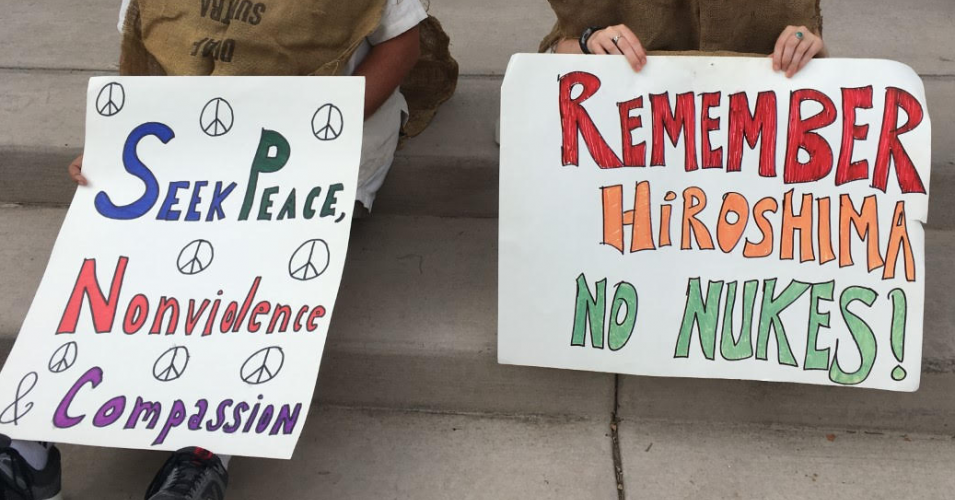
REFLECTING ON THE 74th ANNIVERSARY OF HIROSHIMA
This week, we drove back up the remote New Mexico mountains to the “atomic city” for our annual peace vigil, sit in and rally. This was our 16th year in a row.
Jay Coghlan of NukeWatch New Mexico talked about the seriousness and stupidity of the Trump Administration’s decision last week to pull out of the Arms Control Treaty, a decision that has gotten lost in all the other bad news (see: www.nukewatch.org). Joni Arends of Concerned Citizens for Nuclear Safety New Mexico spoke of the latest shenanigans by the Labs, to bypass the legal oversight of its water purification system so that plutonium contaminated water can continue to poison the land (see: www.nuclearactive.org). Alicia from NukeWatch explained the latest progress with the U.N. treaty to outlaw nuclear weapons, organized by the 2017 Nobel Peace Prize winning group, the International Campaign to Abolish Nuclear Weapons (see: www.icanw.org).
VIEW MORE PHOTOS FROM THE EVENT
Radioactive pollution leaked through floor of South Carolina nuclear fuel plant

(Photo: Courtesy of High Flyer/The State)
BY SAMMY FRETWELL | greenvilleonline.com
Radioactive uranium has leaked through the floor at Westinghouse’s Bluff Road fuel factory, contaminating the soil in an area of Richland County with a nearly 35-year history of groundwater pollution from the plant.
The U.S. Nuclear Regulatory Commission says the uranium, a toxic substance used to make nuclear fuel rods, seeped through a 3-inch hole in a concrete floor in part of the factory where an acid is used. The hole extends 6 feet into the ground, according to the NRC. The NRC learned of the leak July 12.
Are We Headed for Another Expensive Nuclear Arms Race? Could Be.
BY STEVEN ERLANGER | nytimes.com
BRUSSELS — After the recent death of the treaty covering intermediate-range missiles, a new arms race appears to be taking shape, drawing in more players, more money and more weapons at a time of increased global instability and anxiety about nuclear proliferation.
The arms control architecture of the Cold War, involving tens of thousands of nuclear weapons, was laboriously designed over years of hard-fought negotiations between two superpowers — the United States and the Soviet Union. The elaborate treaties helped keep the world from nuclear annihilation.
Pakistan downgrades diplomatic ties, suspends trade with India over Kashmir
Kashmir in lockdown as India plans to change state’s status
BY JESSIE YEUNG & SOPHIA SAIFI | cnn.com
Islamabad, Pakistan (CNN) Pakistan has announced it will downgrade diplomatic relations and suspend bilateral trade with India after New Delhi stripped the disputed state of Jammu and Kashmir of its special status. India’s High Commissioner will also be removed from the country, Pakistan’s Ministry of Foreign Affairs said in a statement Wednesday. It added that Islamabad will not send its own ambassador to New Delhi.
The series of announcements came after a National Security Committee meeting on Wednesday, where the office of Pakistan’s Prime Minister Imran Khan said that Islamabad would also review bilateral agreements with India and take the issue up with the United Nations and the UN Security Council.
TPNW is now officially halfway towards entry into force!
On August 6th, 1945 at 8:16 am, a nuclear bomb was dropped on the city of Hiroshima, killing over 140,000 people and wiping out most of the city. 74 years later, the bomb’s catastrophic consequences are still affecting people’s lives.
Bolivia’s ratification on Hiroshima Day brings ICAN’s Nuclear Ban Treaty halfway to entry into force.Today, tens of thousands of people have gathered in Hiroshima, and around the world, to commemorate the victims and echo the call of the Hibakusha – the survivors of the bombings of Hiroshima and Nagasaki – that such a thing must never happen again. And at the UN in New York, one such commemoration took a very special form today: Bolivia has just marked Hiroshima Day by depositing its ratification instrument for the UN Treaty on the Prohibition of Nuclear Weapons (TPNW). With this ratification, TPNW is now officially halfway towards entry into force!
Read more about this special moment
The Human Cost of the Hiroshima Bombing
PODCAST: Listen to the story of Kathleen Burkinshaw, the daughter of a survivor of the Hiroshima bombing. Kathleen reminds us that she and her mother are among the tens of thousands of people who view nuclear weapons in terms of the friends and family members they lost.
? New Podcast Alert ?: in memory of the 74th anniversary of the bombing of Hiroshima, Nukes of Hazard podcast host @NuclearWilson sat down with @klburkinshaw1, daughter of a #Hiroshima survivor, to discuss the human cost of the bombing. Listen here: https://t.co/iNs05KkbXc pic.twitter.com/YHm6py7Fnr
— Nukes of Hazard (@nukes_of_hazard) August 6, 2019
“For this week’s Press the Button, we mark the 74th anniversary of the Hiroshima bombing with a special edition episode.”
Listen and subscribe to Press the Button, a weekly podcast from Ploughshares Fund dedicated to nuclear policy and national security.
August 6th — Two interrelated issues are discussed: Should US policy today still reserve the right to use nuclear weapons first, and what happened when we did go first nearly three quarters of a century ago?
“To help answer these questions, we bring you the very best from a multitude of our earlier interviews. You’ll hear from nuclear historian Alex Wellerstein, former Obama deputy national security advisor Ben Rhodes, former RAND analyst and releaser of the Pentagon Papers Daniel Ellsberg, founding director of the Consortium on Gender, Security and Human Rights Carol Cohn, and Beatrice Fihn, executive director of the Nobel Peace Prize-winning International Campaign to Abolish Nuclear Weapons (ICAN).
Also featuring special guest Kingston Reif from the Arms Control Association, to discuss recent nuclear news on the Early Warning segment. Kingston talks about the INF Treaty withdrawal, no-first-use, and the latest from Iran..
Listen, Subscribe and Share on iTunes · Spotify · SoundCloud · Google Play
Also available on ploughshares.org/pressthebutton
The Democratic Debates Need More Questions About Nuclear War
There is a remarkable incongruity between the existential danger of nuclear war and the absence of public discussion about preventing it. This disconnect is all too apparent today, as arms control and disarmament treaties are scrapped, nations embark on vast nuclear weapons buildups, and governments threaten nuclear war against one another.
Democratic presidential candidate Sen. Cory Booker speaks while Sen. Michael Bennet, Sen. Kirsten Gillibrand, former housing secretary Julian Castro, former Vice President Joe Biden, Sen. Kamala Harris, former tech executive Andrew Yang, Rep. Tulsi Gabbard, Washington Gov. Jay Inslee, and New York City Mayor Bill De Blasio listen during Democratic Presidential Debate at the Fox Theatre July 31, 2019, in Detroit, Michigan.SCOTT OLSON / GETTY IMAGES
BY LAWRENCE WITTNER |truthout.org
Meanwhile, the mass media routinely avoids these issues but, instead, focuses on movie stars, athletes, and President Donald Trump’s latest tweeted insults.
Do I exaggerate? Consider the following.
In May 2018, the Trump administration unilaterally withdrew from the laboriously constructed Iran nuclear agreement that had closed off the possibility of that nation developing nuclear weapons. The U.S. pullout was followed by the imposition of heavy U.S. economic sanctions on Iran, as well as by thinly veiled threats by Trump to use nuclear weapons to destroy that country. Irate at these moves, the Iranian government recently retaliated by exceeding the limits set by the shattered agreement on its uranium stockpile and uranium enrichment.
NNSA Weighing Whether Nuke Parts Delays Could Prevent Timely Deployment
EXCHANGE MONITOR | exchangemonitor.com
The National Nuclear Security Administration (NNSA) is still determining if problems with non-nuclear components will prevent the B61-12 gravity bomb and W88 Alt 370 submarine-launched ballistic missile warhead from entering service with the Air Force and Navy.
Arms Control Association – Statement on U.S. Withdrawal from the INF Treaty
“The loss of the landmark INF Treaty, which helped end the Cold War nuclear arms race, is a blow to international peace and security.”
Statement from Daryl G. Kimball, executive director | armscontrol.org | Media Contacts: Daryl G. Kimball, executive director, 202-463-8270 ext. 107; Kingston Reif, director for disarmament policy, 202-463-8270 ext. 104
“Russian noncompliance with the INF Treaty is unacceptable and merits a strong response. But President Trump’s decision to terminate the treaty will not eliminate Russia’s noncompliant 9M729 missiles — and is a mistake.
“Worst of all, blowing up the INF Treaty with no substitute arms control plan in place could open the door to a dangerous new era of unconstrained military competition with Russia.
Communities in the American Southwest Were Exposed to Nuclear Fallout. Can They Get Compensated?
Radiation epidemiology is a science of uncertainty.
BY: ARIA ALAMALHODAEI | motherjones.com
The atomic bomb was born in the desert. In the early hours of July 16, 1945, after a spate of bad weather, a 20-kiloton plutonium-based nuke referred to as “the gadget” detonated near Alamogordo, New Mexico. Firsthand testimonies of the test, codenamed Trinity, converge on the uncanny axis of awe and dread.
The Manhattan Project’s Chief of Field Operations, General Thomas Farrell, wrote that “the strong, sustained, awesome roar…warned of doomsday and made us feel that we puny things were blasphemous.”
The bomb produced a massive cloud column that drifted in several directions, dusting large swaths of the surrounding region with radioactive snow—fallout that settled on buildings, plants, and animals, and that continued to permeate the air as invisible particulate in the weeks and months that followed. Five years later, the Nevada Test Site was established to continue the work that Trinity set alight.
Although the mushroom cloud became the icon of American nuclear activity in the 20th century, the harms of these bombs did not fade with their dimming fireballs. No group in the US understands this better than the downwinders, communities throughout the American Southwest and beyond who were exposed to the fallout of the military’s domestic nuclear test program.
The INF Treaty Officially Died Today
Six months after both the United States and Russia announced suspensions of their respective obligations under the Intermediate-Range Nuclear Forces Treaty (INF), the treaty officially died today.
Federation of American Scientists | Posted on Aug.02, 2019 in Arms Control, Nuclear Weapons, Russia, United States by Hans M. Kristensen & Matt Korda
The Federation of American Scientists strongly condemns the irresponsible acts by the Russian and US administrations that have resulted in the demise of this historic and important agreement.
In a they-did-it statement on the State Department’s web site, Secretary of State Michael Pompeo repeated the accusation that Russia has violated the treaty by testing and deploying a ground-launched cruise missile with a range prohibited by the treaty.
“The United States will not remain party [sic] to a treaty that is deliberately violated by Russia,” he said.
By withdrawing from the INF, the Trump administration has surrendered legal and political pressure on Russia to return to compliance. Instead of diplomacy, the administration appears intent on ramping up military pressure by developing its own INF missiles.

Today, 2 August 2019, the governments of the US and Russia have missed a troubling deadline: the end of the six-month notice period that began when both countries announced their withdrawal from the INF Treaty earlier this year. During this period, the decision could still be reversed if both parties went back to the negotiating table. Now that the deadline has passed, and both states can produce even more nuclear weapons, this time enabled to hit targets in the range of 500 and 5,500 kilometres. These weapons, optimised to destroy cities and wipe out civilian populations, put the whole world – and Europe in particular – at risk.
A nuclear treaty is about to vanish. Its demise should teach a lesson.
On Friday, a pillar of global security will expire.
BY EDITORIAL BOARD | washingtonpost.com
Perhaps no one will notice when the Intermediate-range Nuclear Forces Treaty of 1987 slips into oblivion; the threat of nuclear attack in just minutes that seemed so unnerving during the late 20th century has now faded into a distant memory, lost to complacency at the Cold War’s end. But the demise of the INF Treaty should teach a lesson.
Arms control, creating verifiable treaties to limit and reduce nuclear, chemical and biological weapons, had its mystique: obtuse concepts, exotic hardware and mind-bending negotiations. But at its core, arms control was about political willpower. In the case of the INF Treaty, President Ronald Reagan and Soviet leader Mikhail Gorbachev summoned enough of it to eliminate an entire class of deployed weapons, the ground-based missiles with a range of between 300 and 3,400 miles, and their launchers. The treaty made the world safer not only by removing a nuclear threat to Europe but also by introducing novel measures such as intrusive verification and on-site inspections.
If New START Dies, These Questions Will Need Answers
There’s little public indication that the Trump administration is thinking about several things that will happen if the last strategic arms agreement is allowed to expire.
BY VINCENT MANZO & MADISON ESTES | defenseone.com
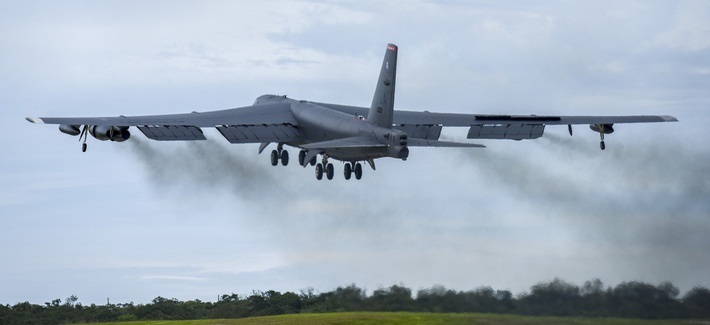
A U.S. Air Force B-52H Stratofortress bomber takes off from Andersen Air Force Base, Guam, for a routine training mission in the vicinity of the South China Sea and Indian Ocean, Sept 23, 2018.
The Trump administration has articulated an ambitious new vision for nuclear arms control, one that includes China and seeks to limit more types of Russian systems. This vision appears to have little room for the New START agreement, which helped to cap U.S. and Russian nuclear arsenals and which is due to expire in 2021. And yet there is little in the public record to indicate how the administration would deal with various problems that would surface if New START is left to die.
Did Trump Just Threaten to Attack Iran With Nukes?
He said he could destroy Afghanistan but was signaling elsewhere. The scary part is there’s already a plan.
(By KREML/Shutterstock)BY SCOTT RITTER | theamericanconservative.com July 25, 2019
On Monday during a press conference between Donald Trump and Pakistani Prime Minister Imran Khan, Trump spoke rather casually of having reviewed plans to annihilate Afghanistan.
“I could win that war in a week. I just don’t want to kill 10 million people,” Trump said. “I have plans on Afghanistan that if I wanted to win that war, Afghanistan would be wiped off the face of the earth, it would be gone. It would be over in, literally, in 10 days. And I don’t want to go that route.”
Trump’s seemingly blasé reference to a hypothetical mass murder on a scope and scale never seen in the history of mankind (it took Nazi Germany more than four years to kill six million Jews) was stunning. We know, given the state of play in Afghanistan, that it will never happen. But it wasn’t offhand. Such a policy of total destruction could also be seen as applying to Iran, and the potential for the use of nuclear weapons in the event of a U.S.-Iranian conflict is far from hypothetical. He knew exactly what he was doing.
Continue reading
As we mark the seventy-fourth anniversary of the Hiroshima and Nagasaki bombings in a handful of days, we will rightly remember the horrors of nuclear war.
BY ZACK BROWN & ALEX SPIRE
For a brief fraction of a second on an early March morning in 1954, the United States summoned a second sun into existence above Bikini Atoll.
As the four-mile wide fireball bathed the Pacific seascape in its angry, white-red light, onlookers recognized something nearly divine—and unquestionably ominous. “It was a religious experience, a personal view of the apocalypse or transfiguration,” said one observer. Another remembered feeling “like you stepped into a blast furnace,” even though he was over thirty miles away.
This was the Castle Bravo thermonuclear test, one of several dozen nuclear detonations the United States carried out in the Marshall Islands during the Cold War. At 15 million tons of TNT—one thousand times more powerful than the bomb that destroyed Hiroshima—it was the largest explosion ever set off by Americans.
Yukiya Amano, Head of the I.A.E.A. Nuclear Watchdog Group, Dies at 72
BY MEGAN SPECIA & DAVID E. SANGER | nytimes.com July 22, 2019
Yukiya Amano, a Japanese diplomat who played a central role in inspecting Iran’s compliance with the landmark 2015 nuclear deal as the head of the International Atomic Energy Agency in Vienna, has died, the organization announced on Monday. He was 72.
The agency, part of the United Nations, did not cite a cause of death or say when and where he died, but word had begun to spread last week that Mr. Amano had planned to step down from his position as director-general after nearly a decade because of an unspecified illness. He was two years into a third term as the agency’s leader.
His death left the agency leaderless at a critical moment: just as Iran is edging away from the nuclear agreement and beginning carefully calibrated violations of the limits on how much nuclear material it can produce, and at what level of purity.
Inside the Secret Campaign to Export U.S. Nuclear Tech to Saudi Arabia
Industry coalition’s push to win over the Trump administration is concerning officials on Capitol Hill who are fearful that it could threaten U.S. national security.
ERIN BANCO | thedailybeast.com
When President Donald Trump took the stage in the East Room of the White House earlier this month to give his first speech on the environment, nuclear energy executives and industry leaders held their breath. They exchanged text messages with fellow colleagues during the speech’s broadcast, wondering aloud to one another if Trump had taken the bait.
Since the fall of 2016, the executives have built an underground coalition along with academics, technology experts and well-connected politicos, including some lobbyists, to get the president and his administration to support—even promote—an American nuclear energy comeback. The industry has declined in recent years due mostly to the closing of critical nuclear infrastructure and plants. Between 2010 and 2018, only one new nuclear power plant came online in the United States.
Thank you to those who submitted comments in the NNSA’s EIS “scoping” for the proposed Plutonium Bomb Plant (PBP) at the Savannah River Site. The PBP remains unauthorized and unfunded.
“Despite requests by many, NNSA denied extending the comment period. Though the comment period ended on July 25, there is still time to submit late comments. (See Federal Register notice of June 10.)
Special thanks are due to the experts at Nuclear Watch New Mexico, Tri-Valley CAREs and the Oak Ridge Environmental Peace Alliance (OREPA) for submitting extensive comments pertaining to the question of “need” for new pits for new nuclear weapons.
It is of note that we enlisted groups that don’t traditionally work on nuclear weapons or DOE issues to engage the scoping process, including the South Carolina Chapter of the Sierra Club, Conservation Voters of South Carolina and the League of Women Voters of South Carolina. Plus, there were a flurry of individual comments in the last few days.
Comments included the lack of need for new pits for the W87-1-style warhead, the issue of pit reuse and the need for a “nuclear non-proliferation risk assessment” on the production of new pits for new nuclear weapons.
Sheep Fire Burns on Idaho National Laboratory Land

Listen and subscribe to Press the Button, a weekly podcast from Ploughshares Fund dedicated to nuclear policy and national security.
July 22 — This episode features Alex Wellerstein, historian of science at the Stevens Institute of Technology and creator of NUKEMAP – a website that allows you to simulate the effects of a nuclear weapons anywhere in the world. He talks in depth about the decision to drop the Bomb on Hiroshima and Nagasaki, on the effectiveness of nuclear deterrence, on the debate about the Bomb’s use after Trinity and much more.
Also featuring a guest appearance by WAND’s Caroline Dorminey.
Listen, Subscribe and Share on iTunes · Spotify · SoundCloud · Google Play
Also available on ploughshares.org/pressthebutton
In Budget Deal, White House And Congress Overpay For The Pentagon
The newly proposed two-year budget deal between the White House and Congress has one major flaw. It vastly overpays for the Pentagon.
At $738 billion for Fiscal Year 2020 and $740 billion for Fiscal Year 2021, the agreement sets the table for two of the highest budgets for the Pentagon and related work on nuclear warheads at the Department of Energy since World War II. The proposed figures are higher than spending at the height of the Vietnam and Korean Wars, and substantially more than the high point of the Reagan buildup of the 1980s. And the Fiscal Year 2020 and Fiscal Year 2021 numbers are only slightly less than spending in 2010, when the United States had 180,000 troops in Iraq and Afghanistan, roughly nine times the number currently deployed.
A Path Toward Renewing Arms Control
LAWRENCE J. KORB | thebulletin.org
At the late June G-20 meeting in Osaka, Japan, US President Trump and Russian President Putin met to discuss a number of issues, including Iran, Syria, Venezuela, Ukraine, and arms control. While all of these are important, none is more urgent at the current time than arms control because we are on the brink of a new arms race that could be an existential threat not only to these two nuclear super powers but to humanity.
Fewer Inspections for Aging Nuclear Plants, Regulators Propose
BY CORAL DAVENPORT | nytimes.com
WASHINGTON — A new report by staff members of the Nuclear Regulatory Commission, which oversees the safety of the nation’s 59 aging nuclear power plants, recommends that the commissioners significantly weaken or reduce safety inspections of the plants.
Edwin Lyman, the acting director of nuclear safety programs for the Union of Concerned Scientists, was highly critical of the proposal. “That’s bad because it could impair the ability of the N.R.C. to see larger patterns of violations at a plant,” he said, and called the proposal “a PR stunt. They’re doing it to make these things sound better.”
The report, published Tuesday, comes after a yearlong consultation and public meeting process, including views from the Nuclear Energy Institute, which lobbies on behalf of the nuclear power plant industry and has long sought weaker safety rules. It also comes amid a broader push by the Trump administration for reduced regulations on industry.
When Radioactive Wastes Aren’t Radioactive Wastes
With Congress Limiting What Can Be Dumped at Nuke Sites, the Energy Department May Just Redefine What It’s Dumping
JILLIAN S. AMBROZ. | dcreport.org
The U.S. Department of Energy wants to redefine what constitutes high-level radioactive waste, cutting corners on the disposal of some of the most dangerous and long-lasting waste byproduct on earth—reprocessed spent fuel from the nuclear defense program.
The agency announced in October 2018 plans for its reinterpretation of high-level radioactive waste (HLW), as defined in the Nuclear Waste Policy Act (NWPA) of 1982, with plans to classify waste by its hazard level and not its origin. By using the idea of a reinterpretation of a definition, the DOE may be able to circumvent Congressional oversight. And in its regulatory filing, the DOE, citing the NWPA and Atomic Energy Act of 1954, said it has the authority to “interpret” what materials are classified as high-level waste based on their radiological characteristics. That is not quite true, as Congress specifically defined high-level radioactive waste in the Nuclear Waste Policy Act, and any reinterpretation of that definition should trigger a Congressional response.
Lawmaker: Expand compensation from nuclear weapons testing
Original Article: apnews.com | BY SUSAN MONTOYA BRYAN
ALBUQUERQUE, N.M. (AP) — A compensation program for those exposed to radiation from years of nuclear weapons testing and uranium mining would be expanded under legislation that seeks to address fallout across the western United States, Guam and the Northern Mariana Islands.
U.S. Rep. Ben Ray Lujan rolled out the measure Tuesday on the 74th anniversary of the Trinity Test.
As part of the top-secret Manhattan Project, government scientists and the U.S. military dropped the first atomic bomb in the New Mexico desert in 1945. Nearly 200 atmospheric tests followed. Uranium mining persisted even after the tests ceased.
The Pentagon has more money than it can spend. Both Democrats and the GOP are to blame.
“To save taxpayer money and increase U.S. national security, the first step must be to reconceptualize U.S. strategy. That means abandoning the military-first approach that has governed U.S. security policy during this century.”
ARTICLE BY BEN FREEMAN & WILLIAM D. HARTUNG | newsweek.com
The bid from the Republican controlled Senate is $750 billion. The just passed bid from the Democratic controlled House is $733 billion. Both have radically overbid on the price of the Pentagon.
The real cost of the prize that is America’s security is significantly lower than what either party is currently bidding. As the Sustainable Defense Task Force—a group of ex-military officers, former White House and Congressional budget experts, and non-governmental analysts convened by the Center for International Policy which we co-chair—has found, America can be made more secure through less, not more, Pentagon spending. This is possible by rethinking U.S. defense strategy, taking a sober and fact-based assessment of the enormous amount of money already flowing to the Pentagon, and rigorously cutting waste and inefficiencies from the Pentagon bureaucracy.
Nuclear News Archives – 2021
Nothing Found
It seems we can’t find what you’re looking for. Perhaps searching can help.

